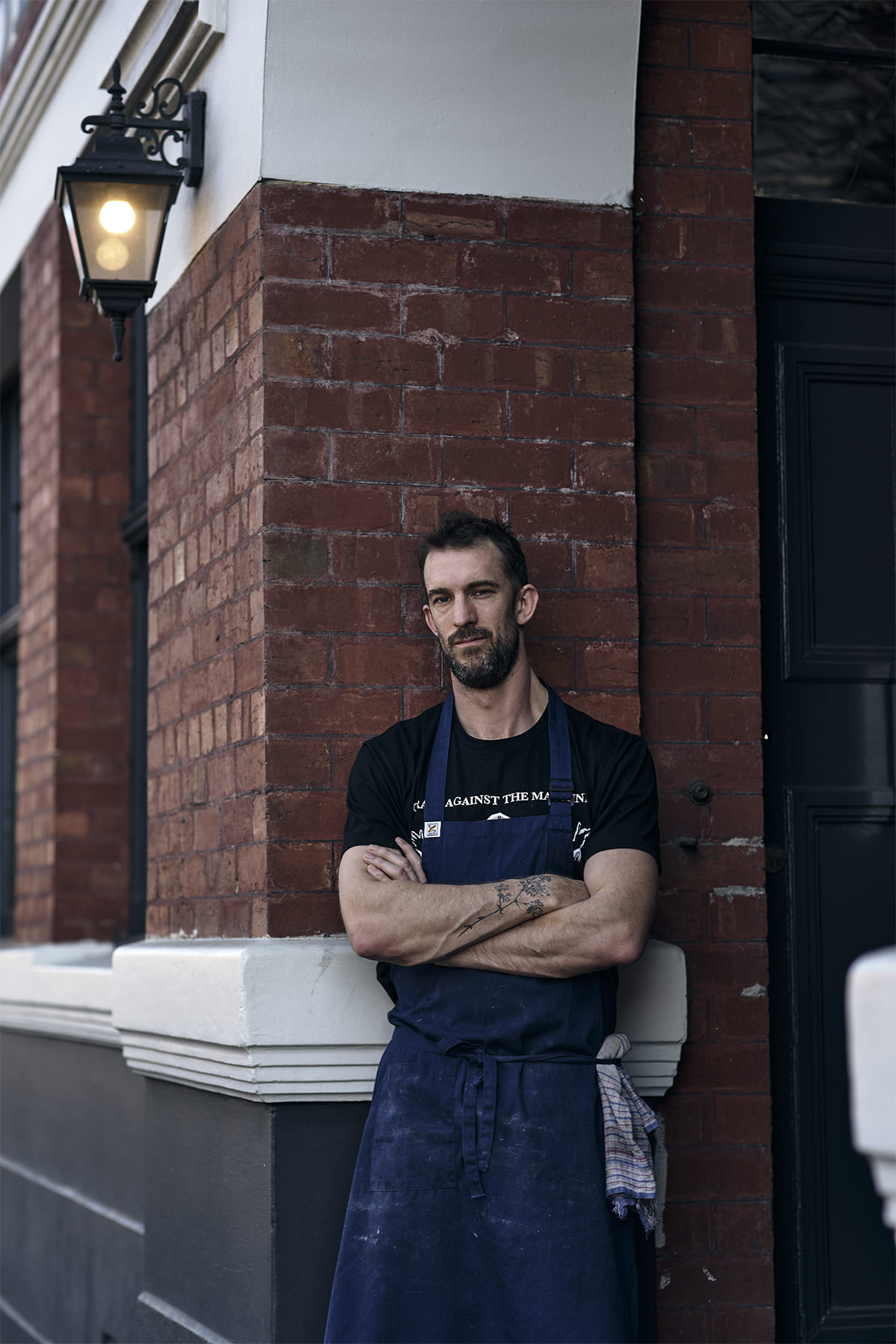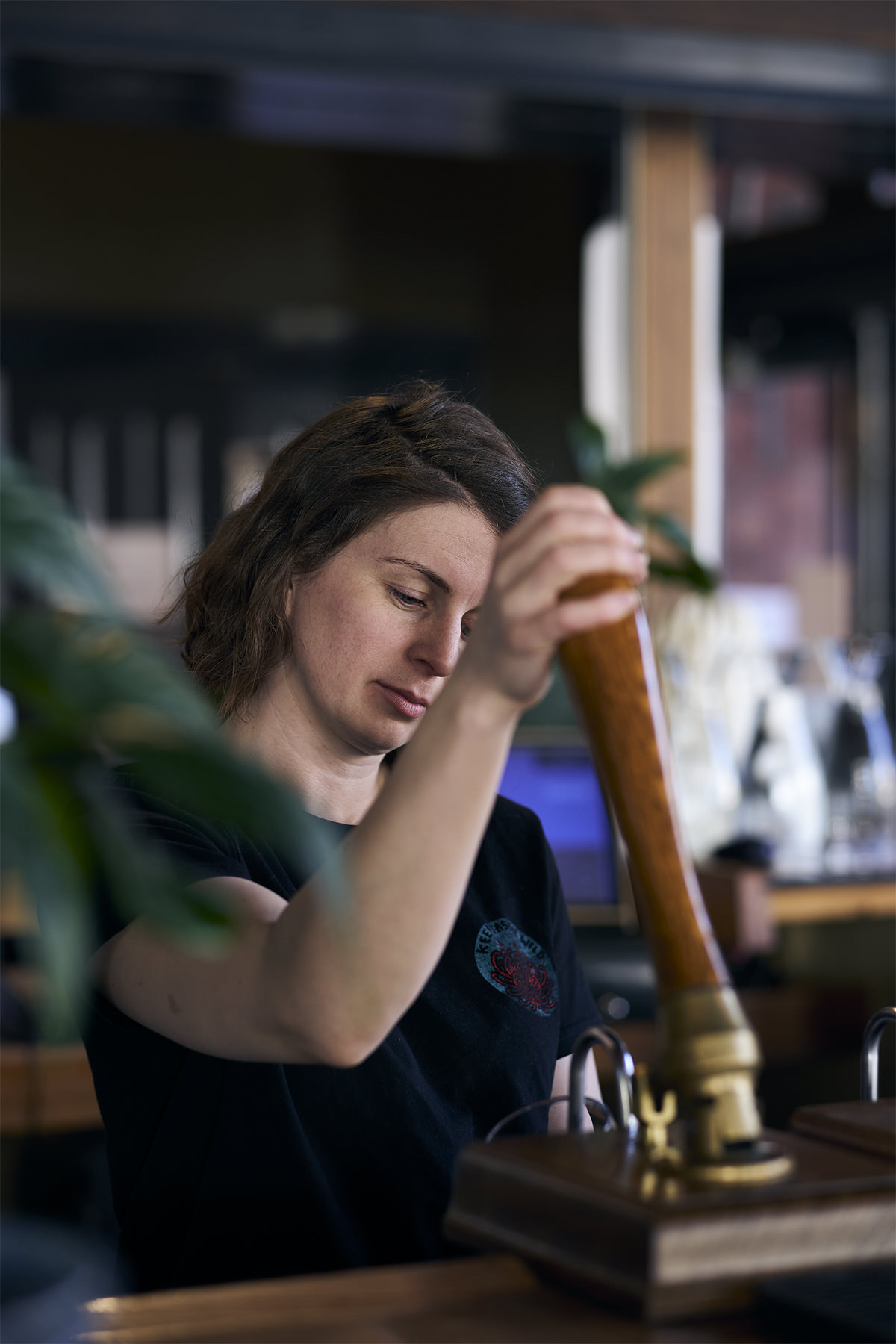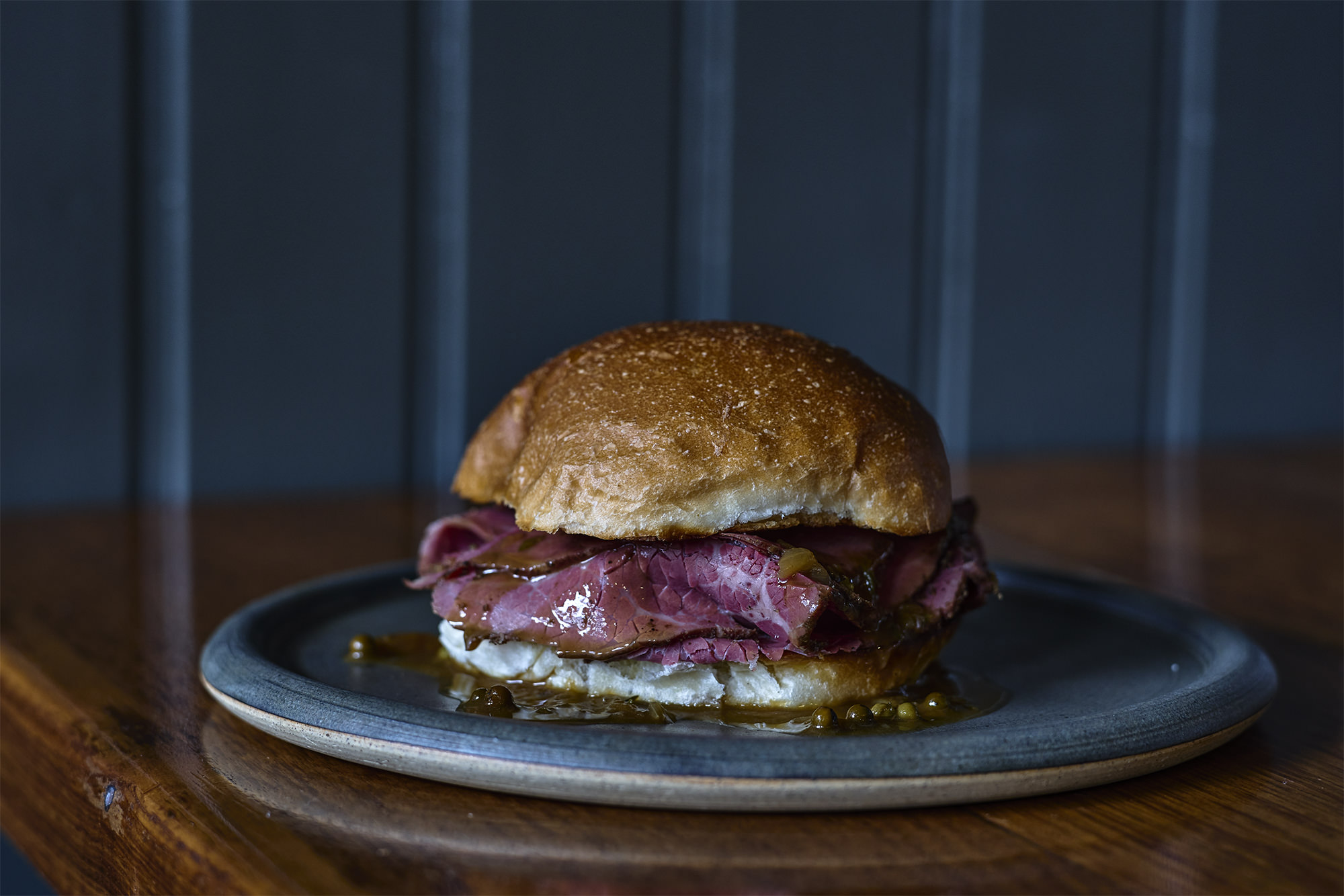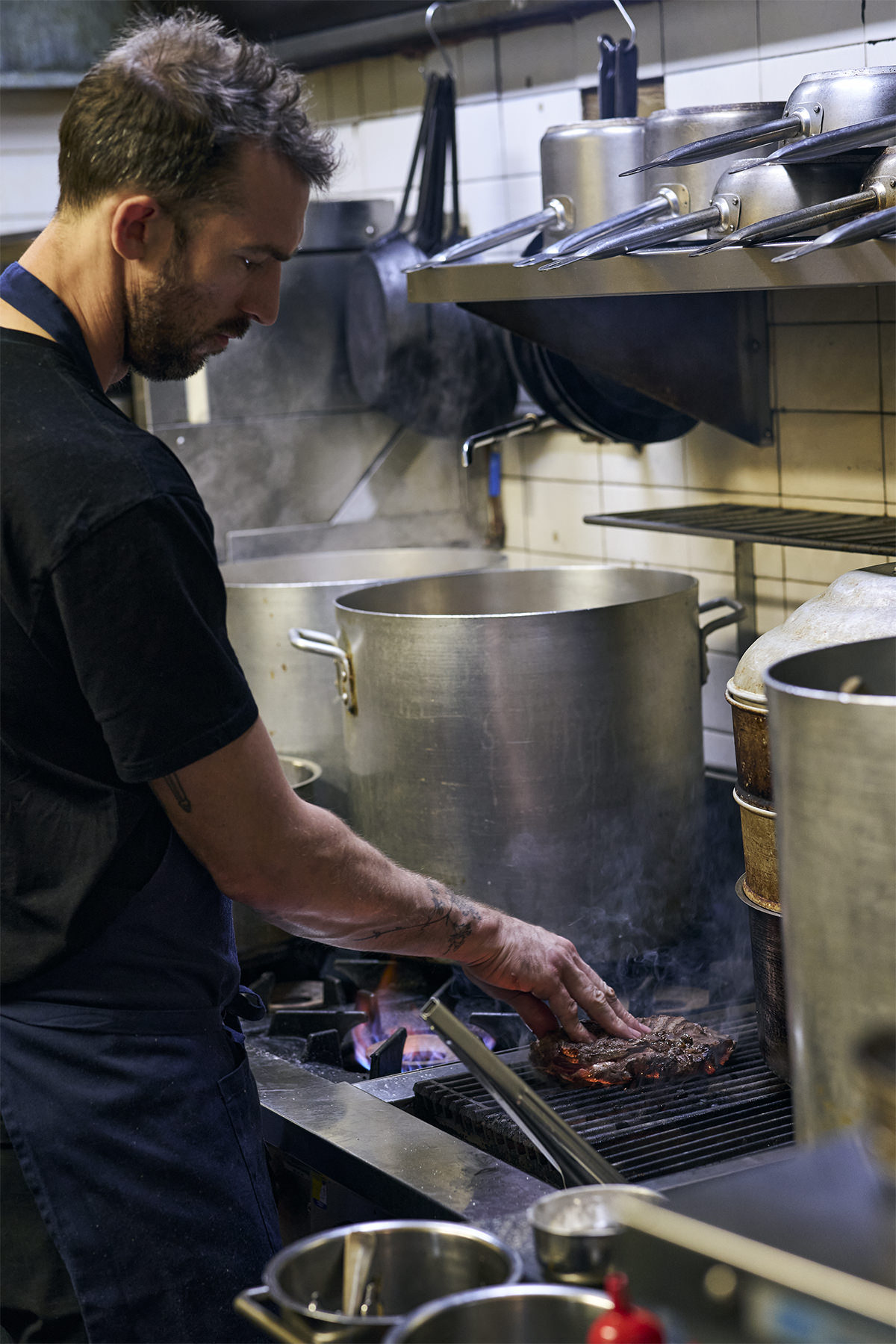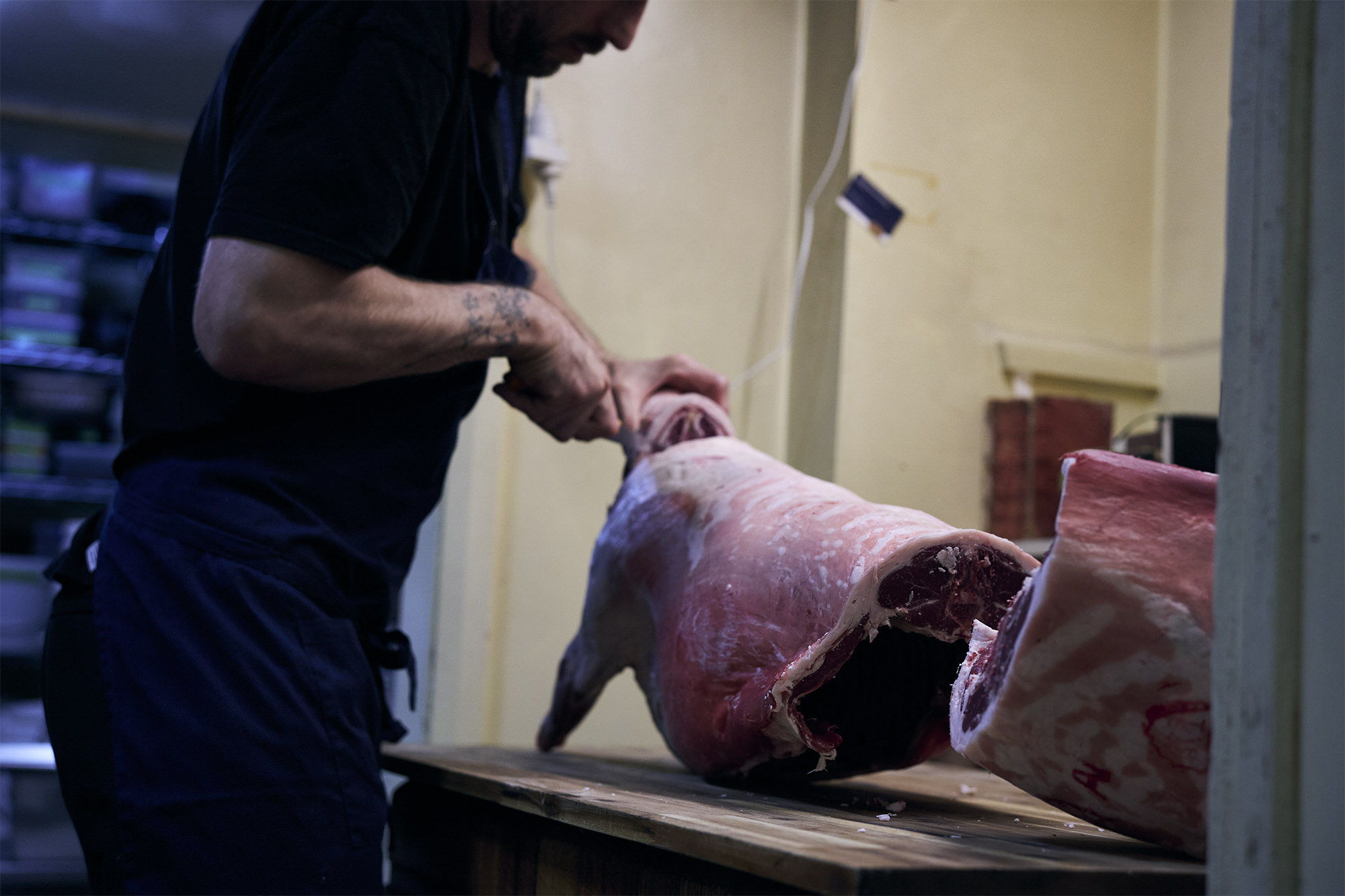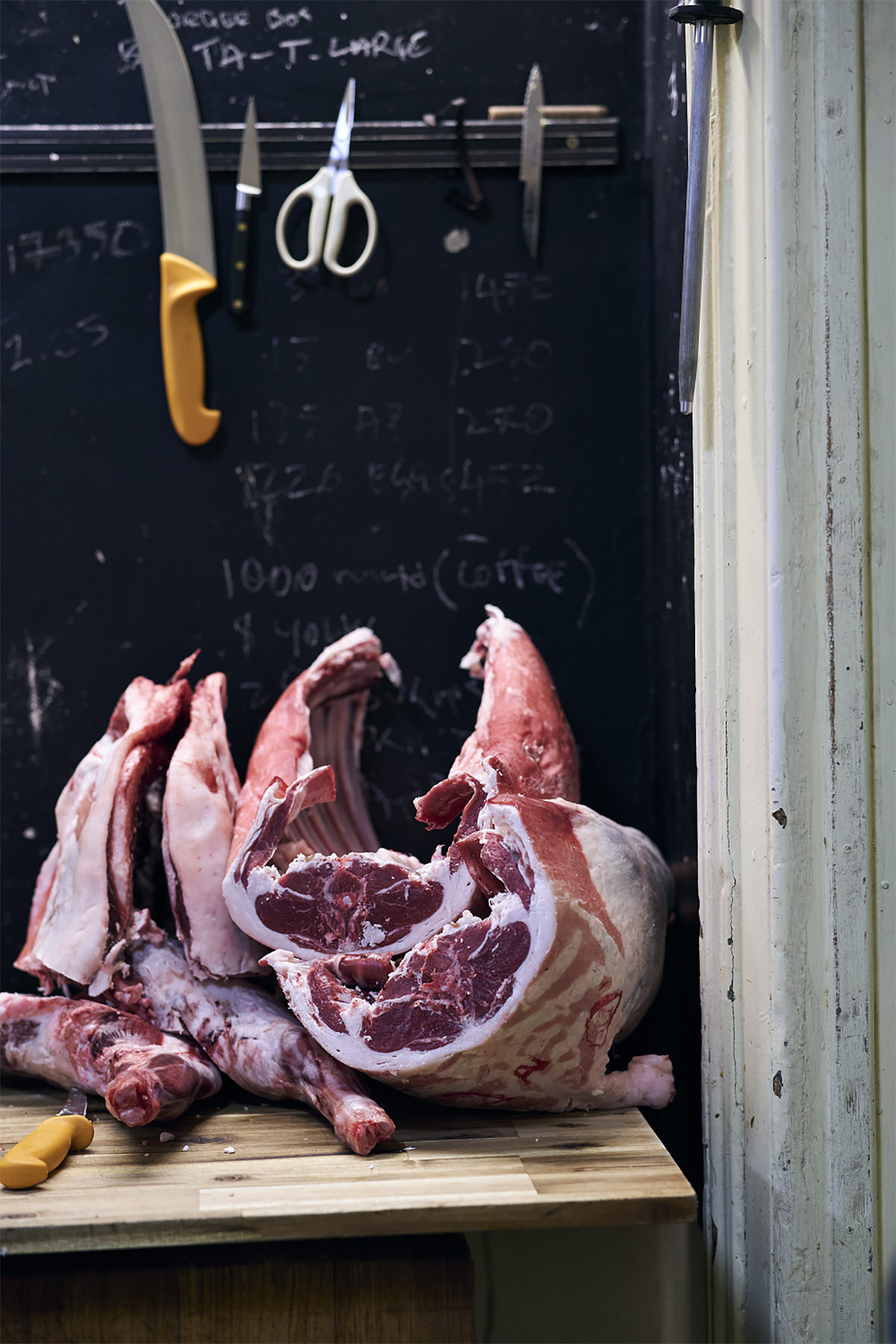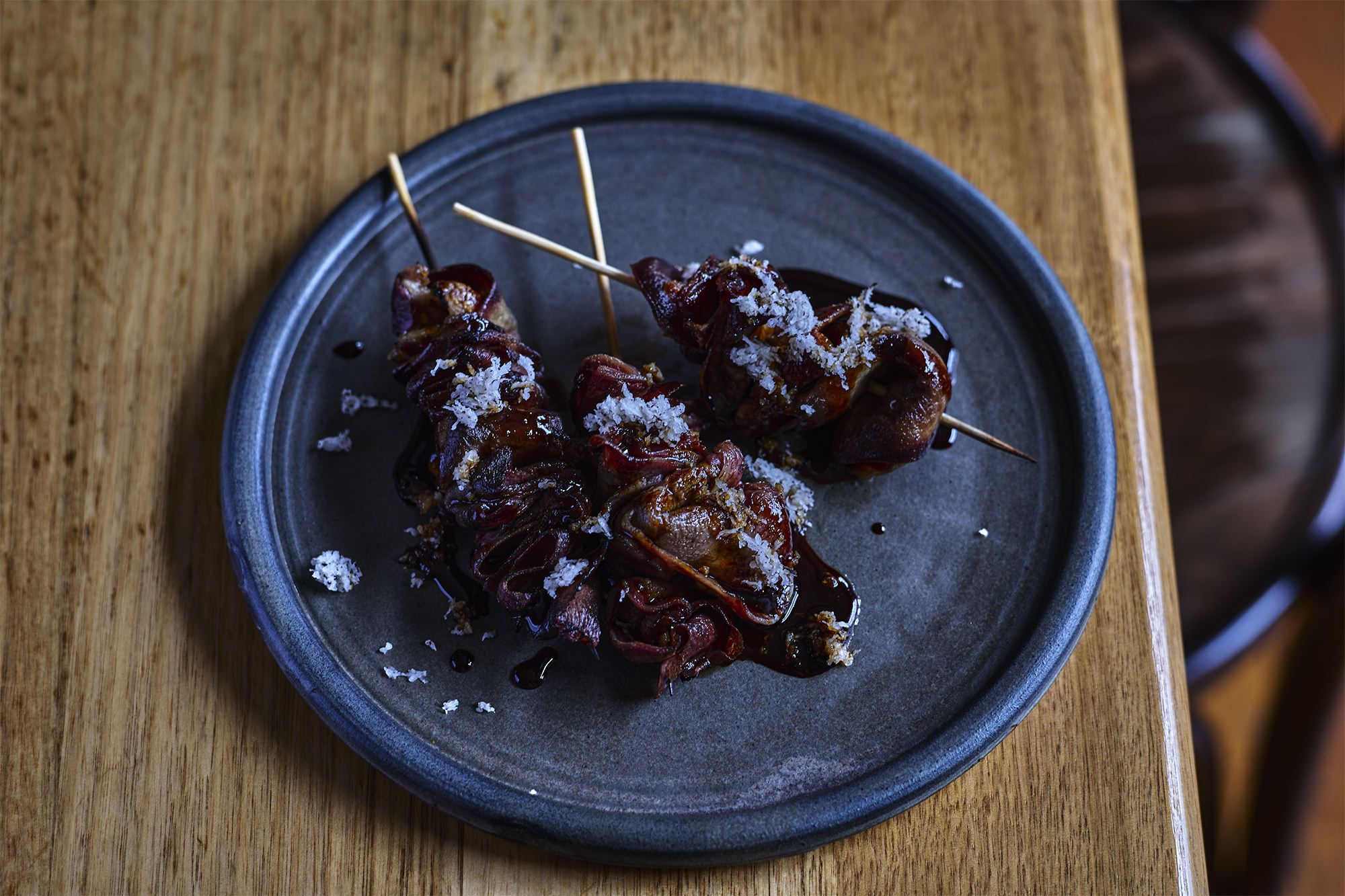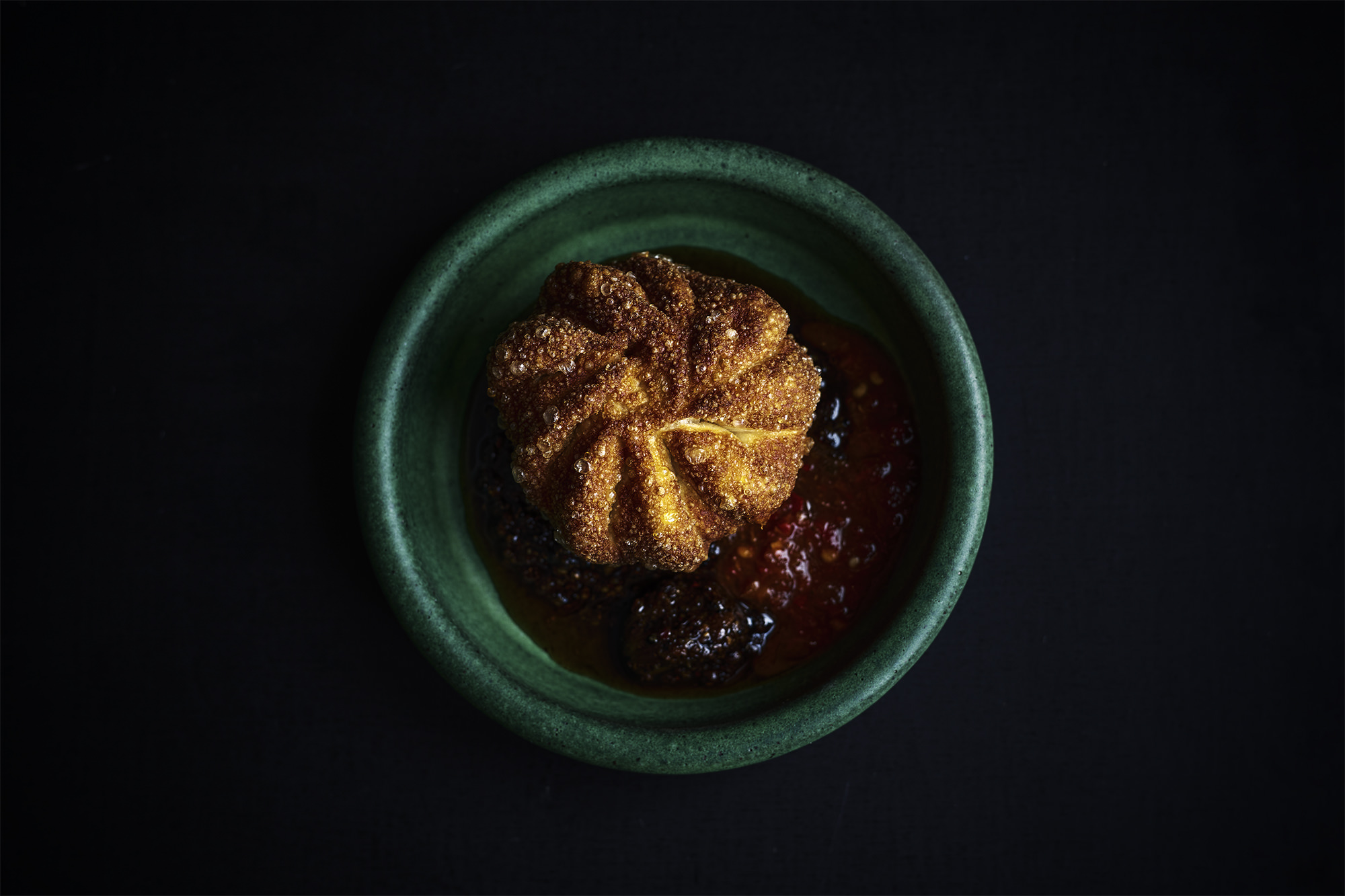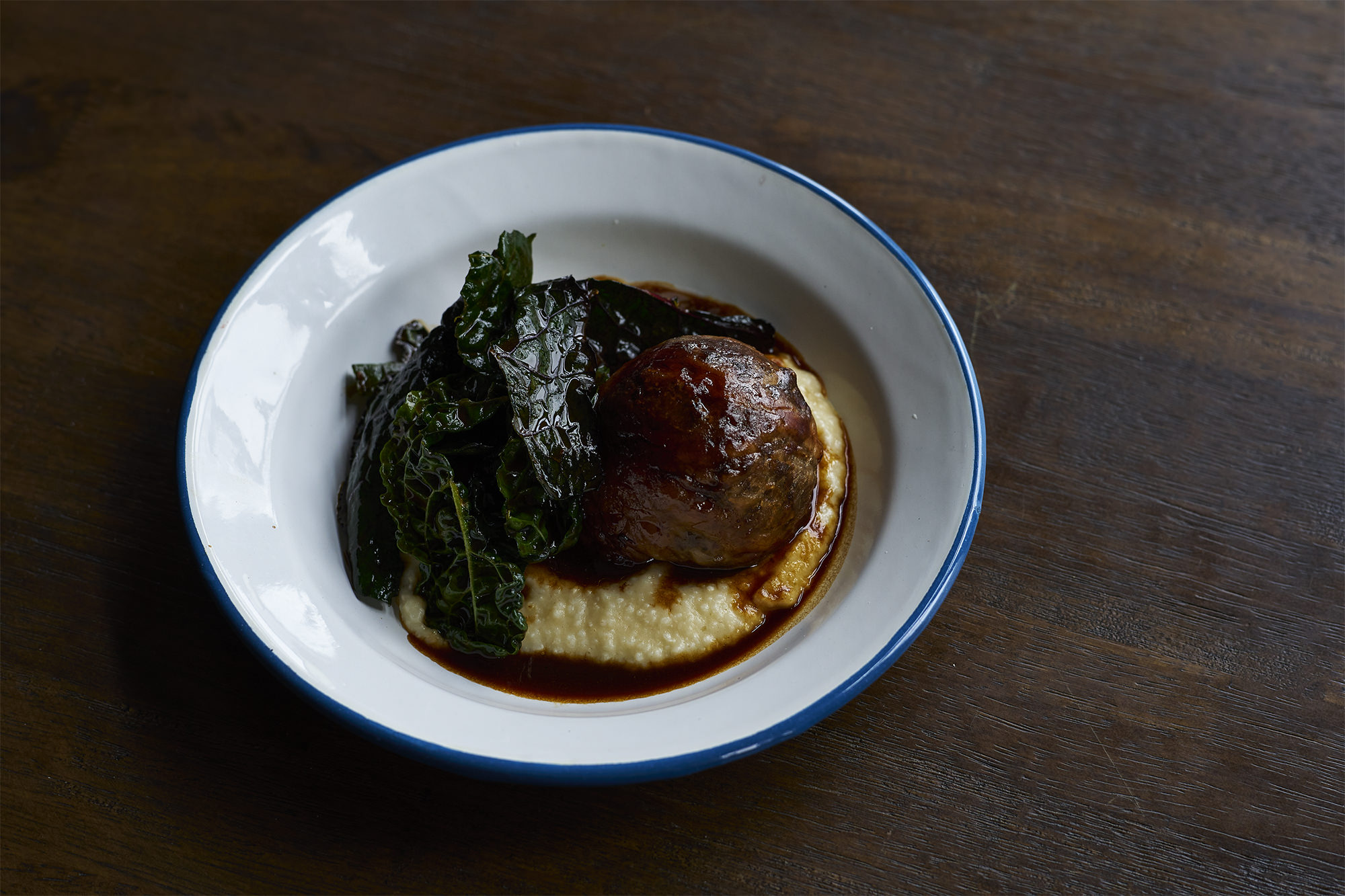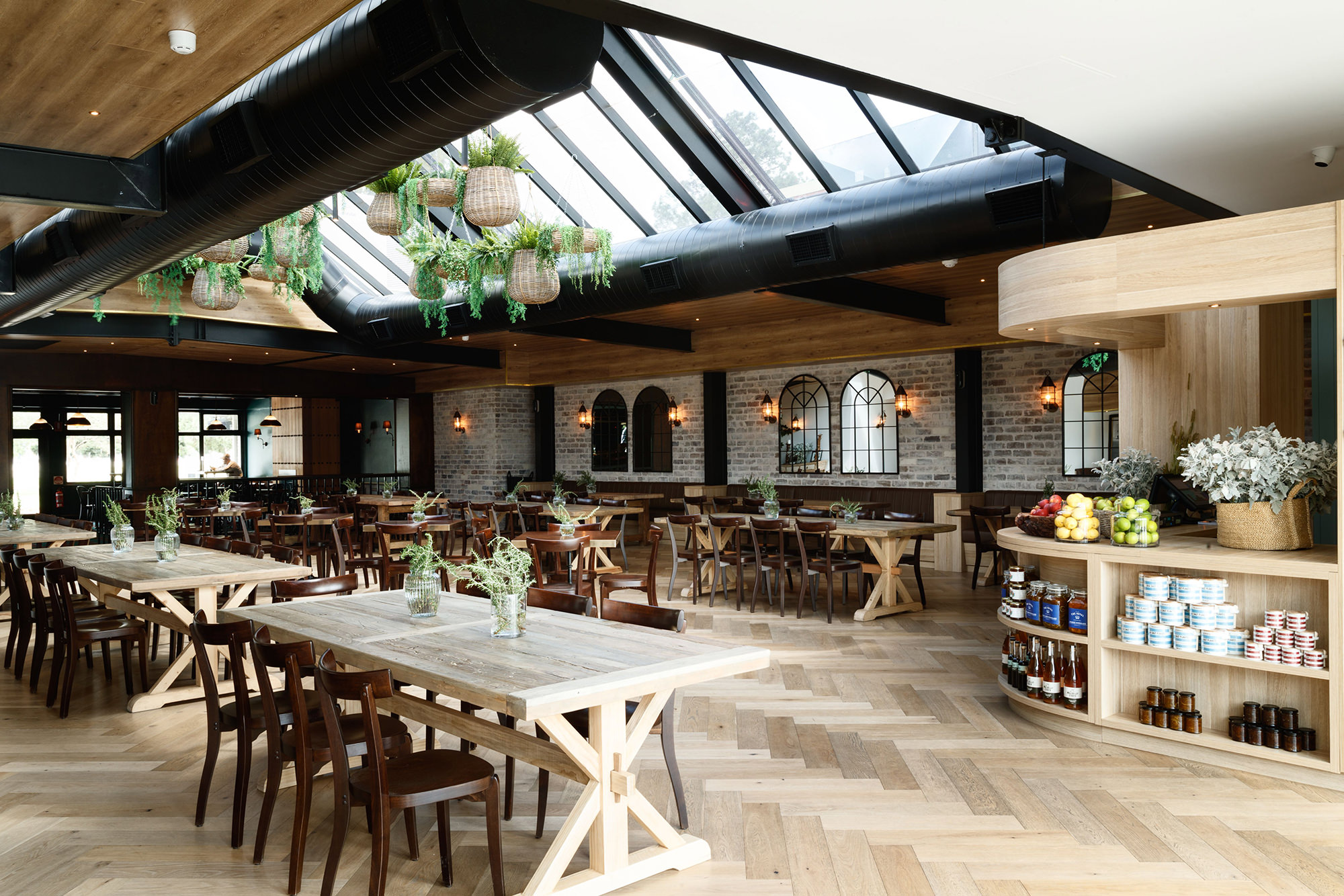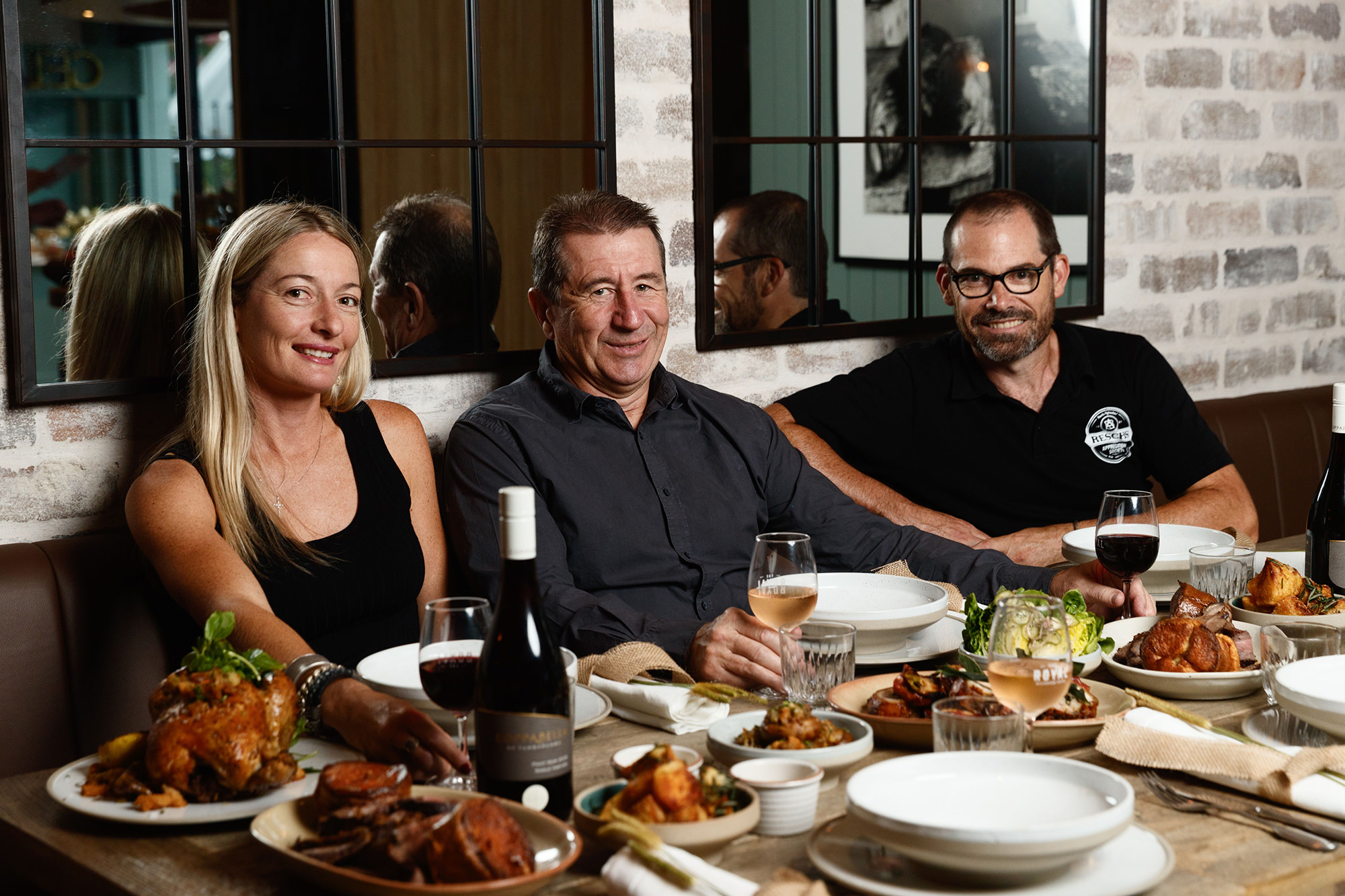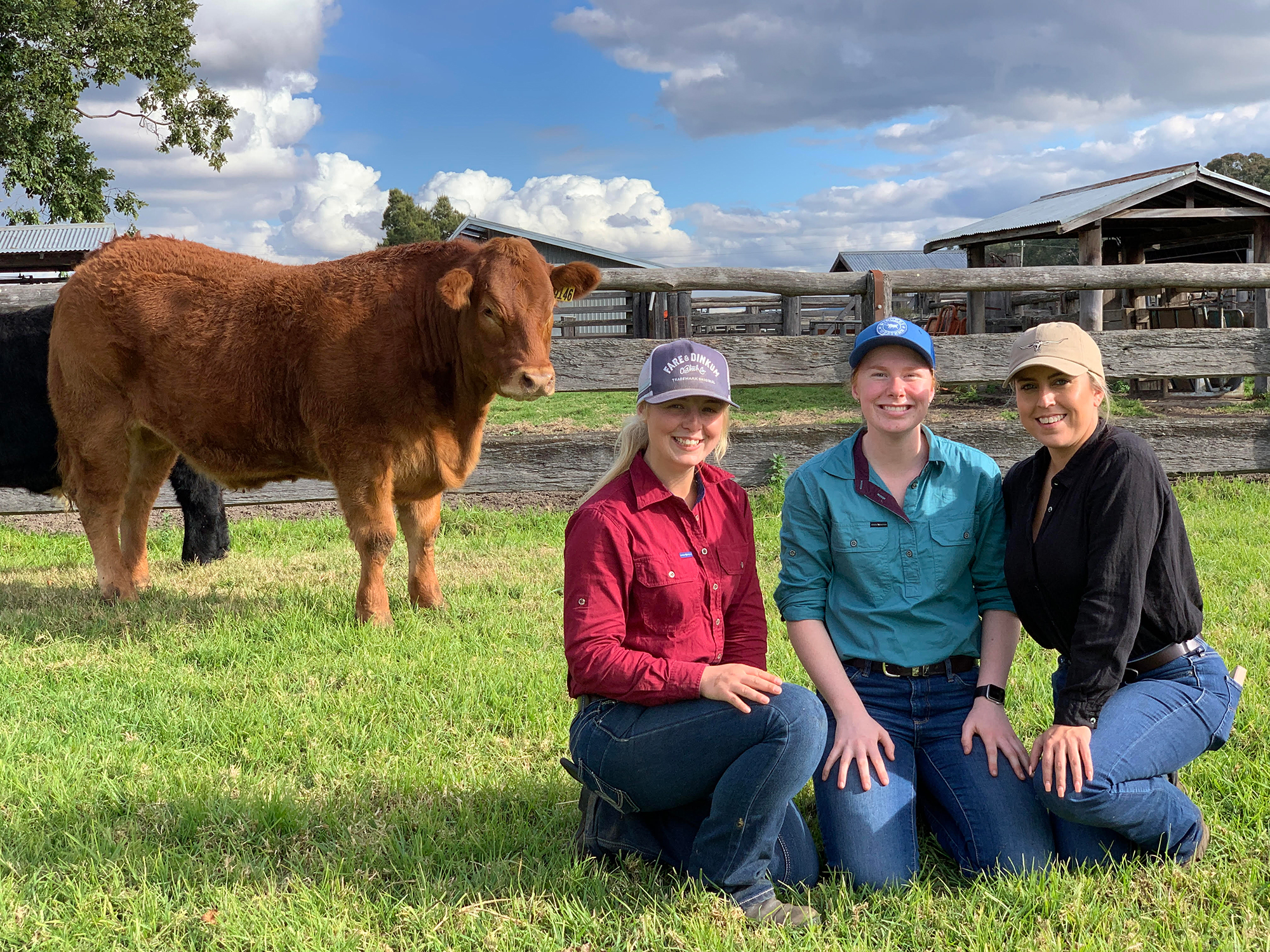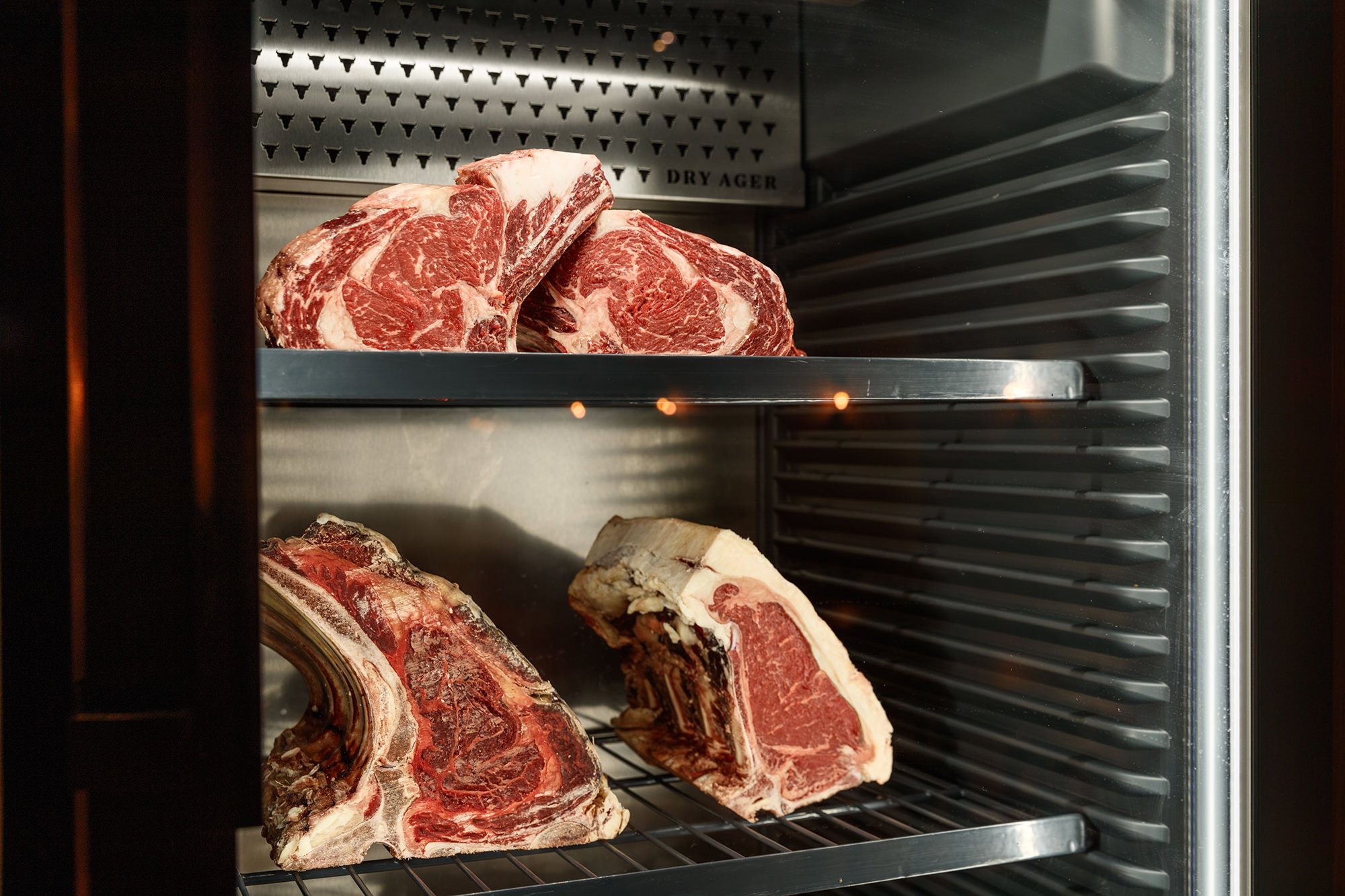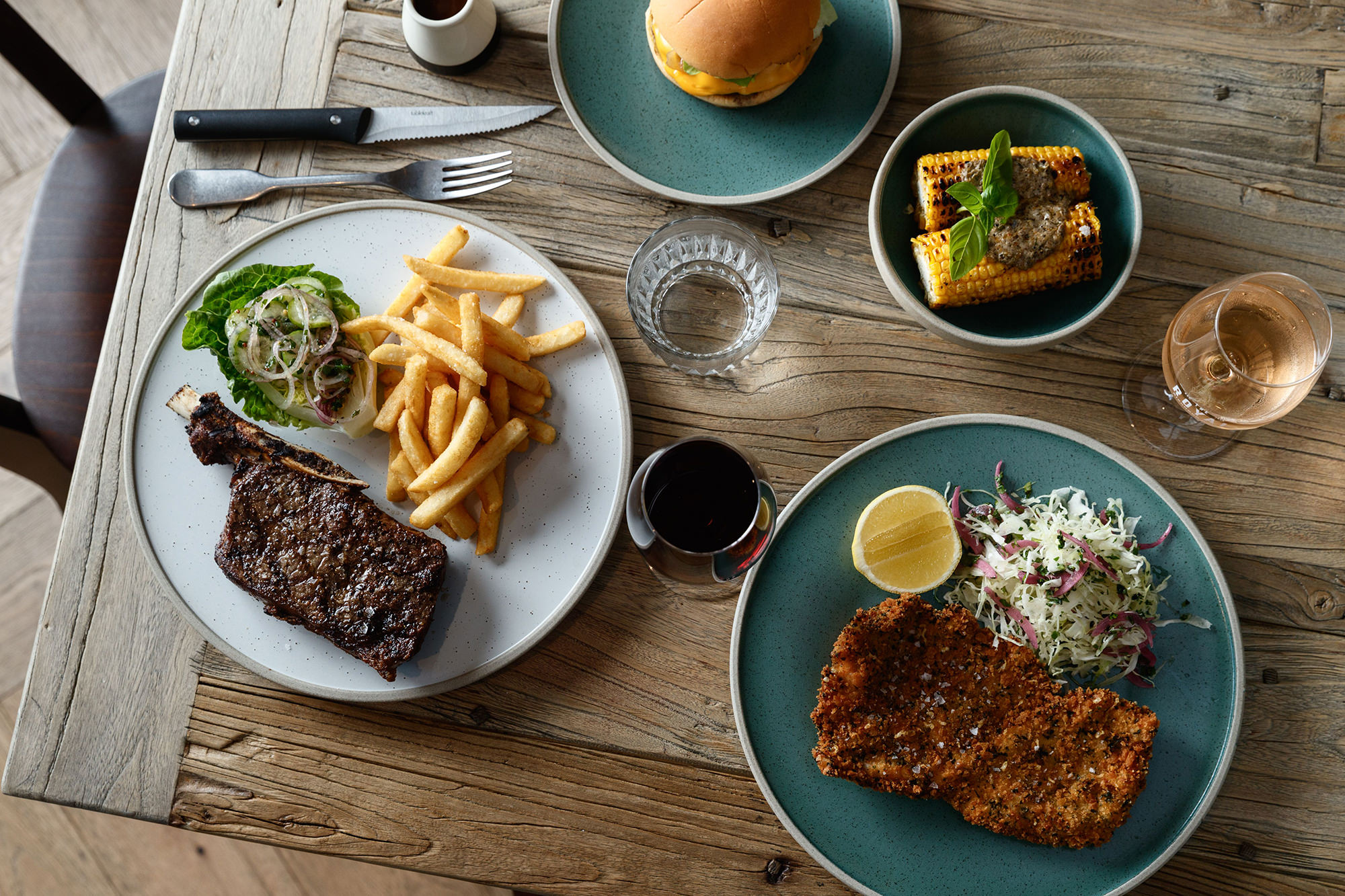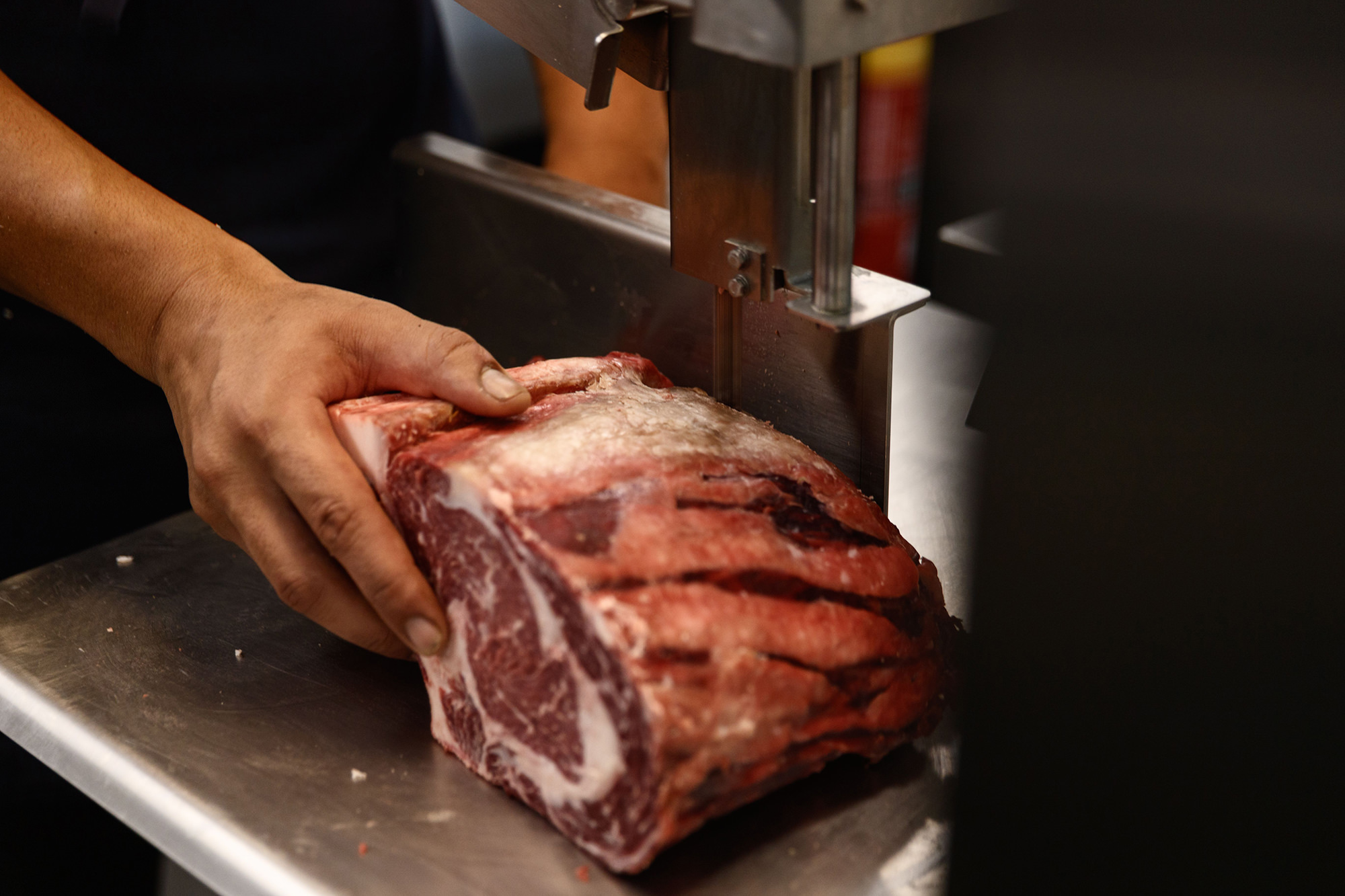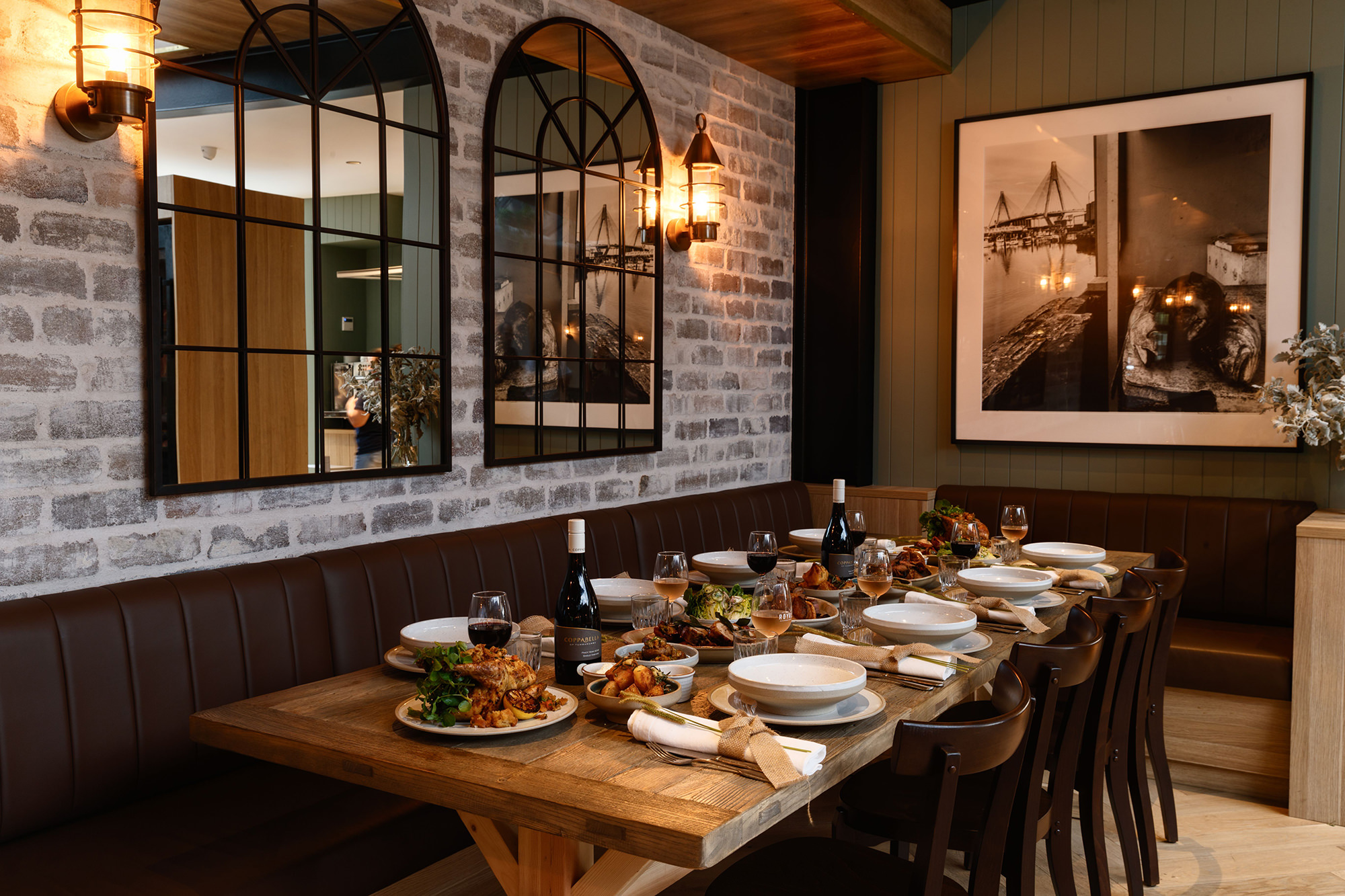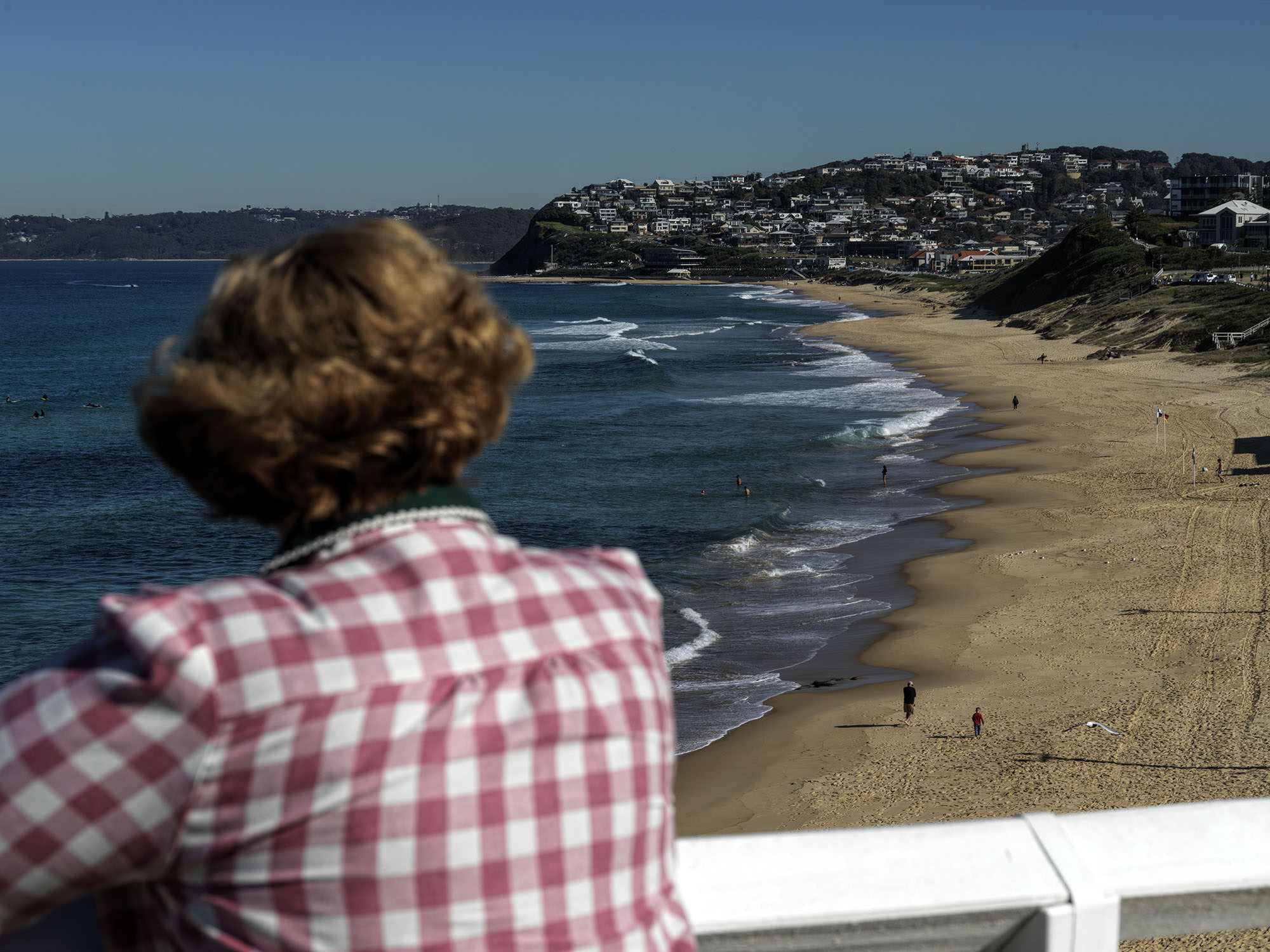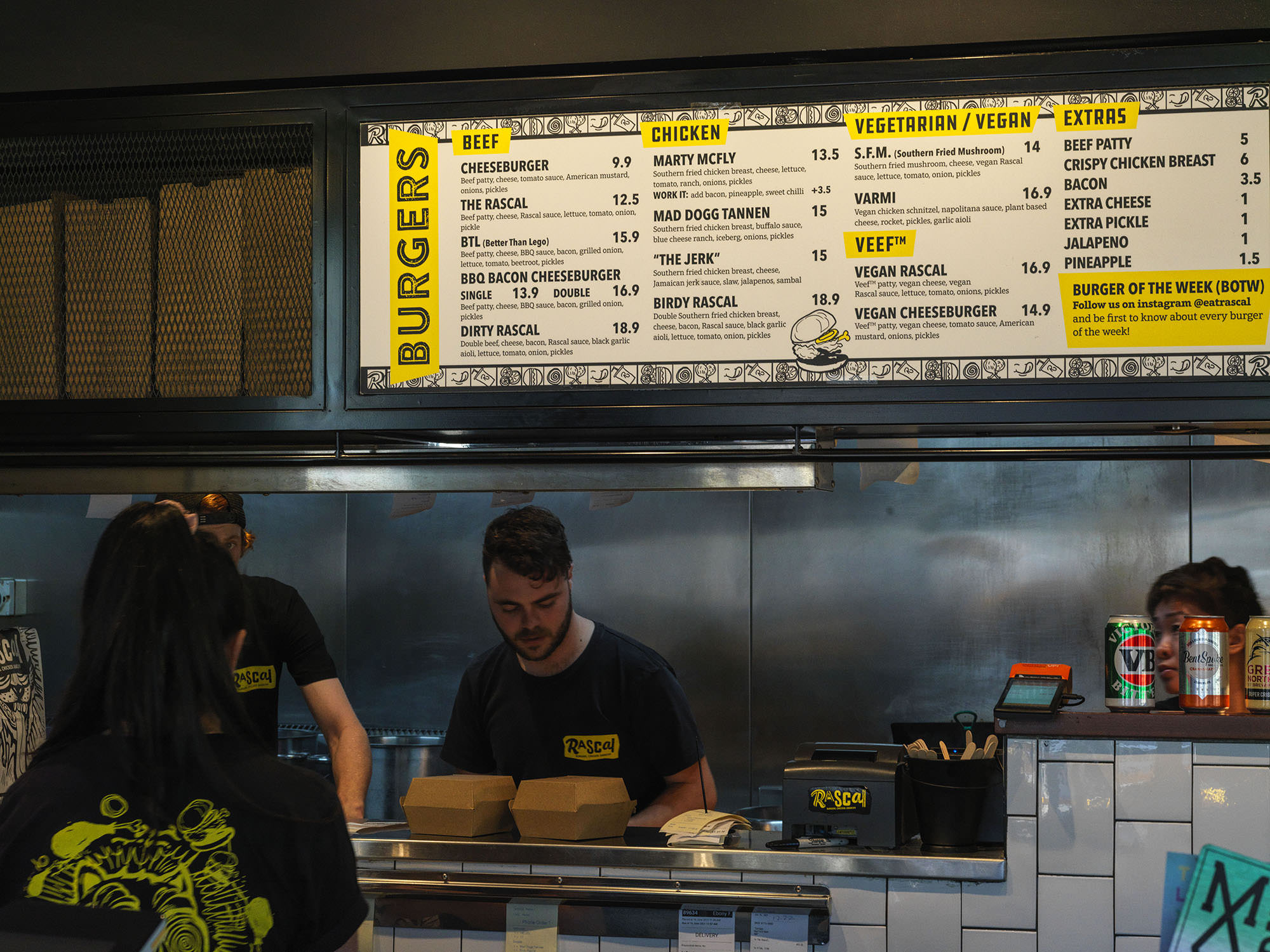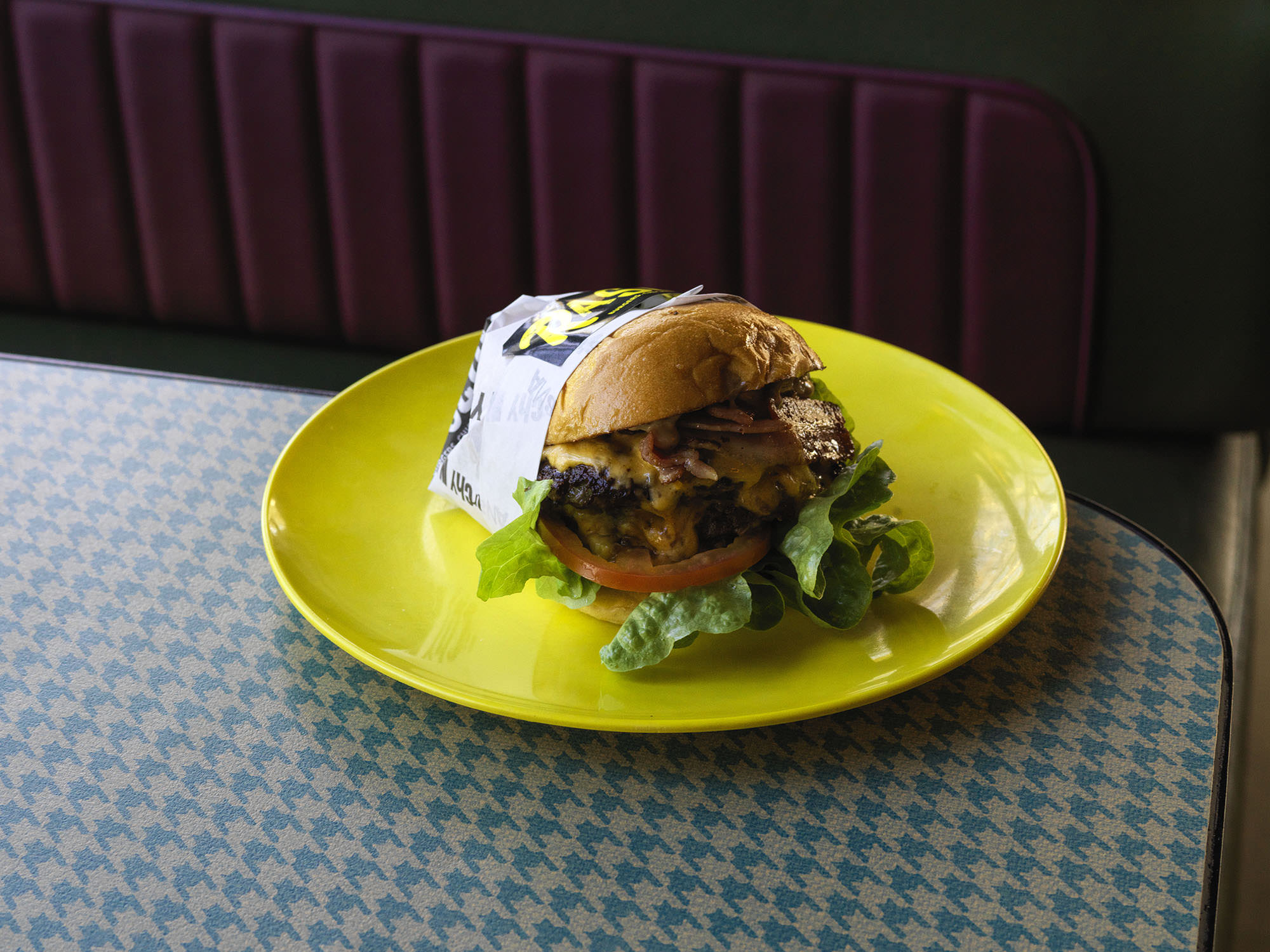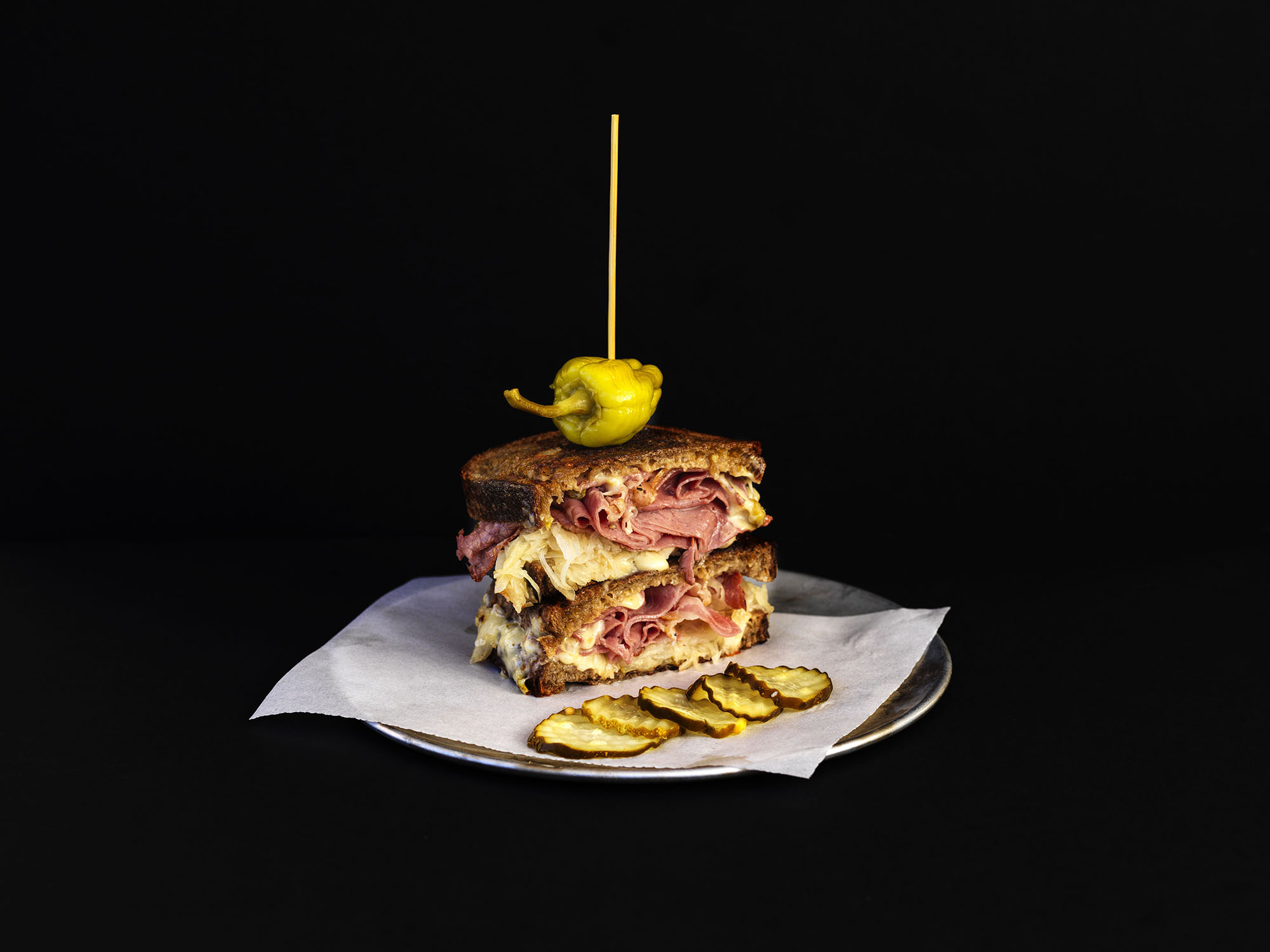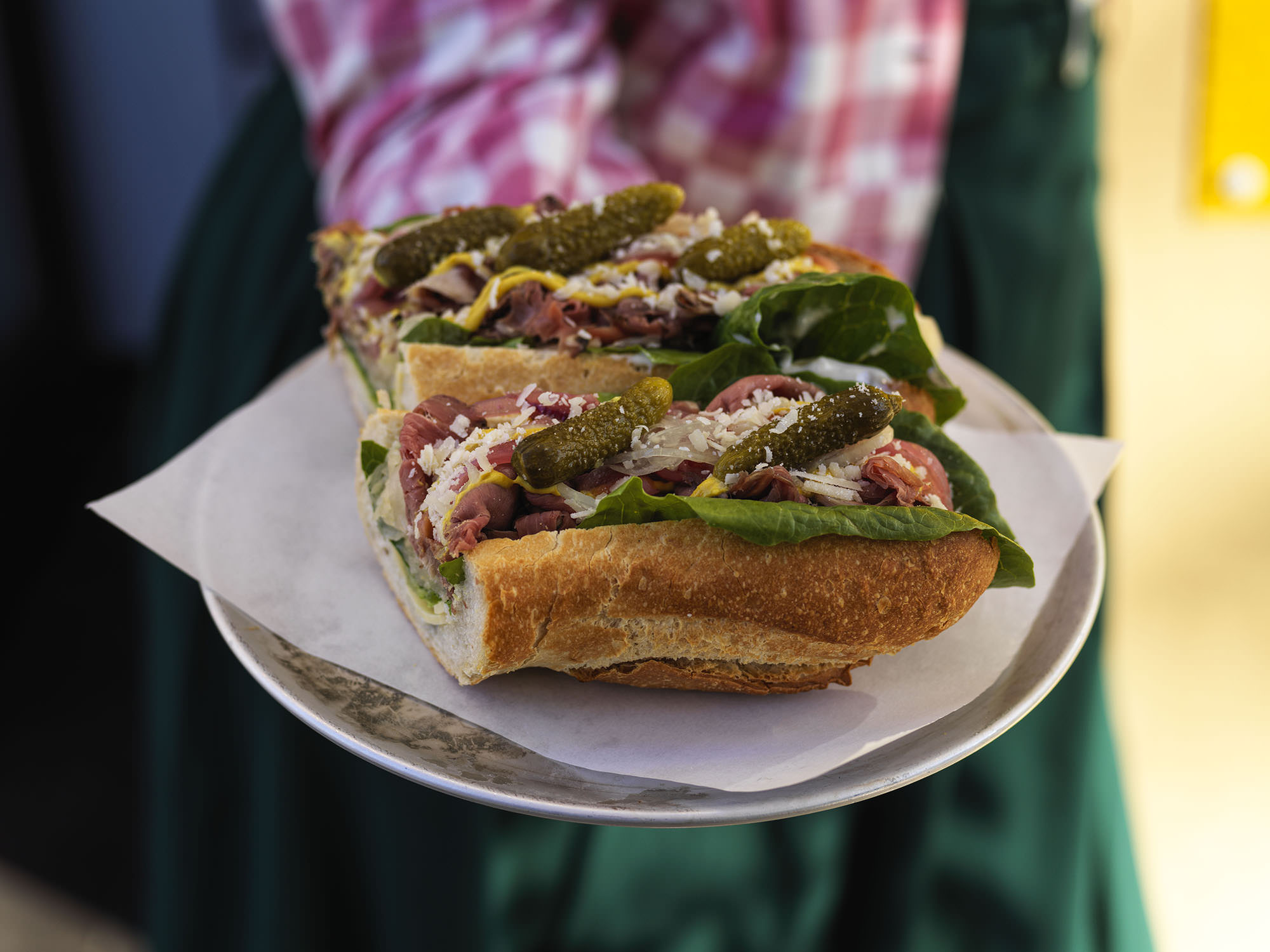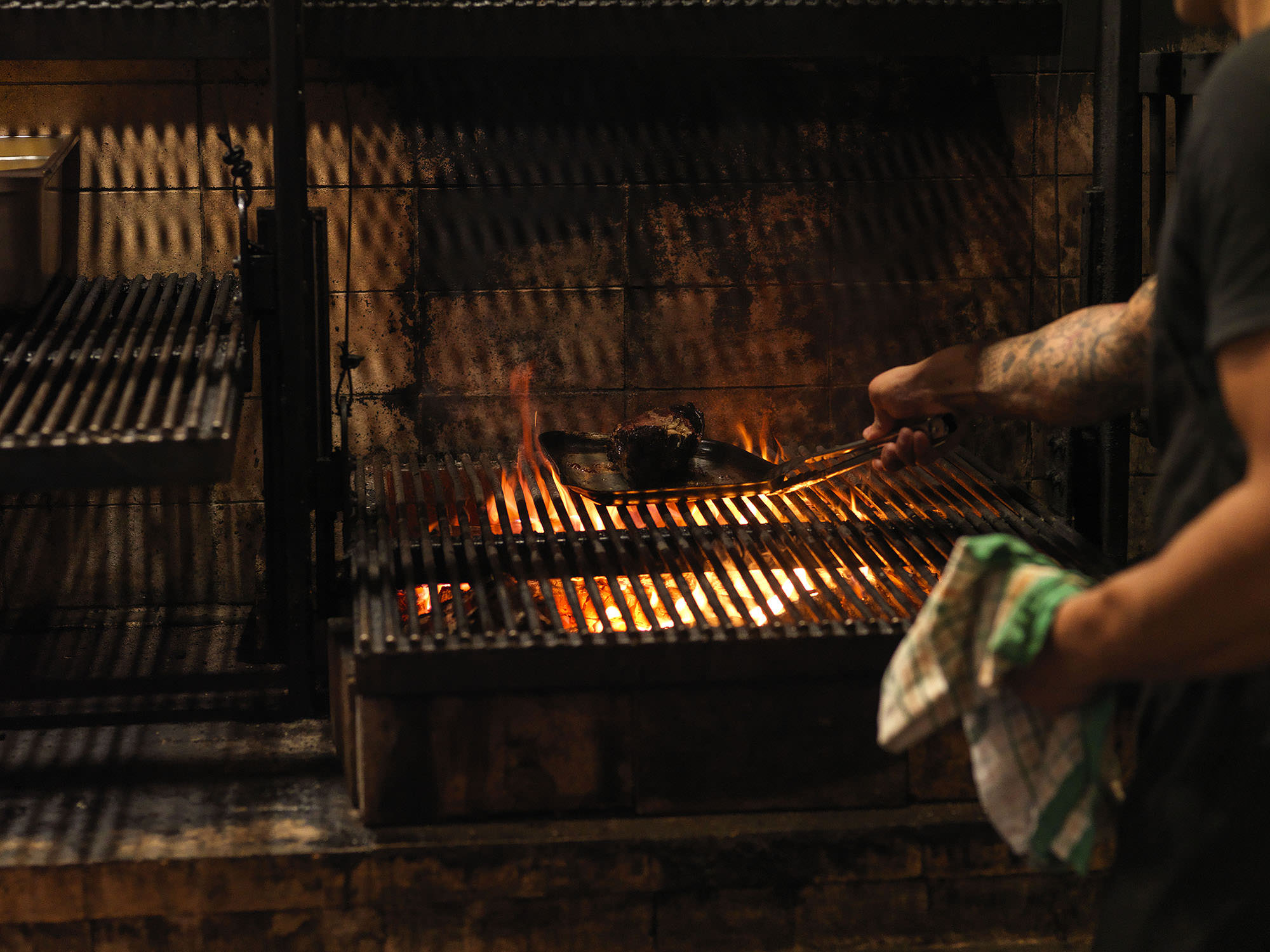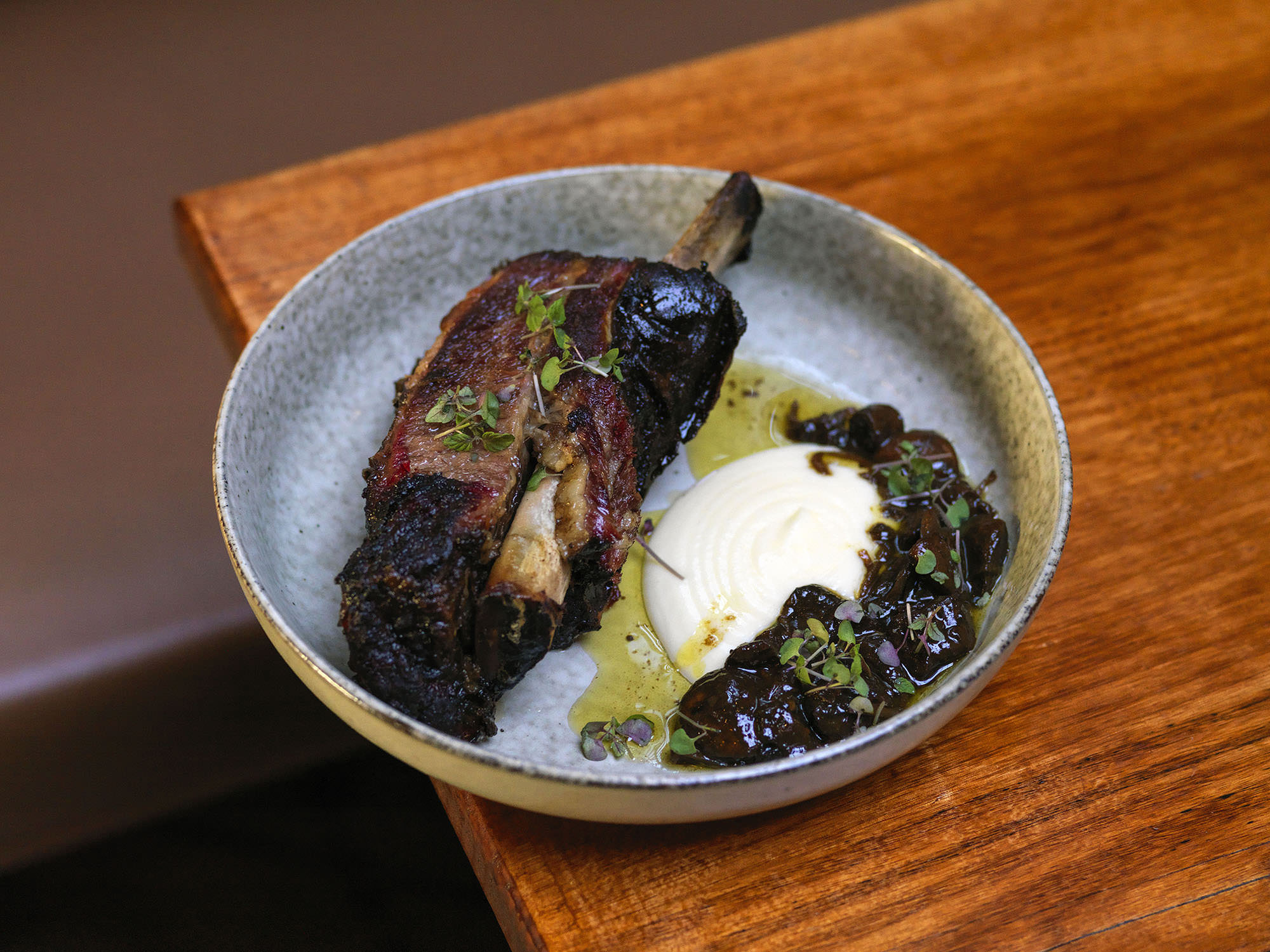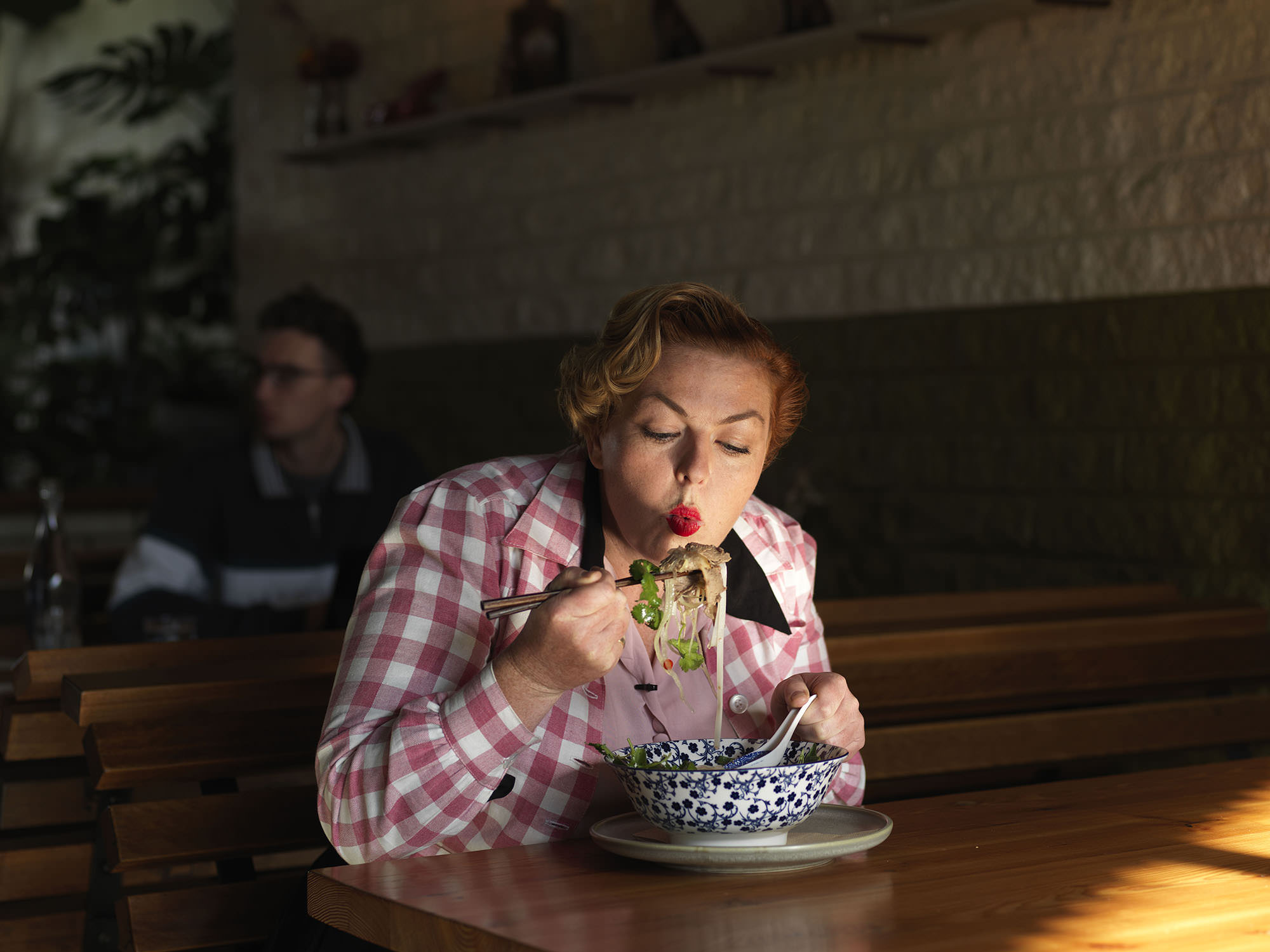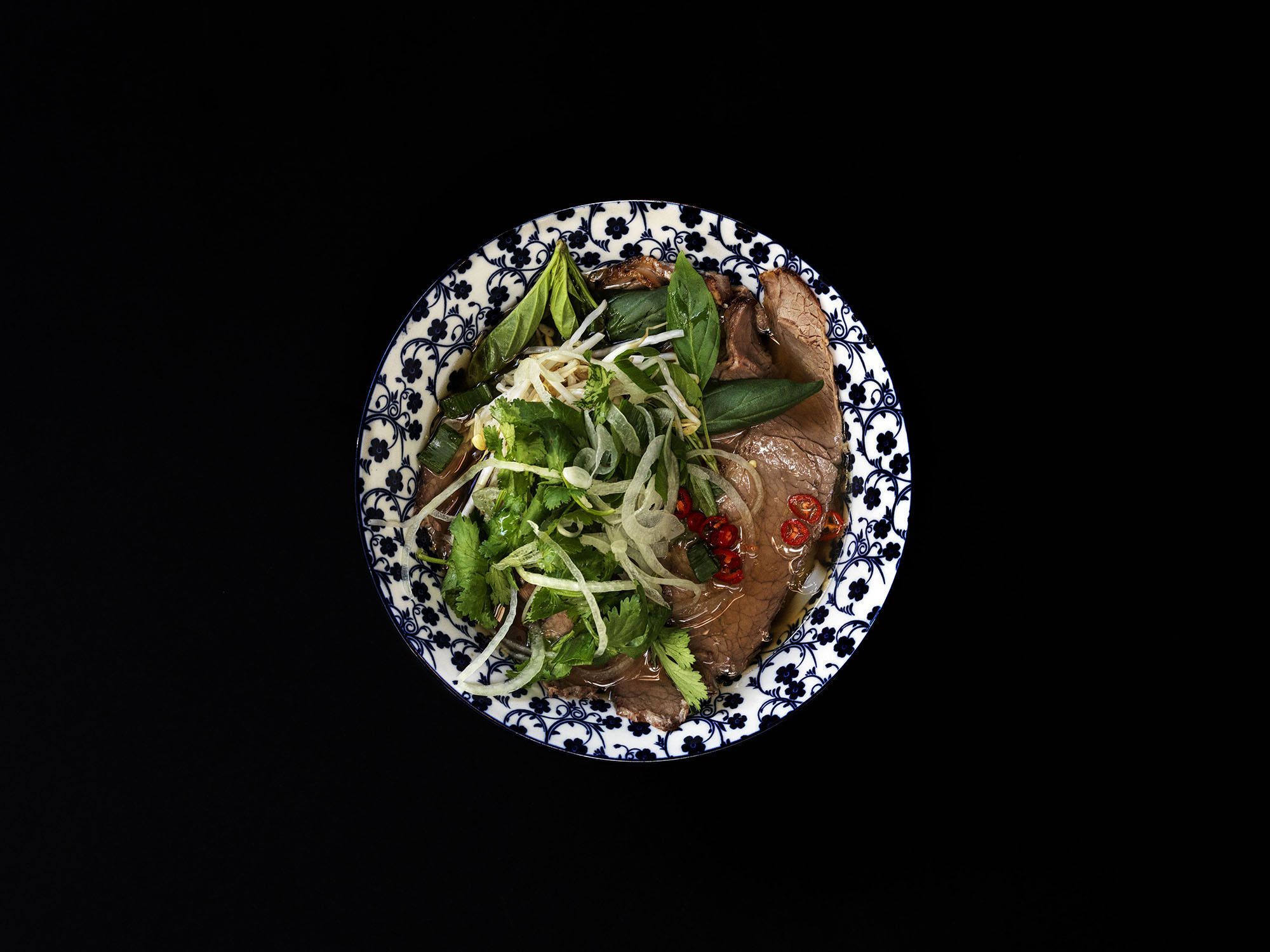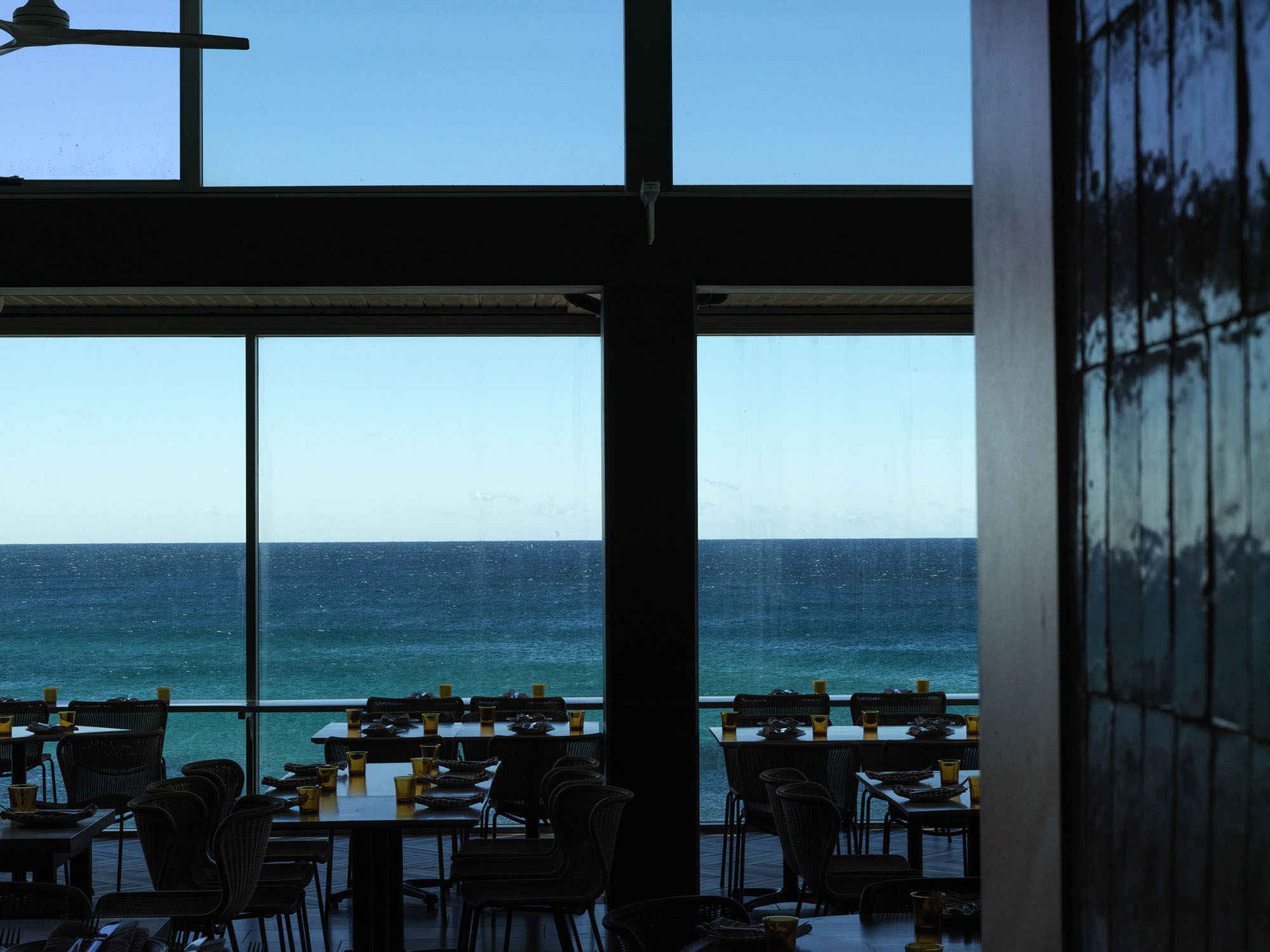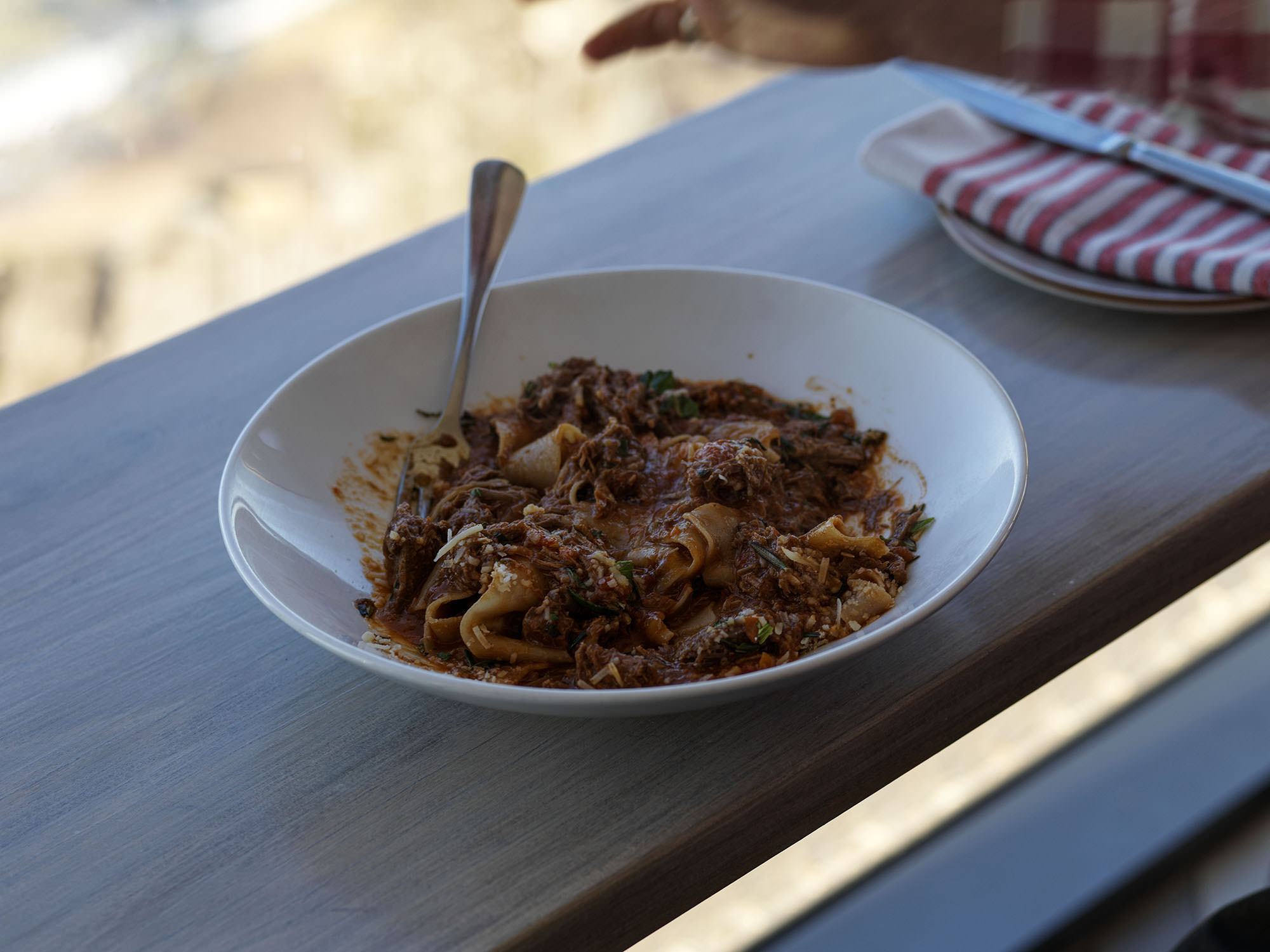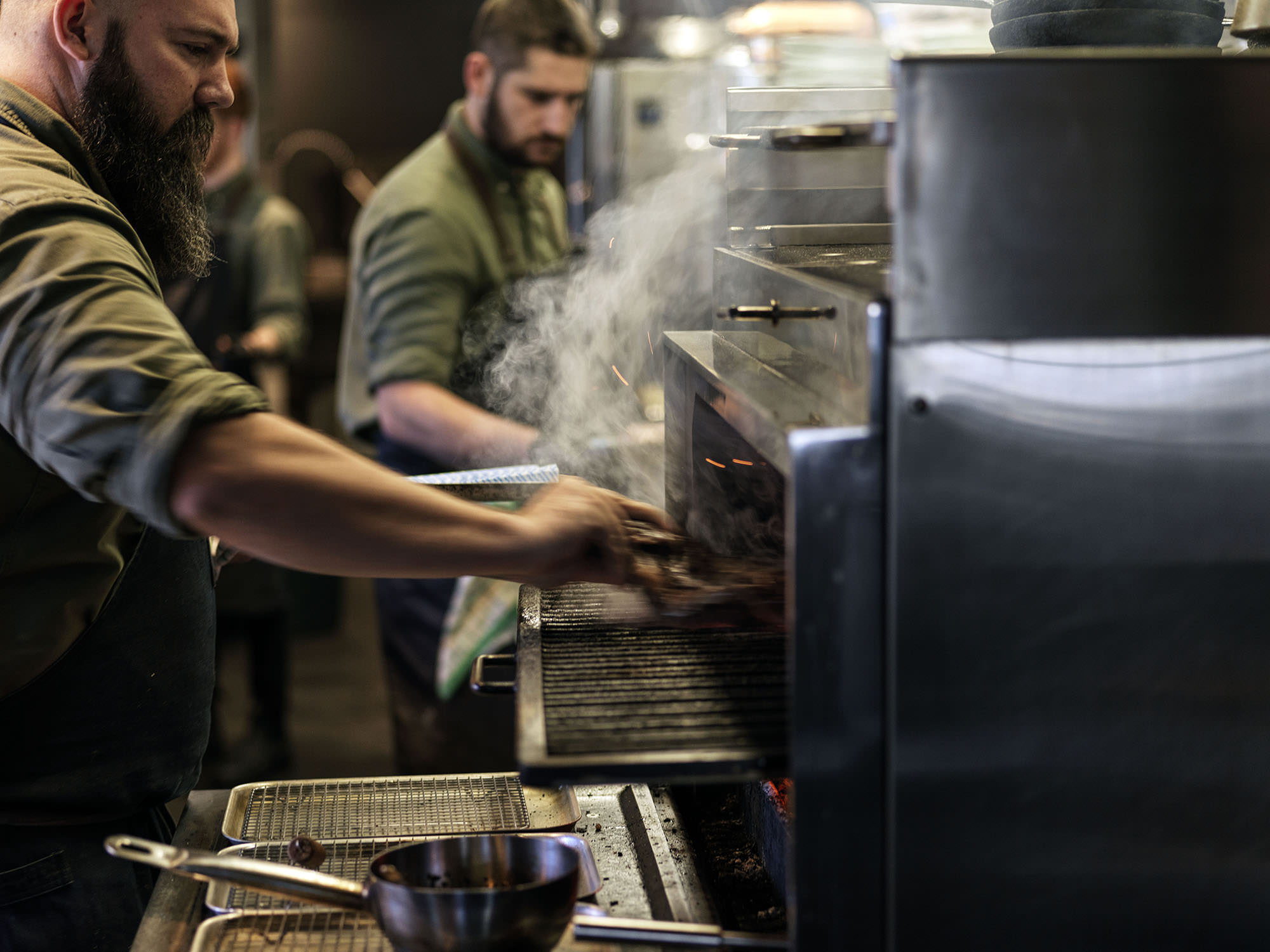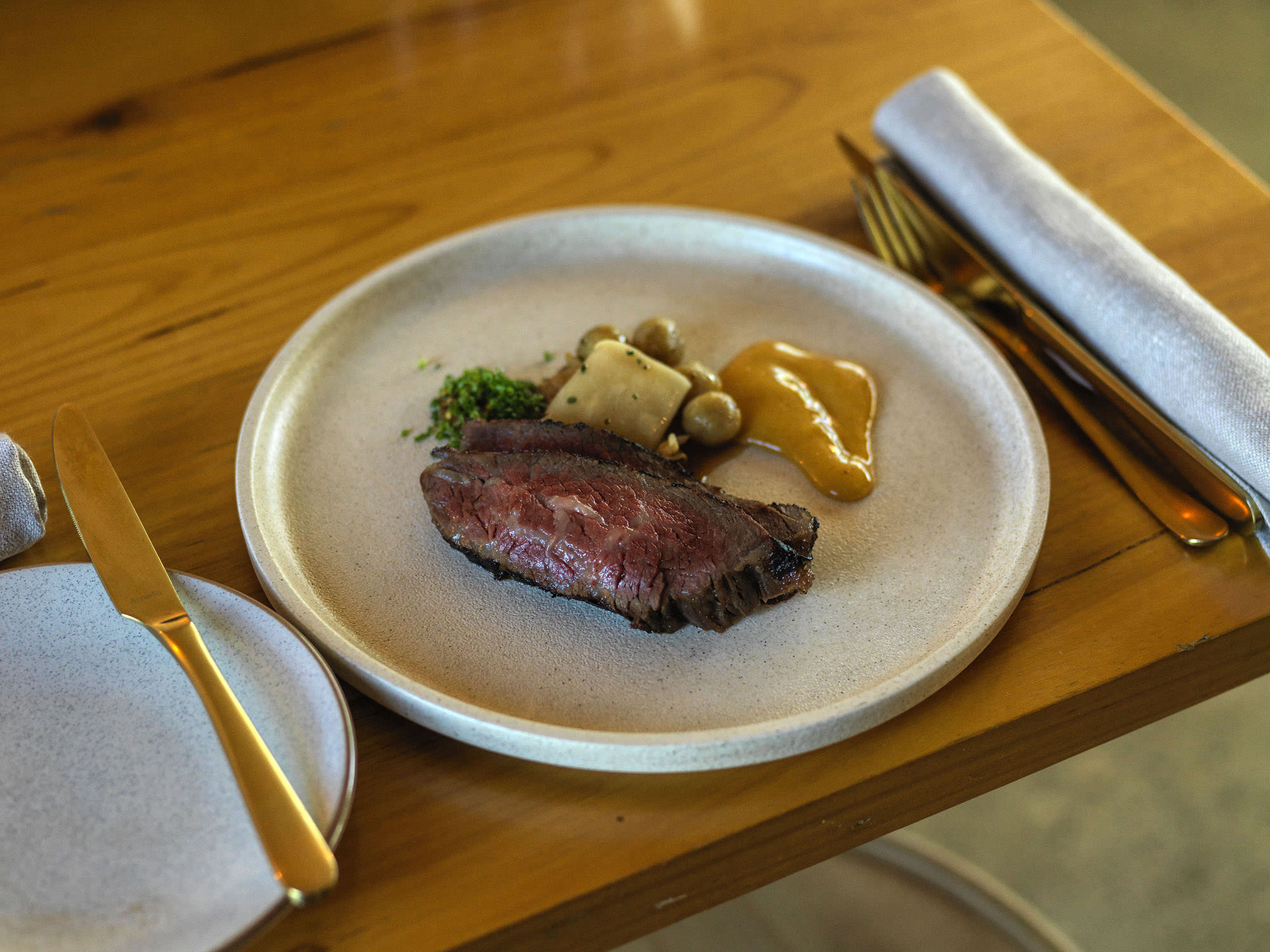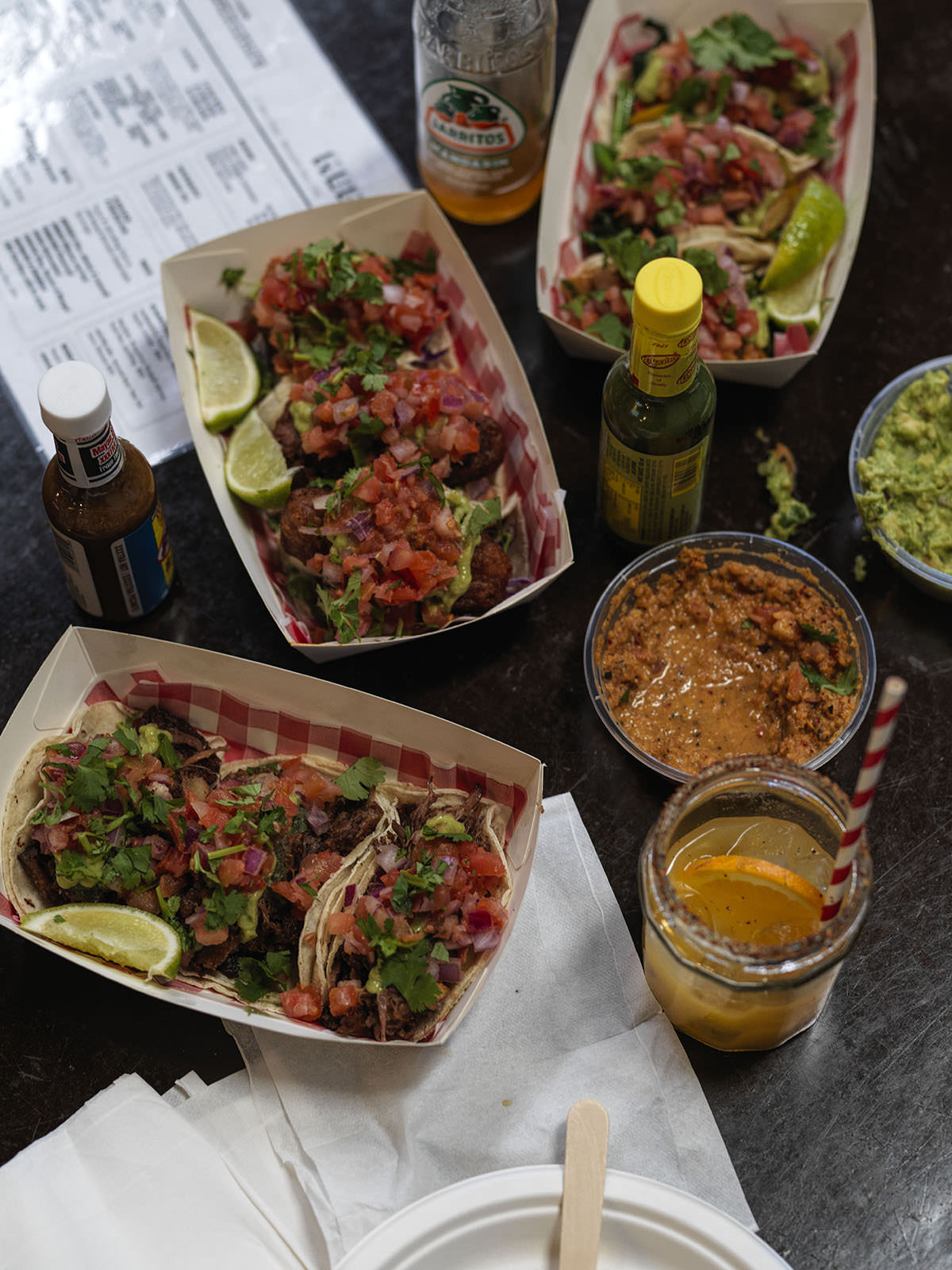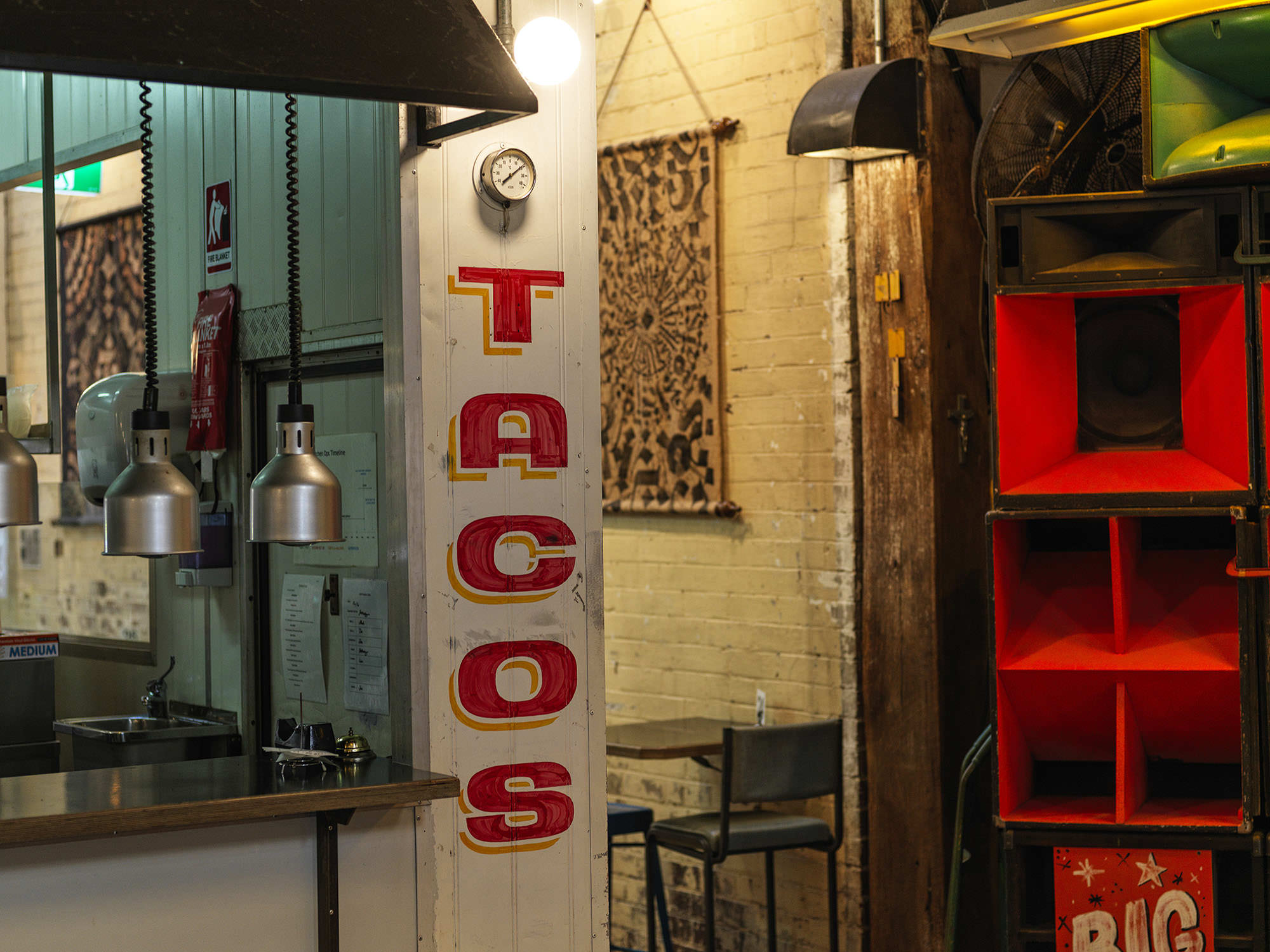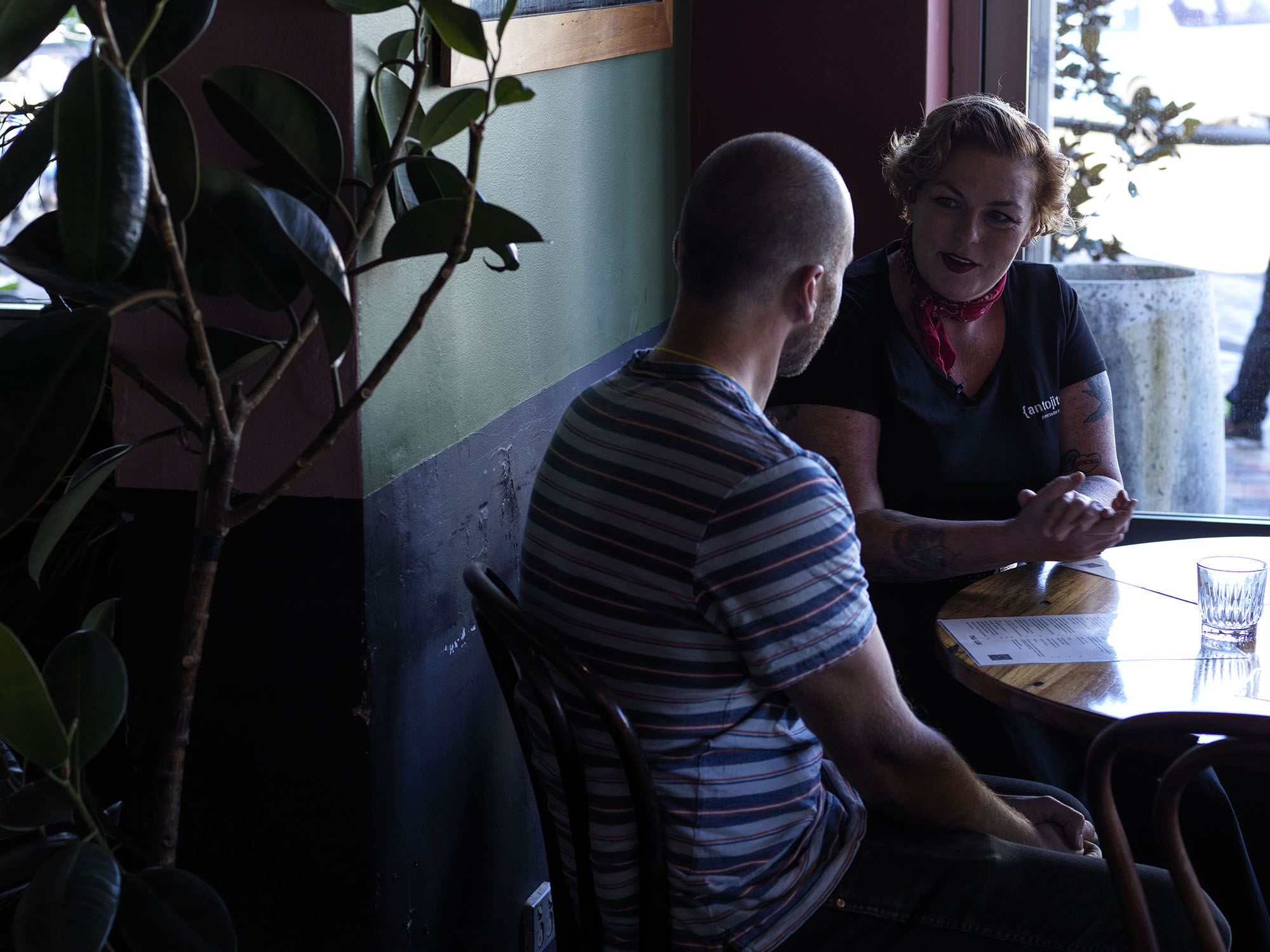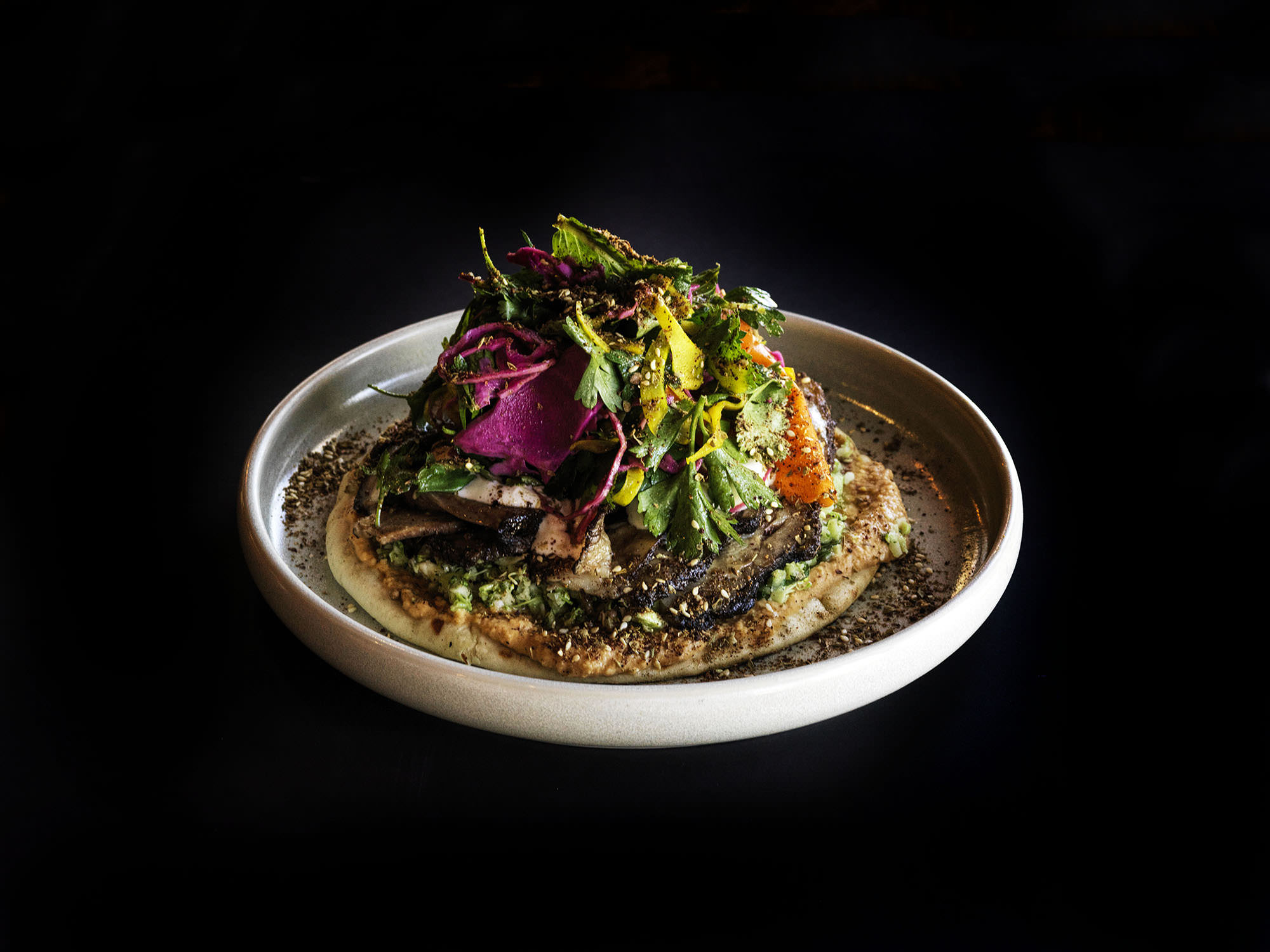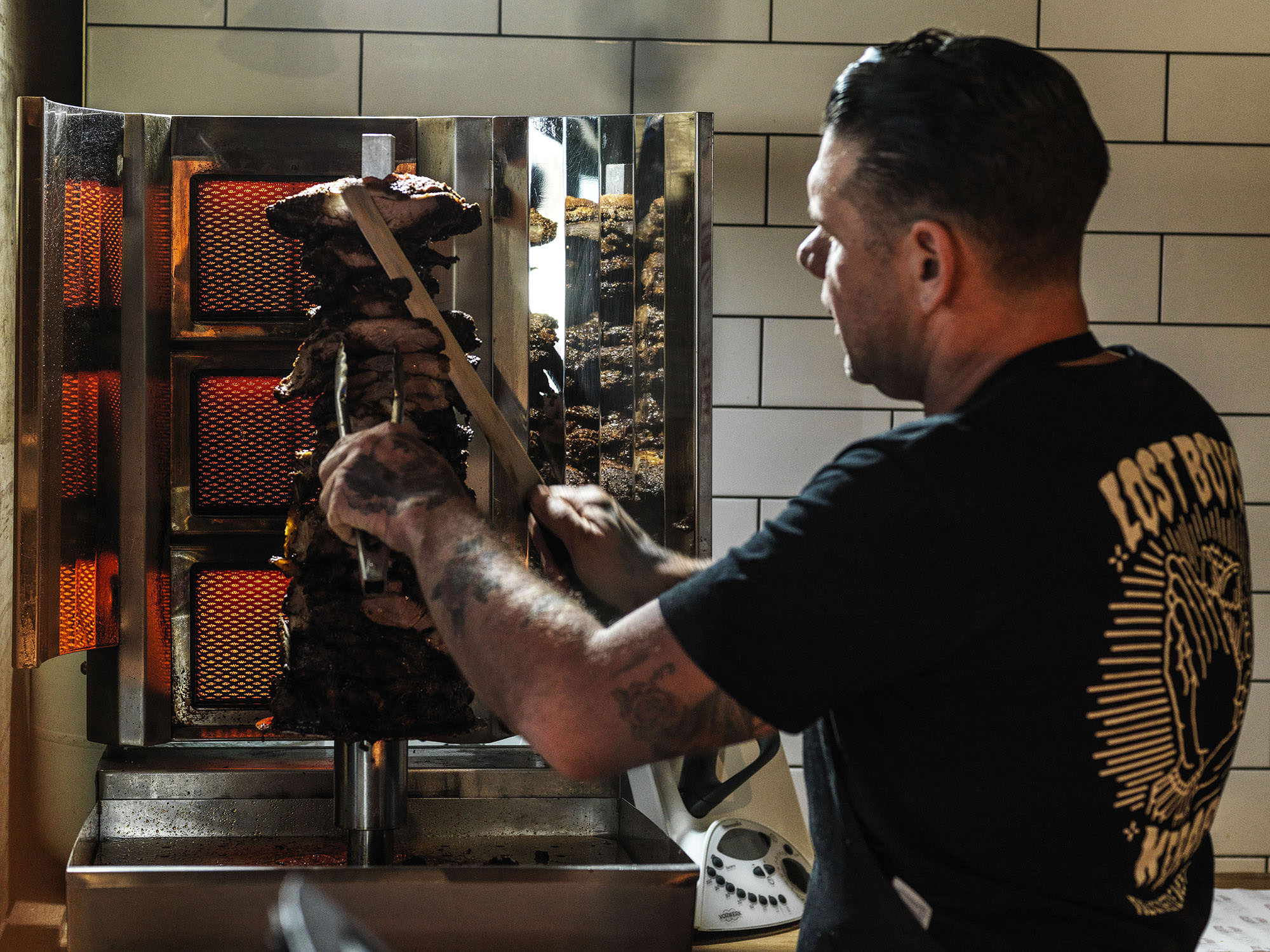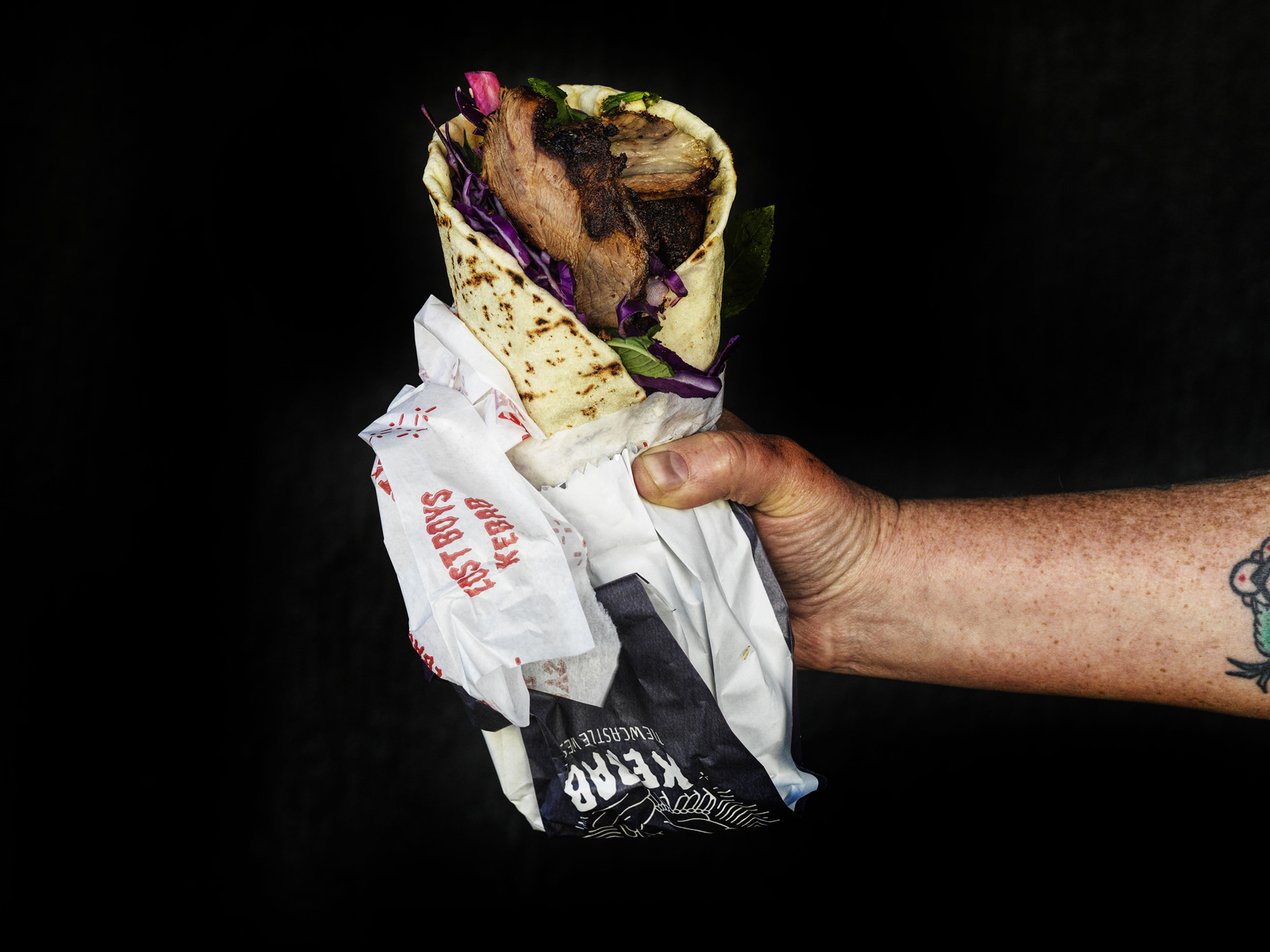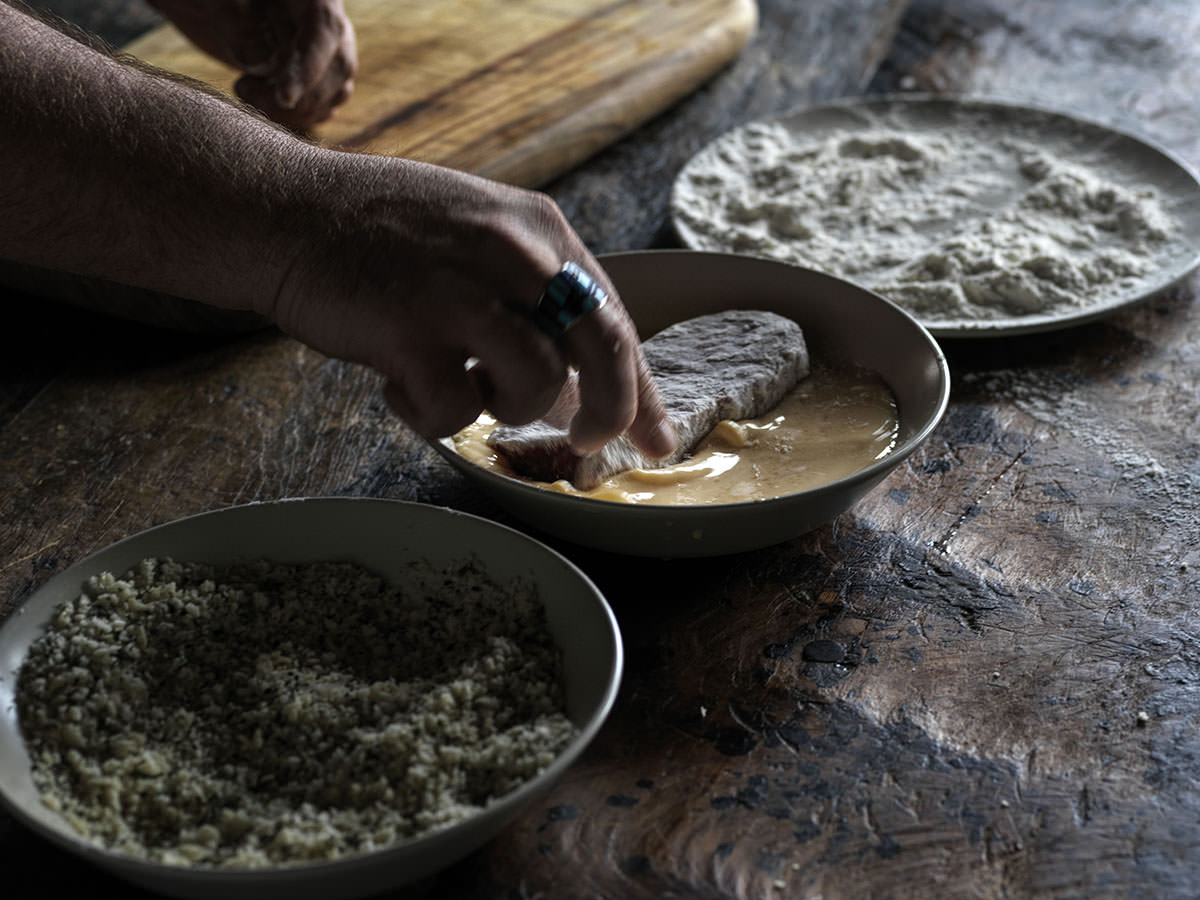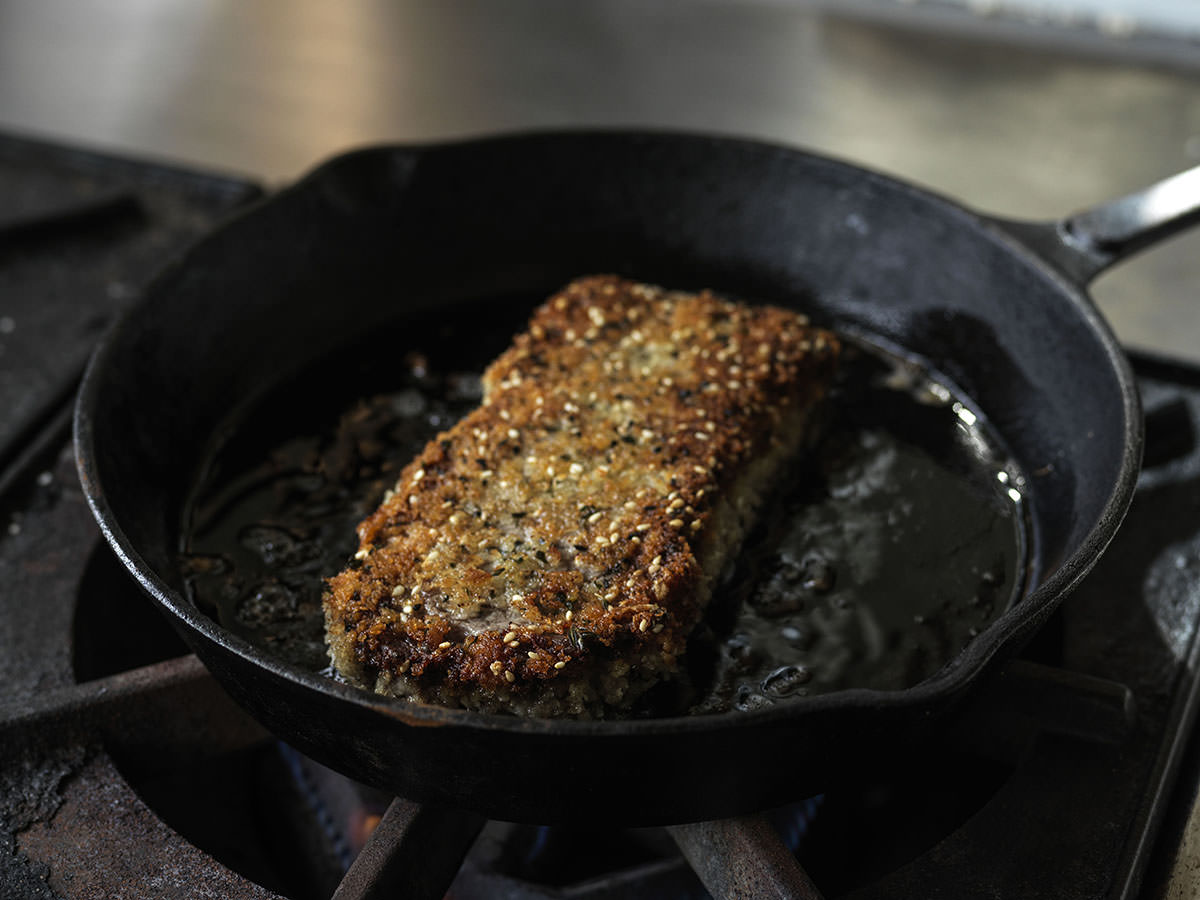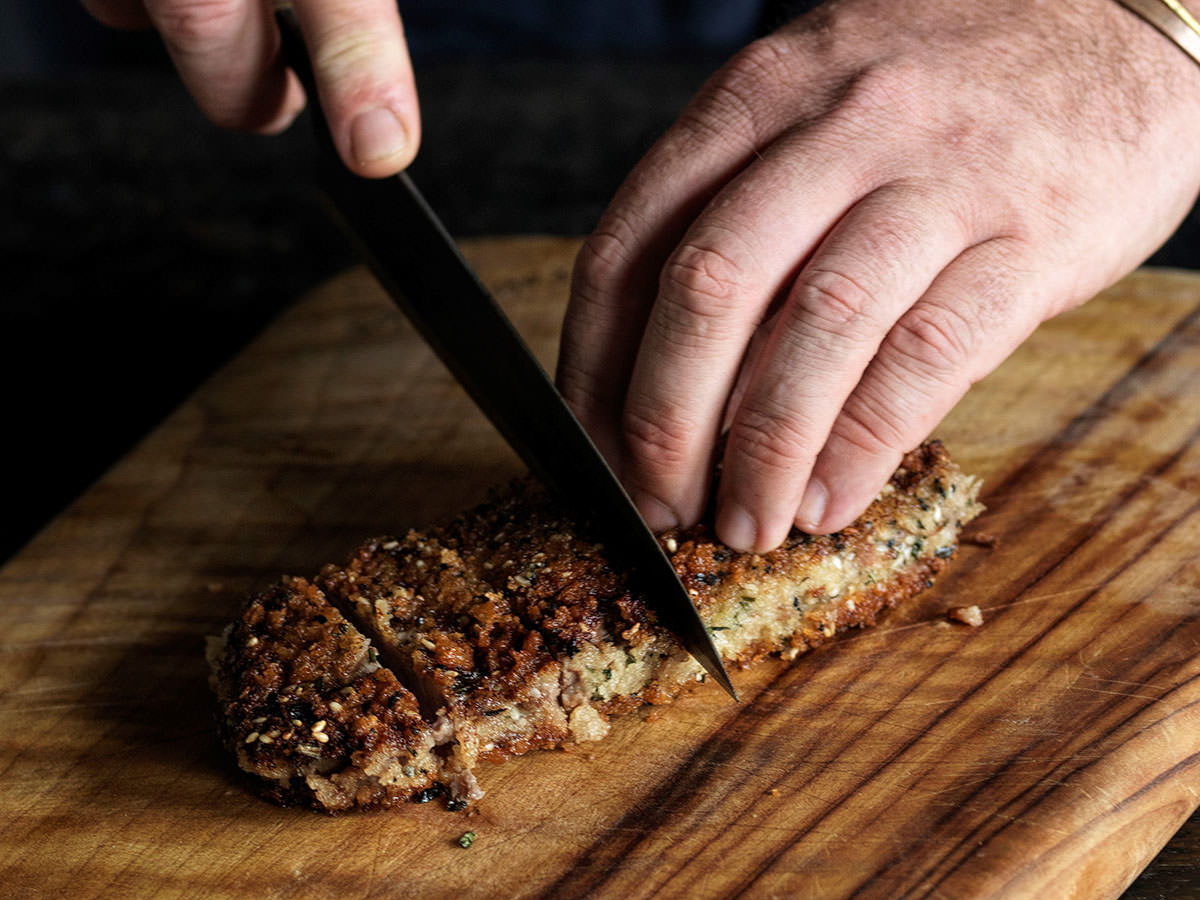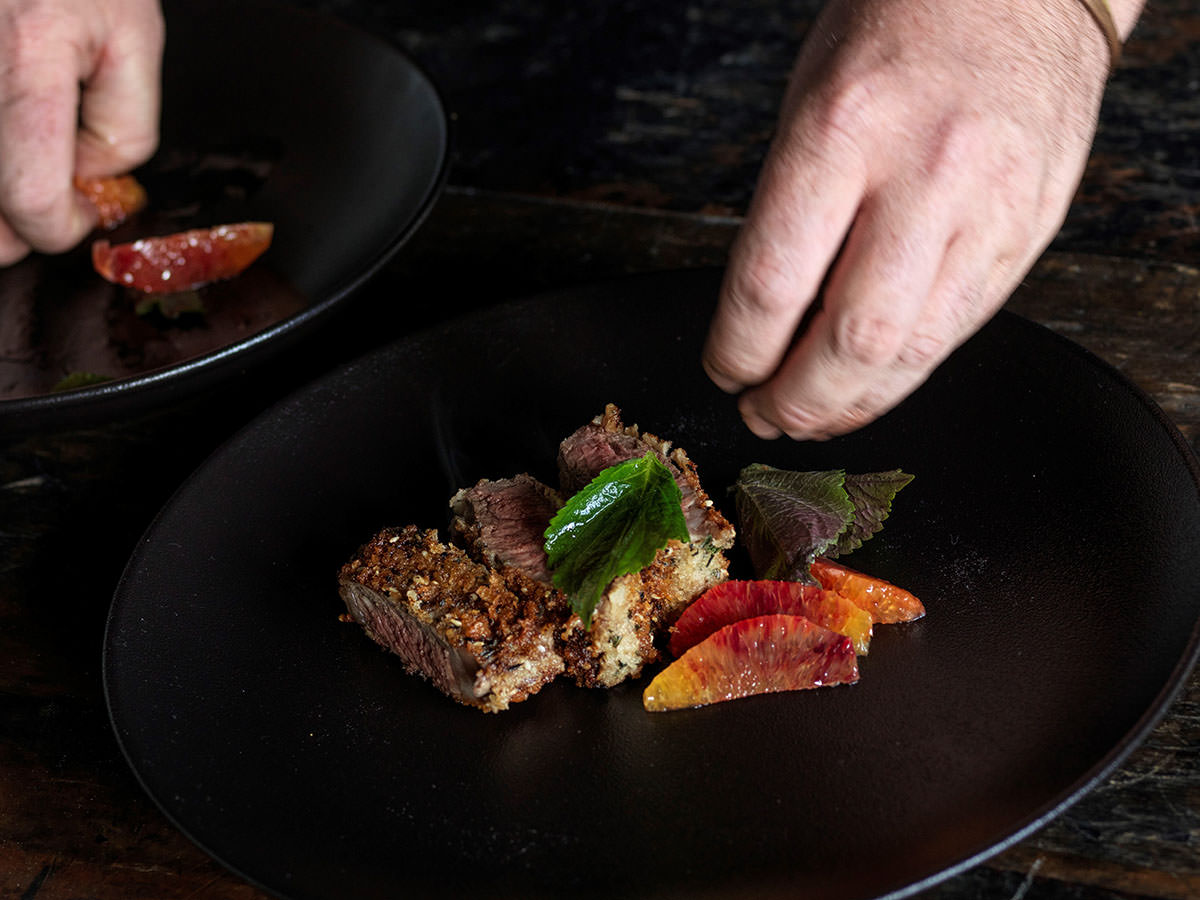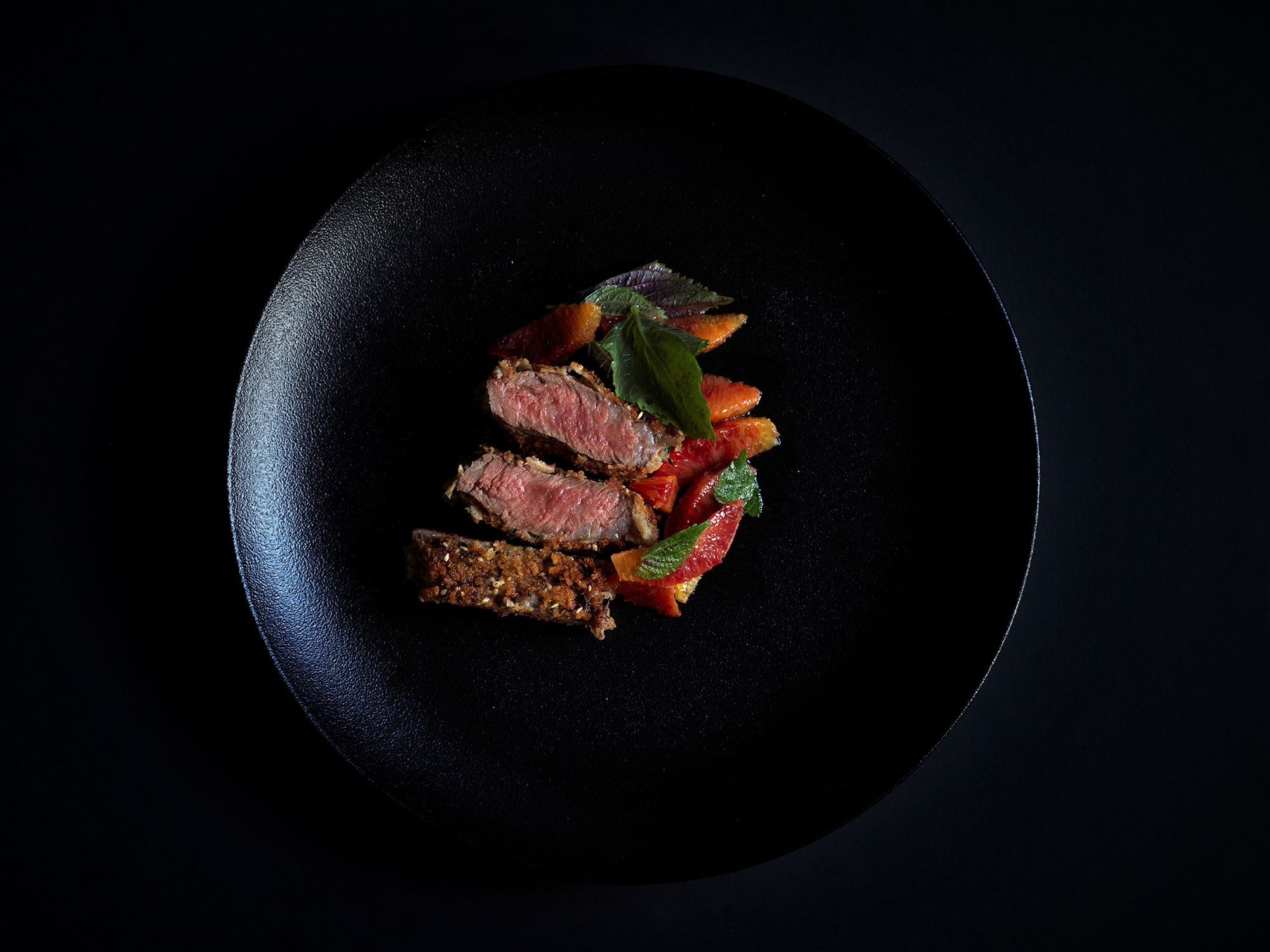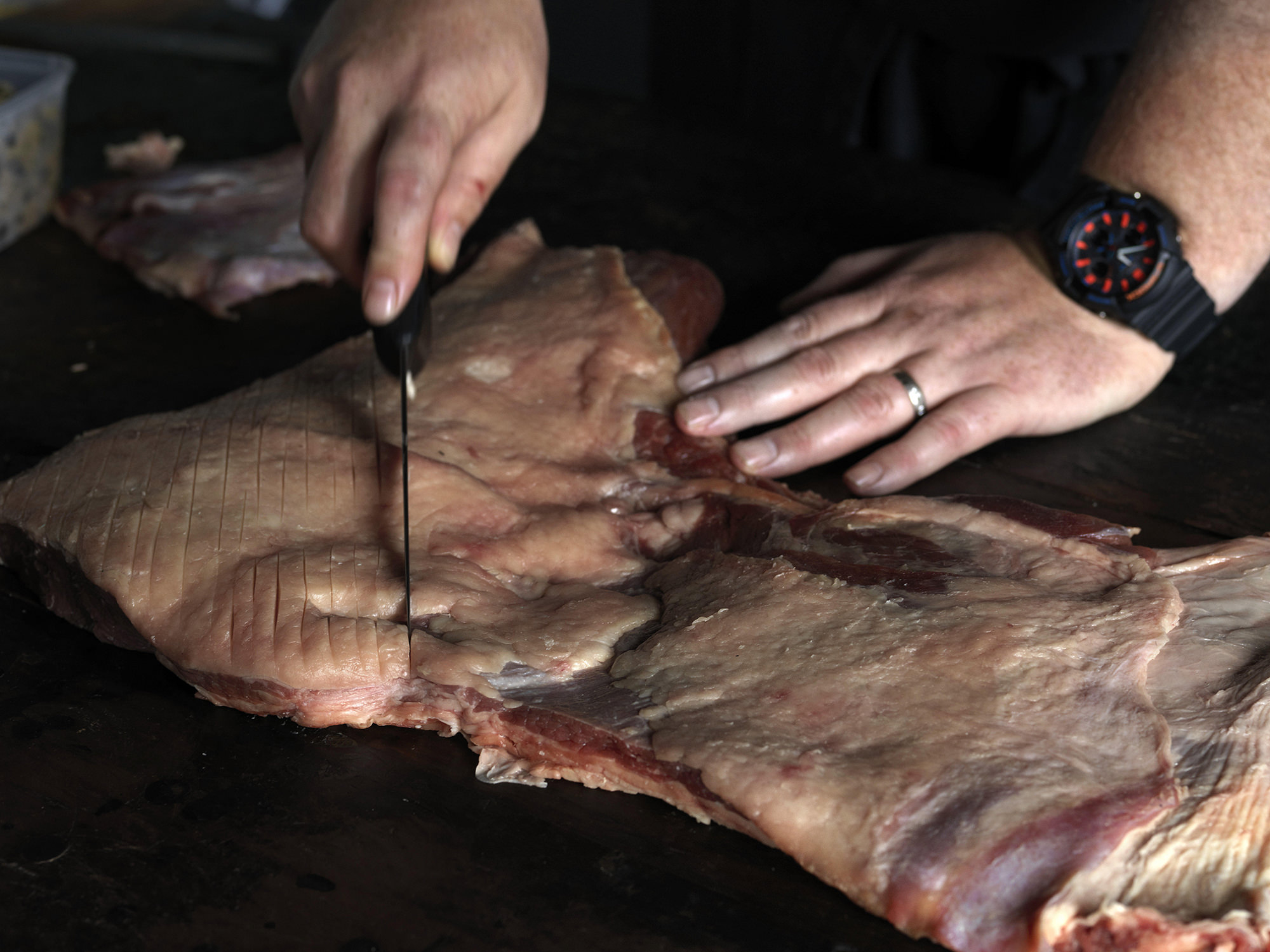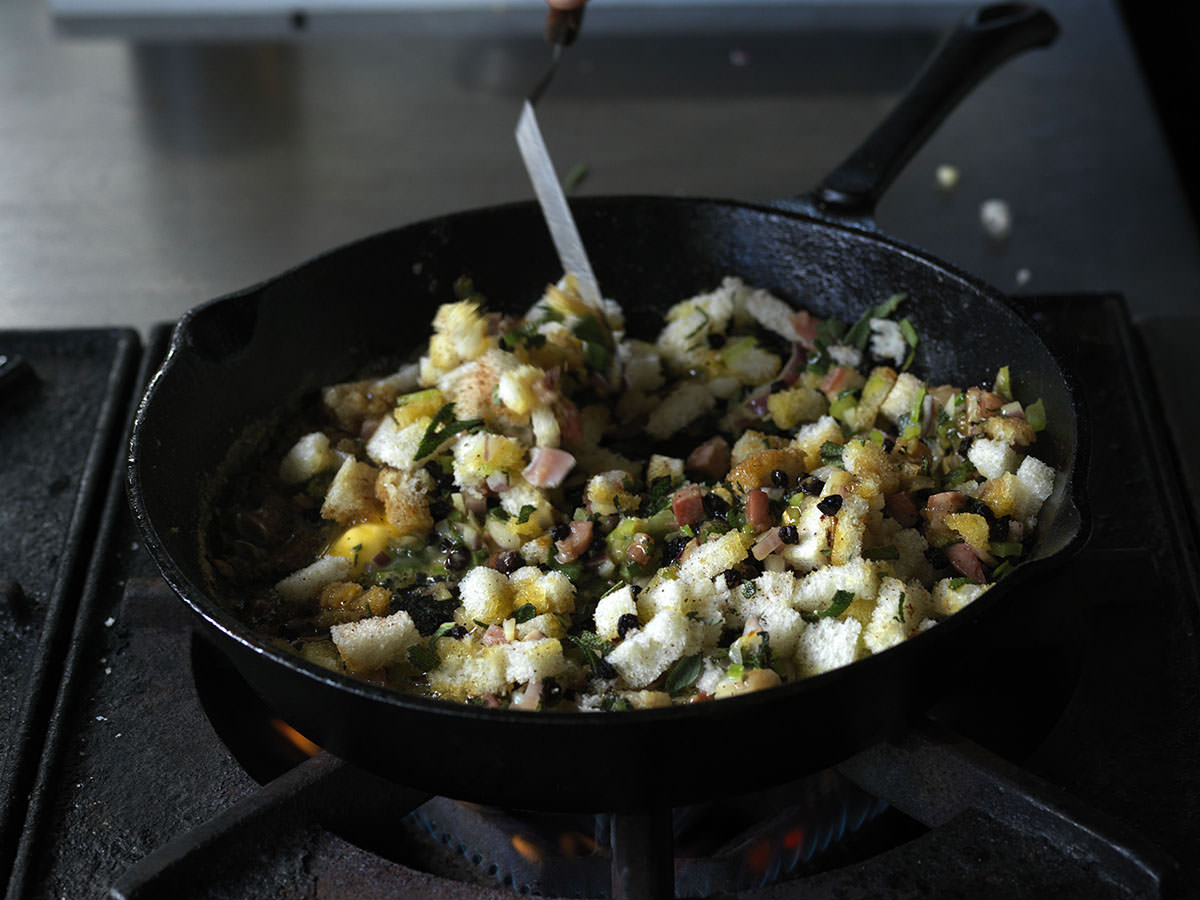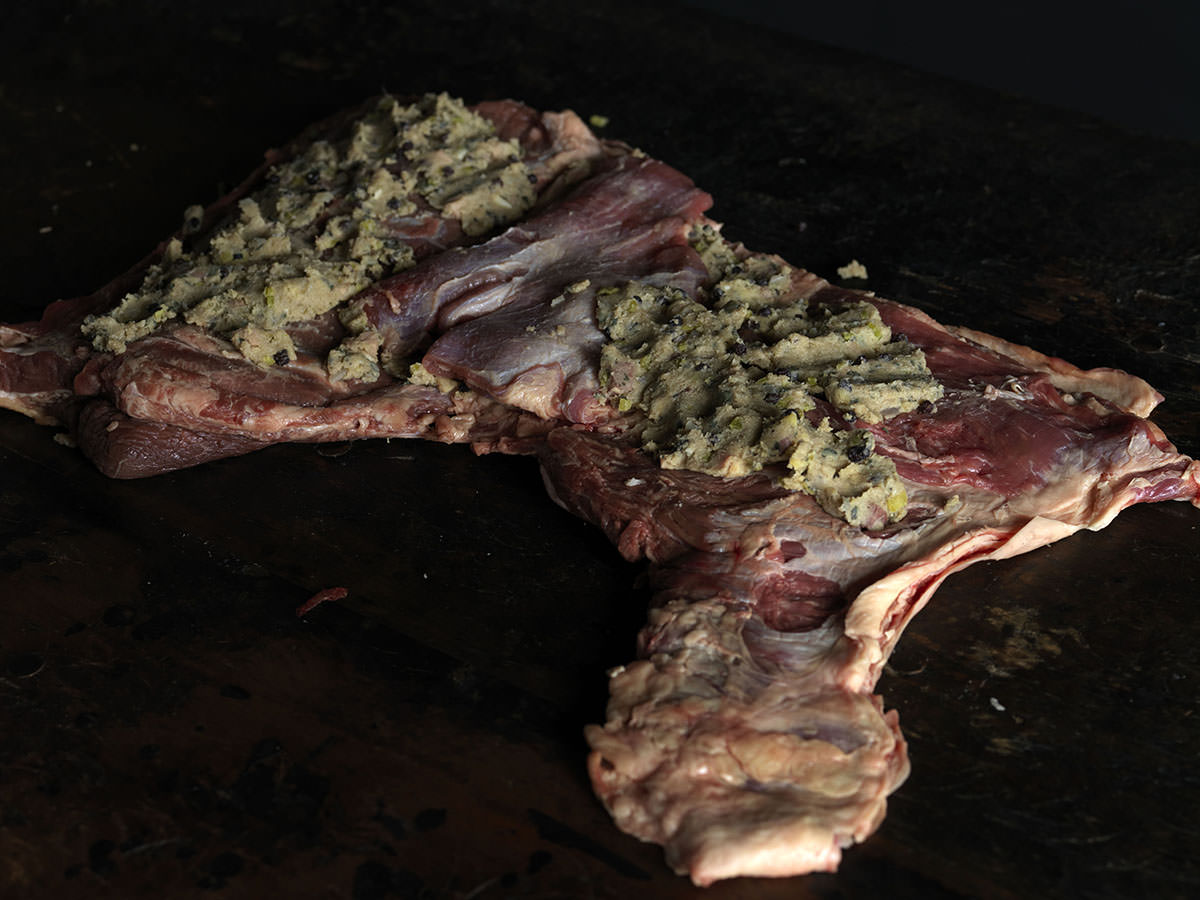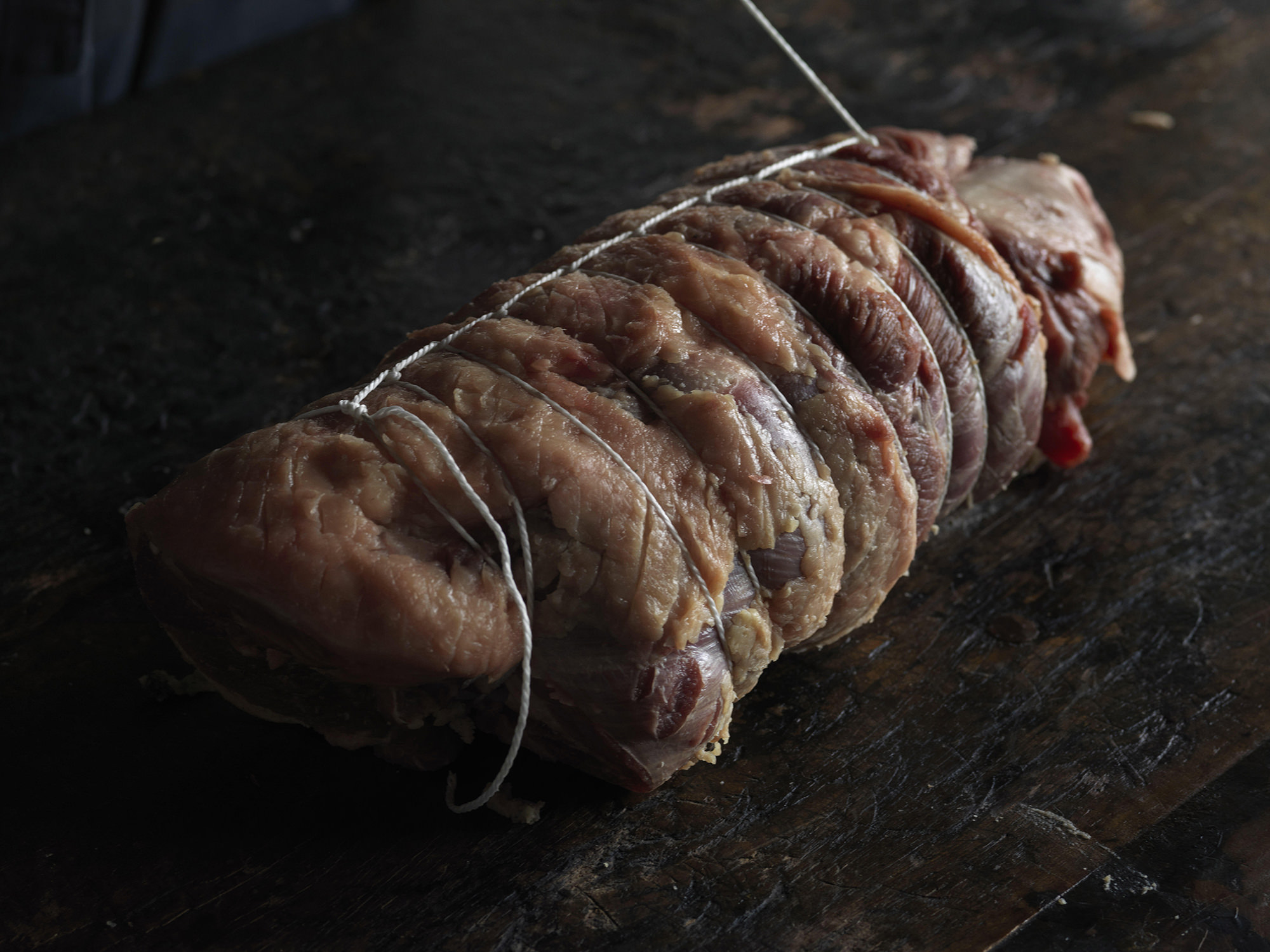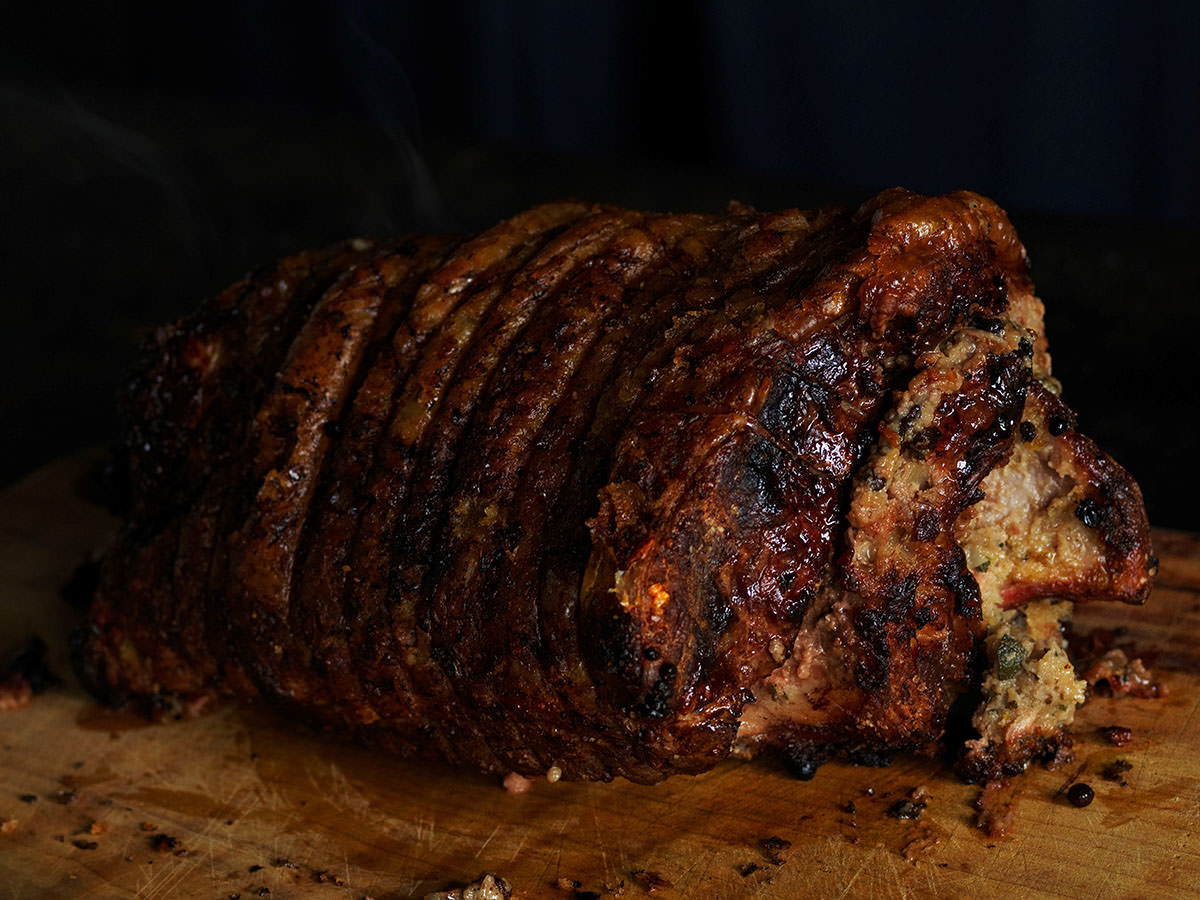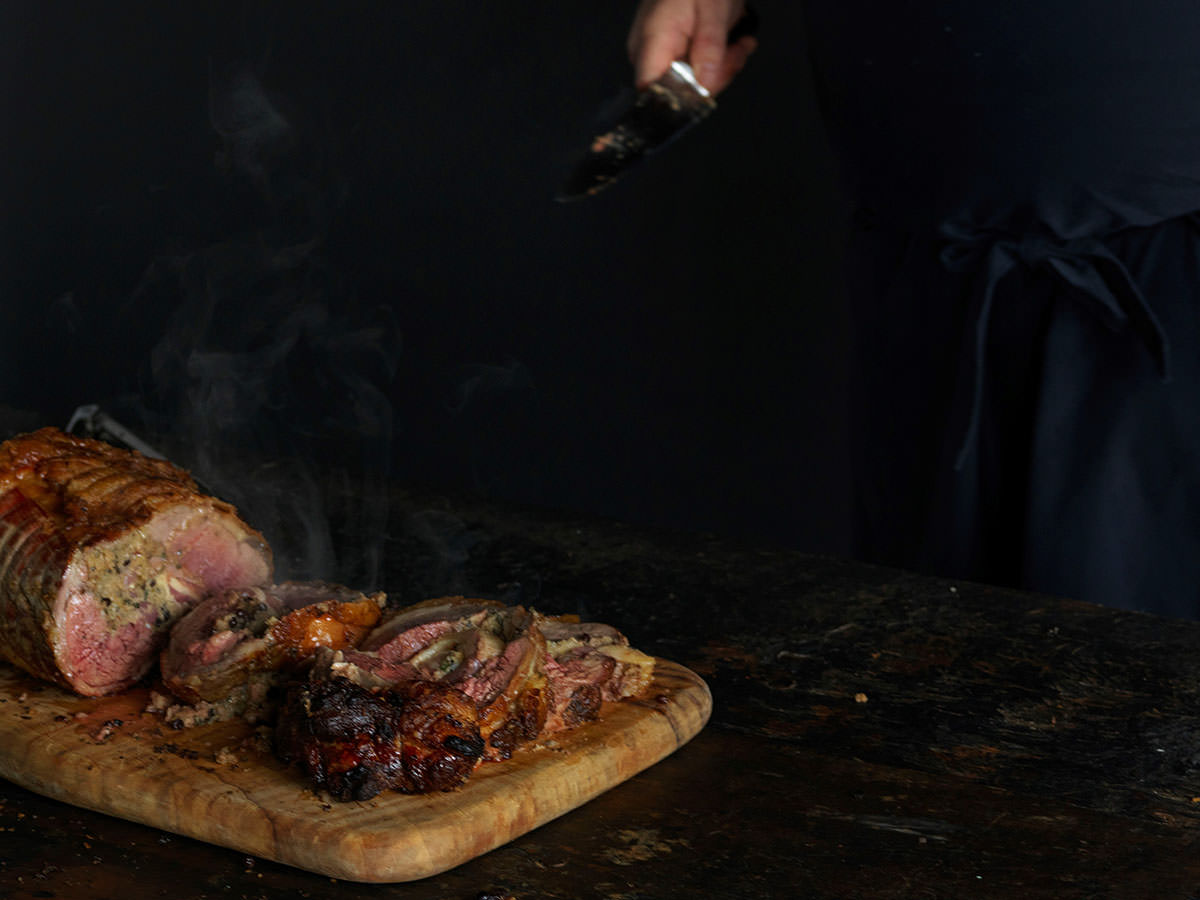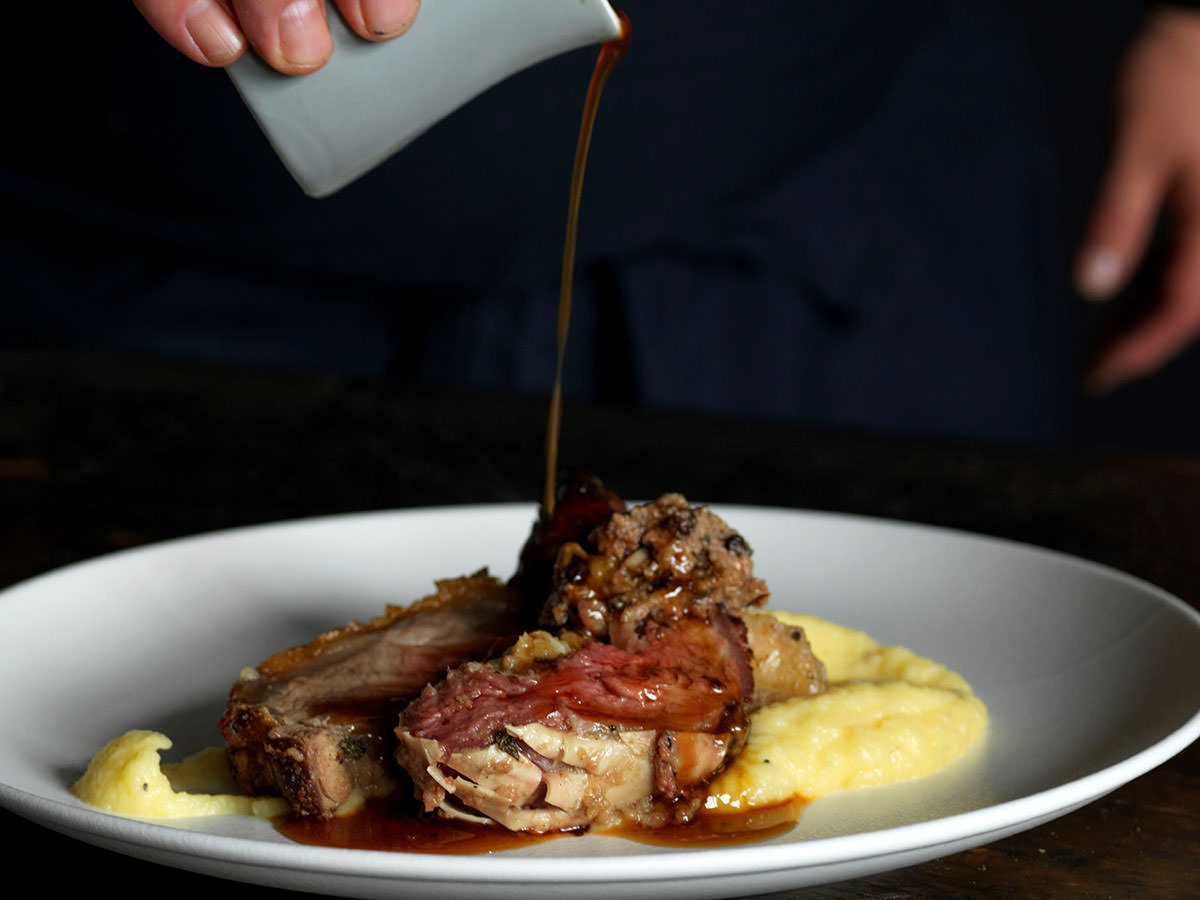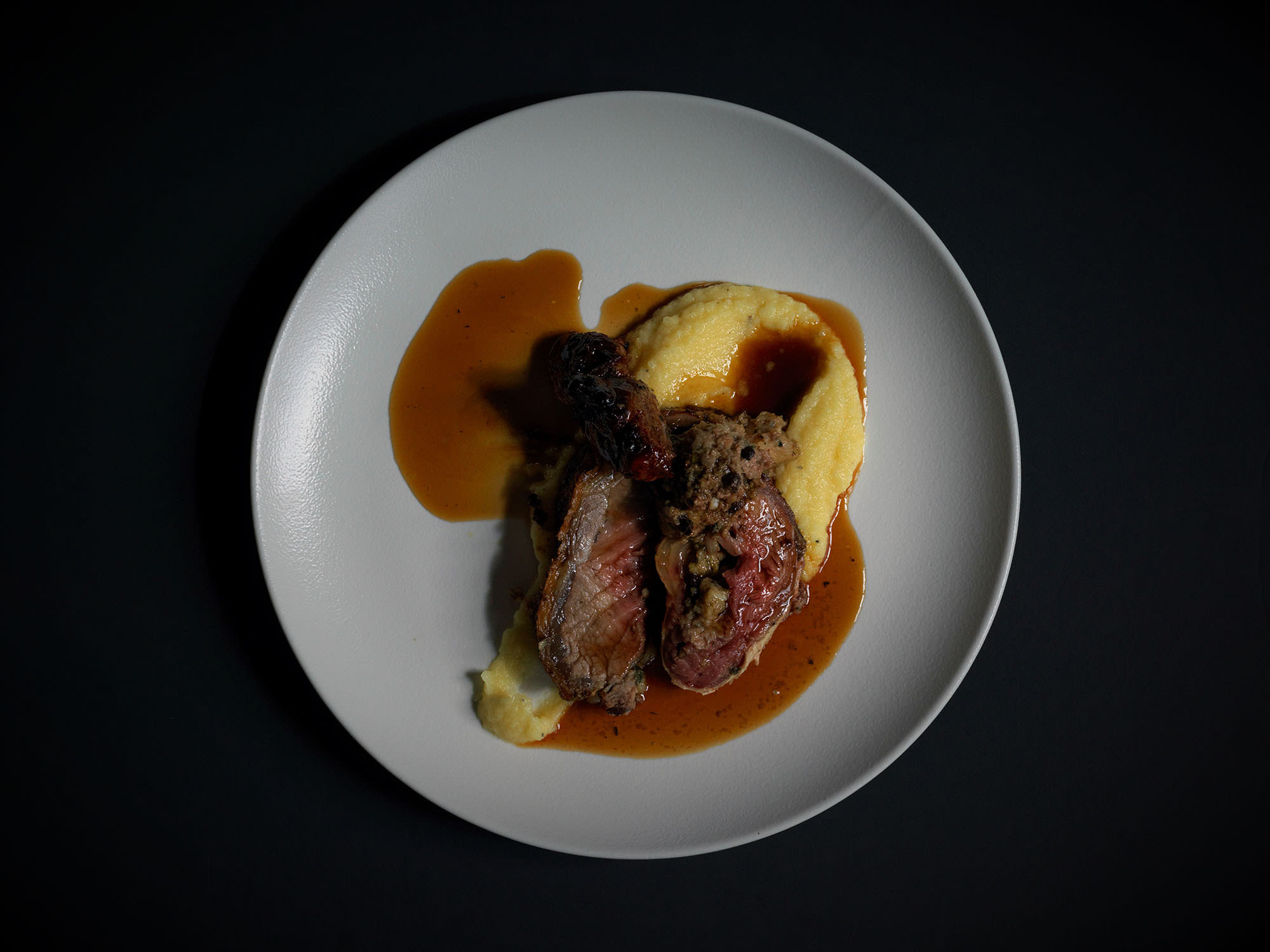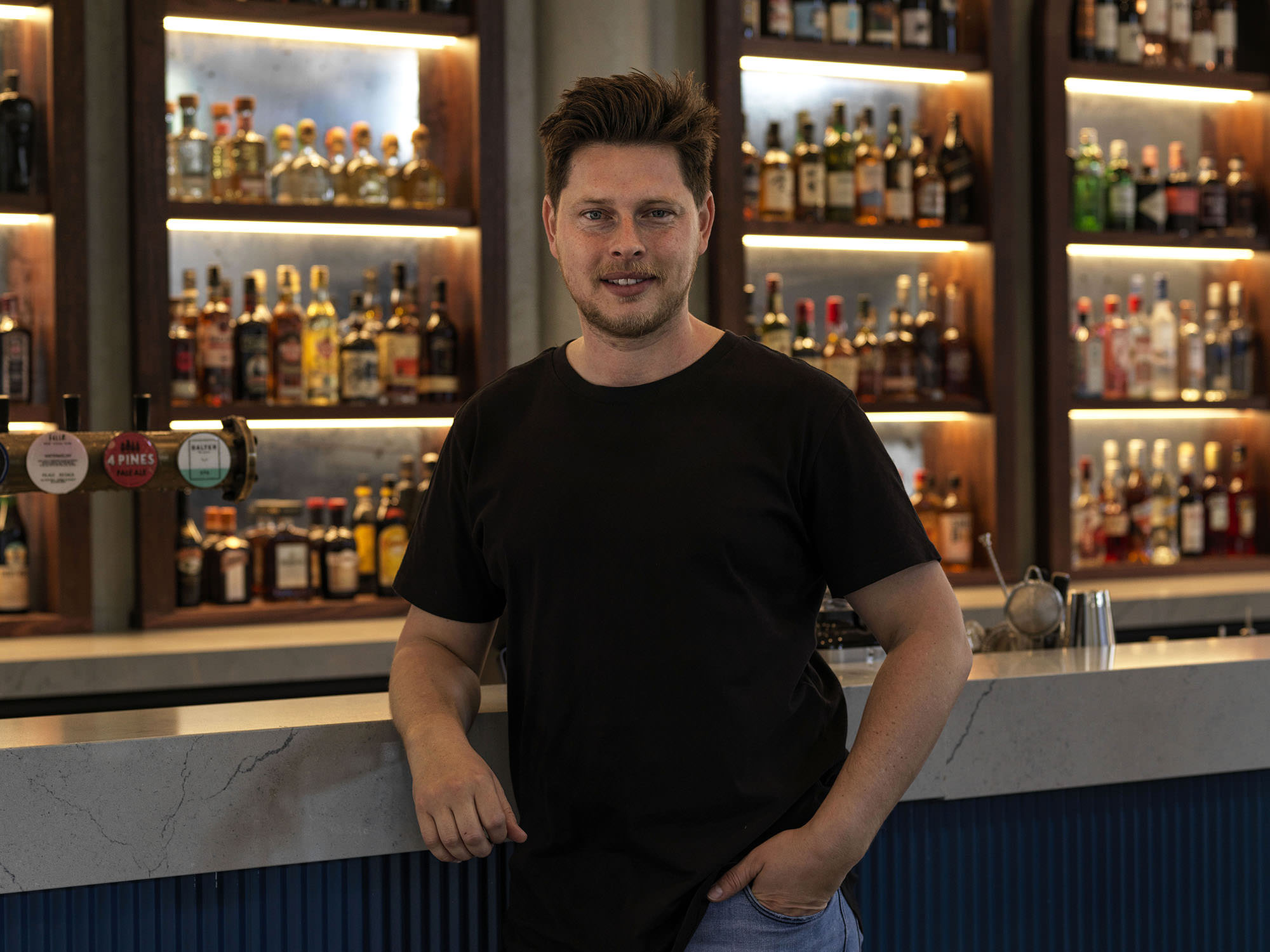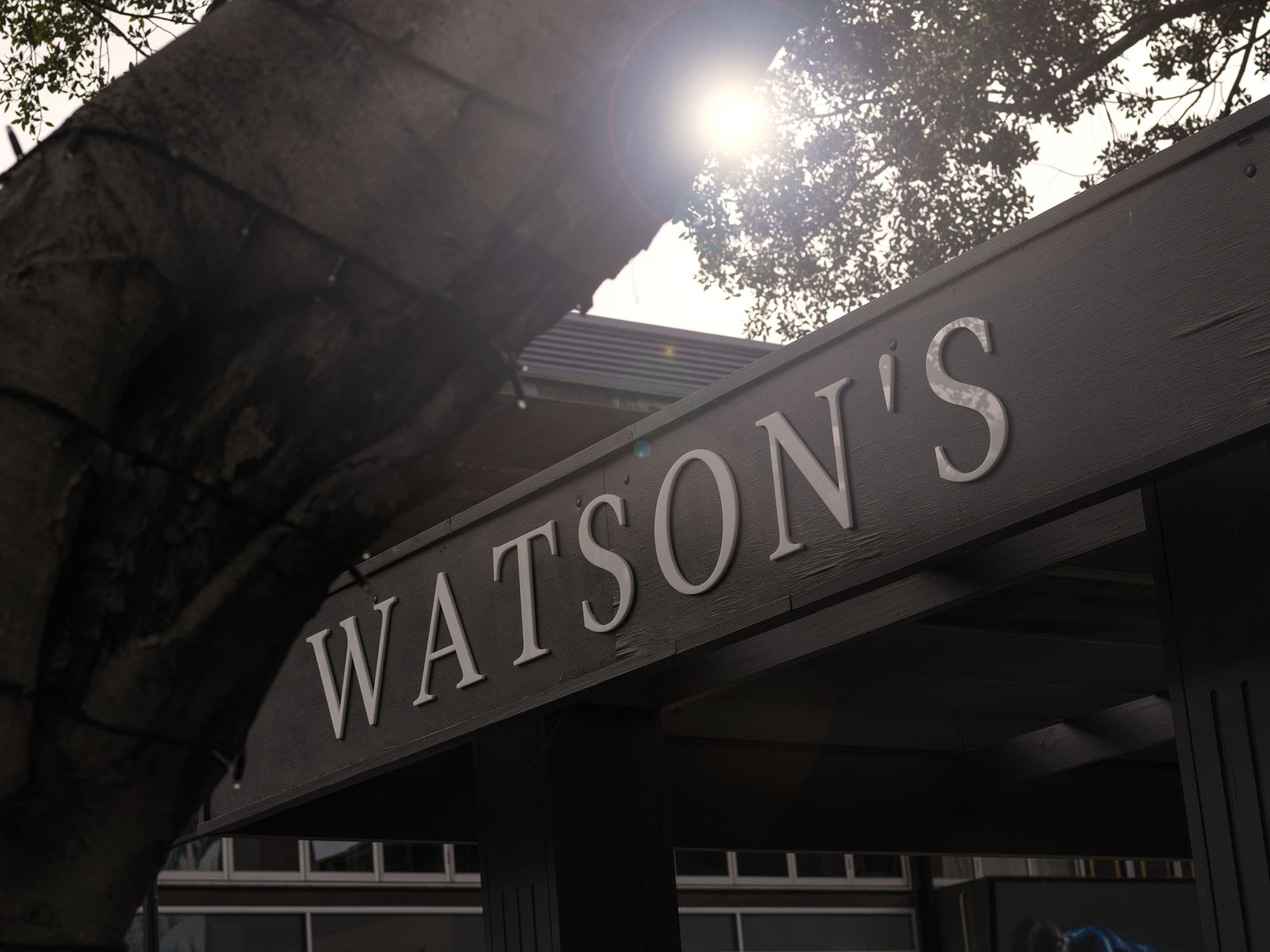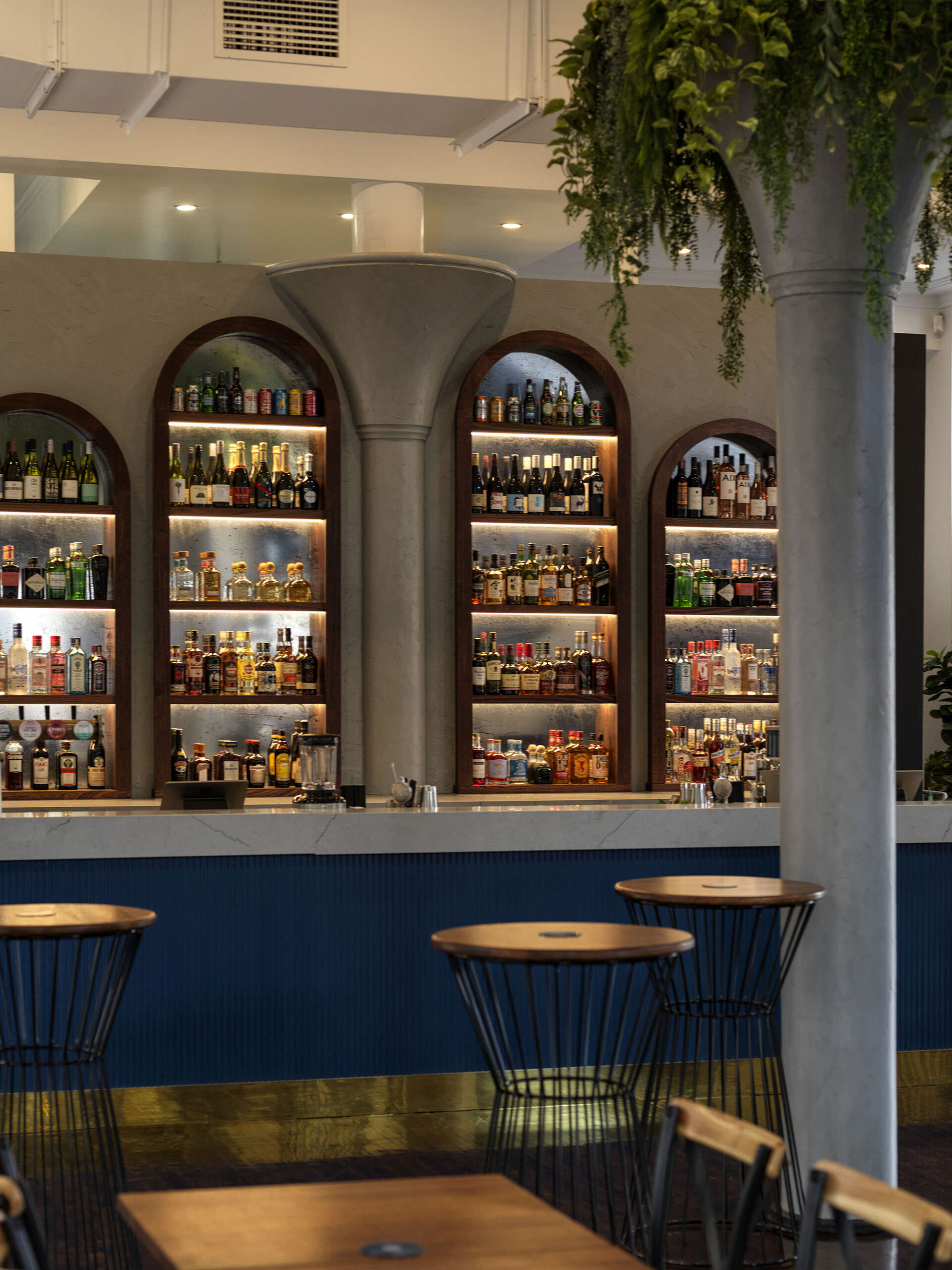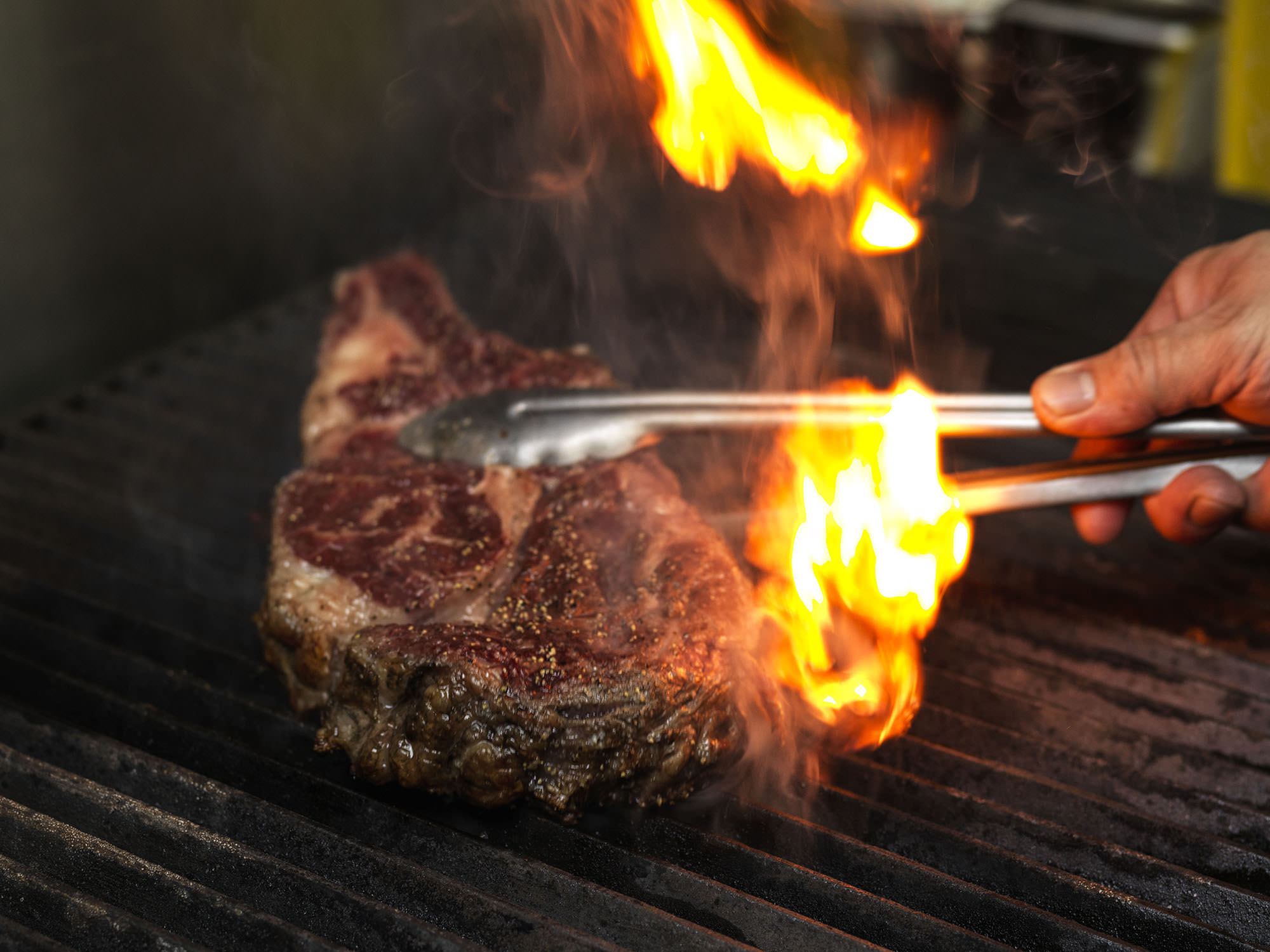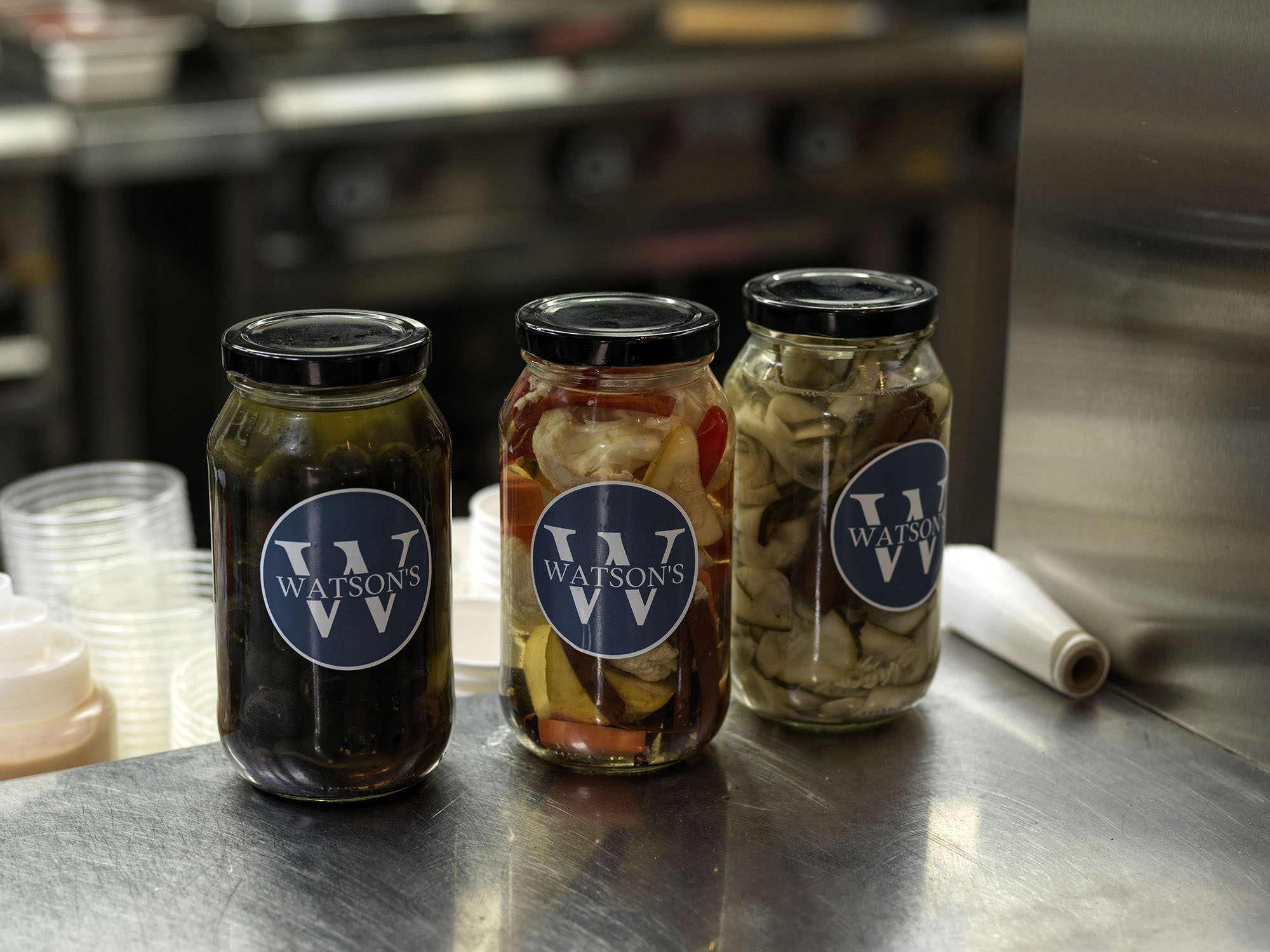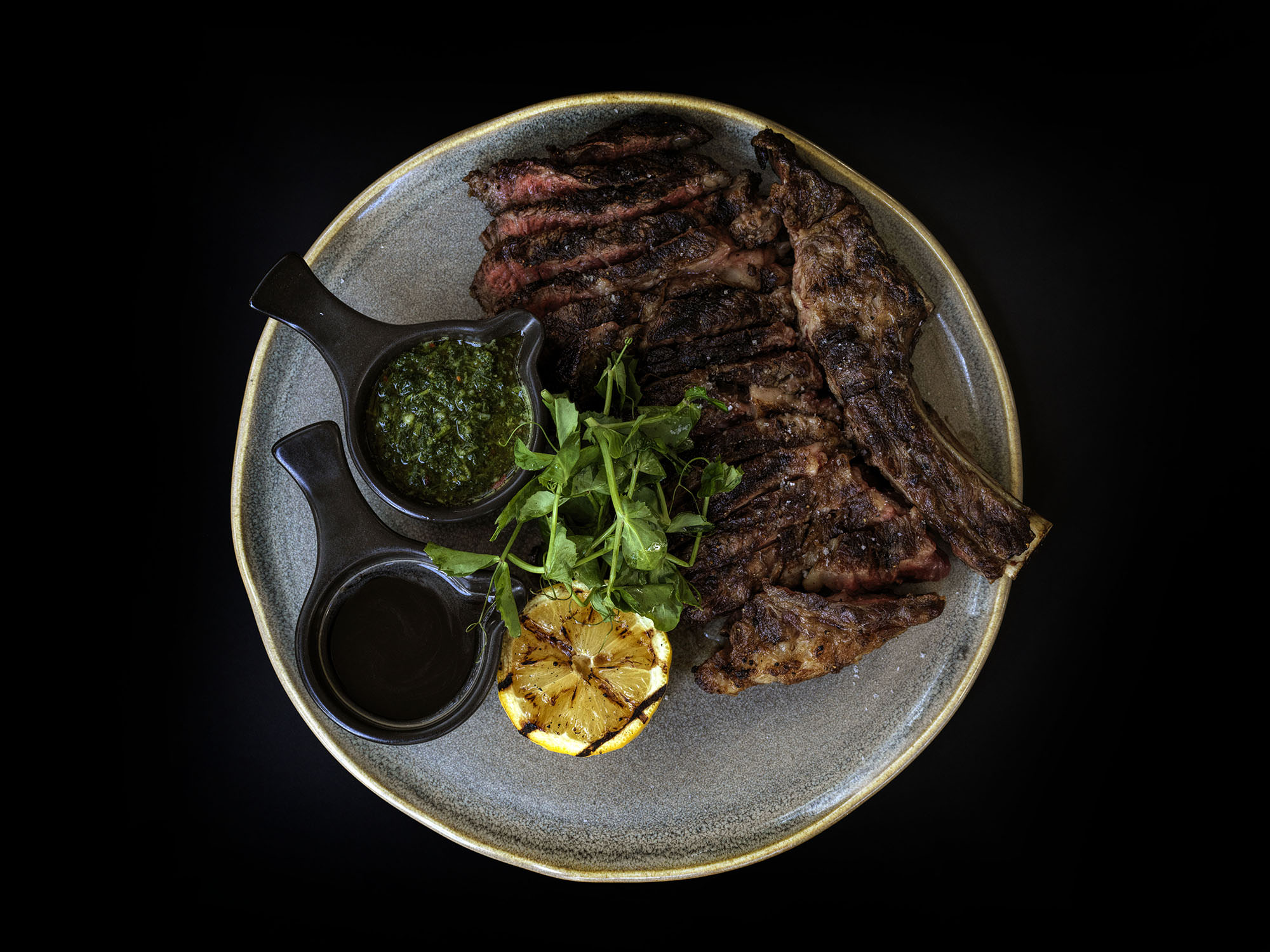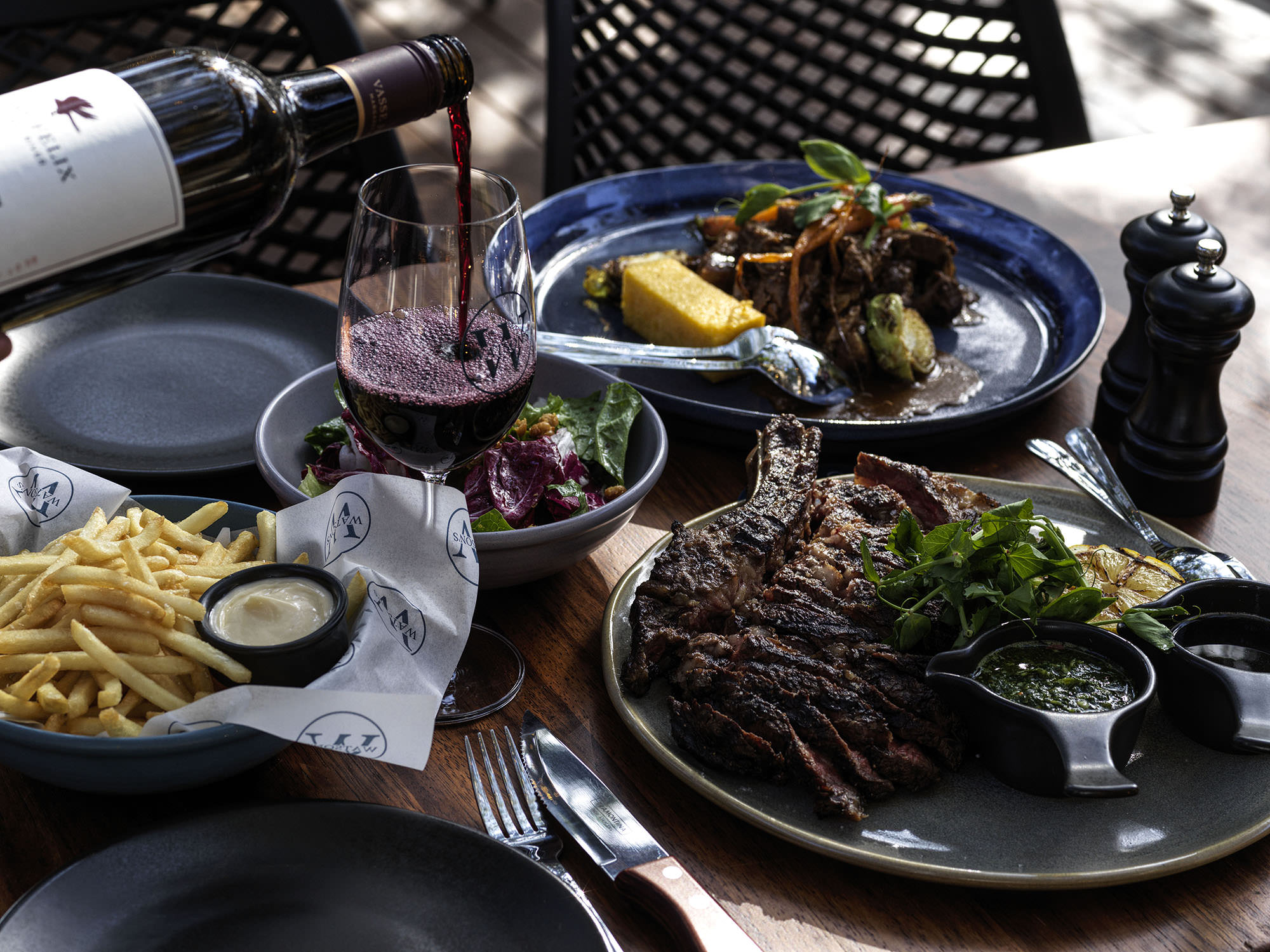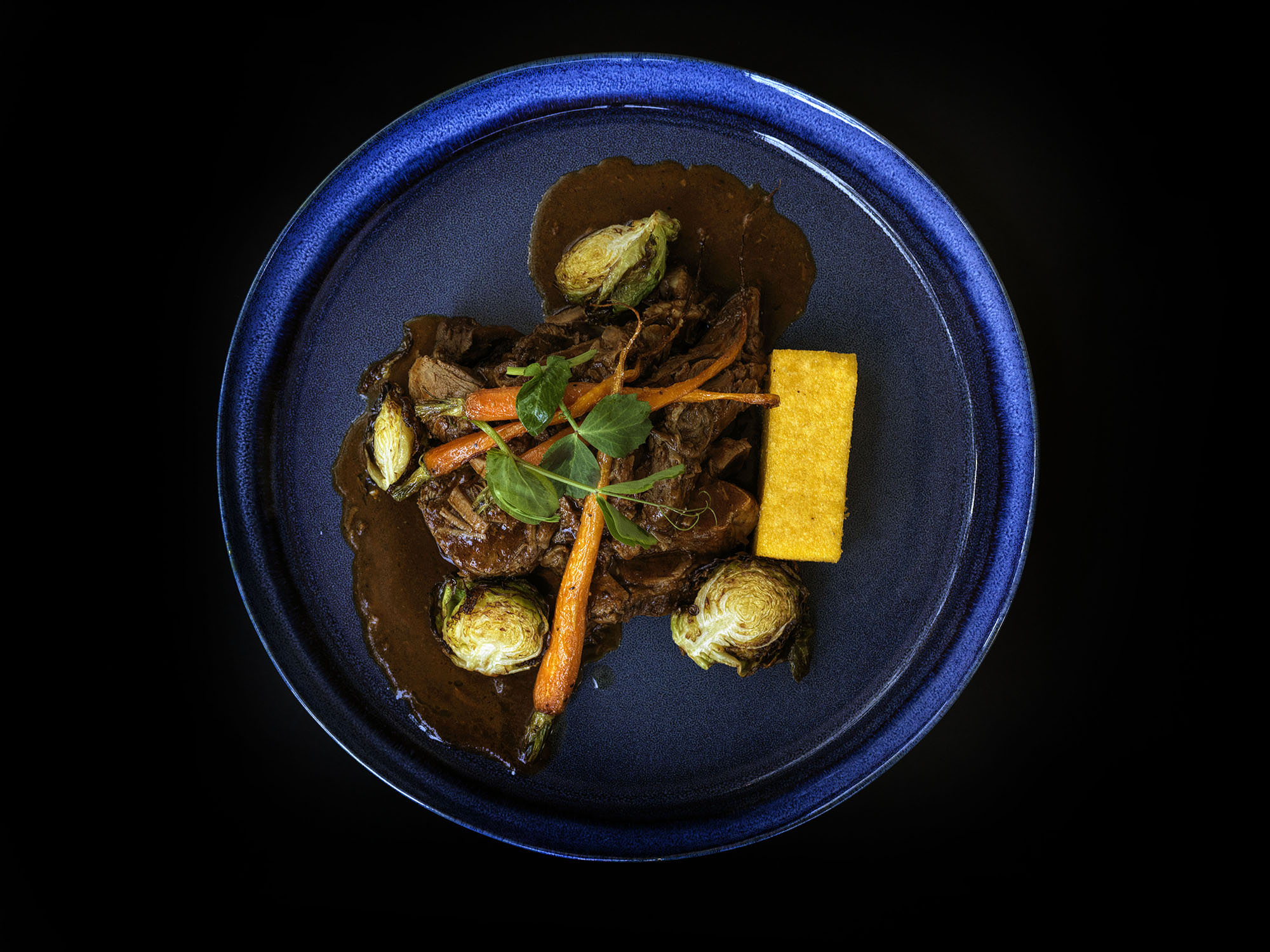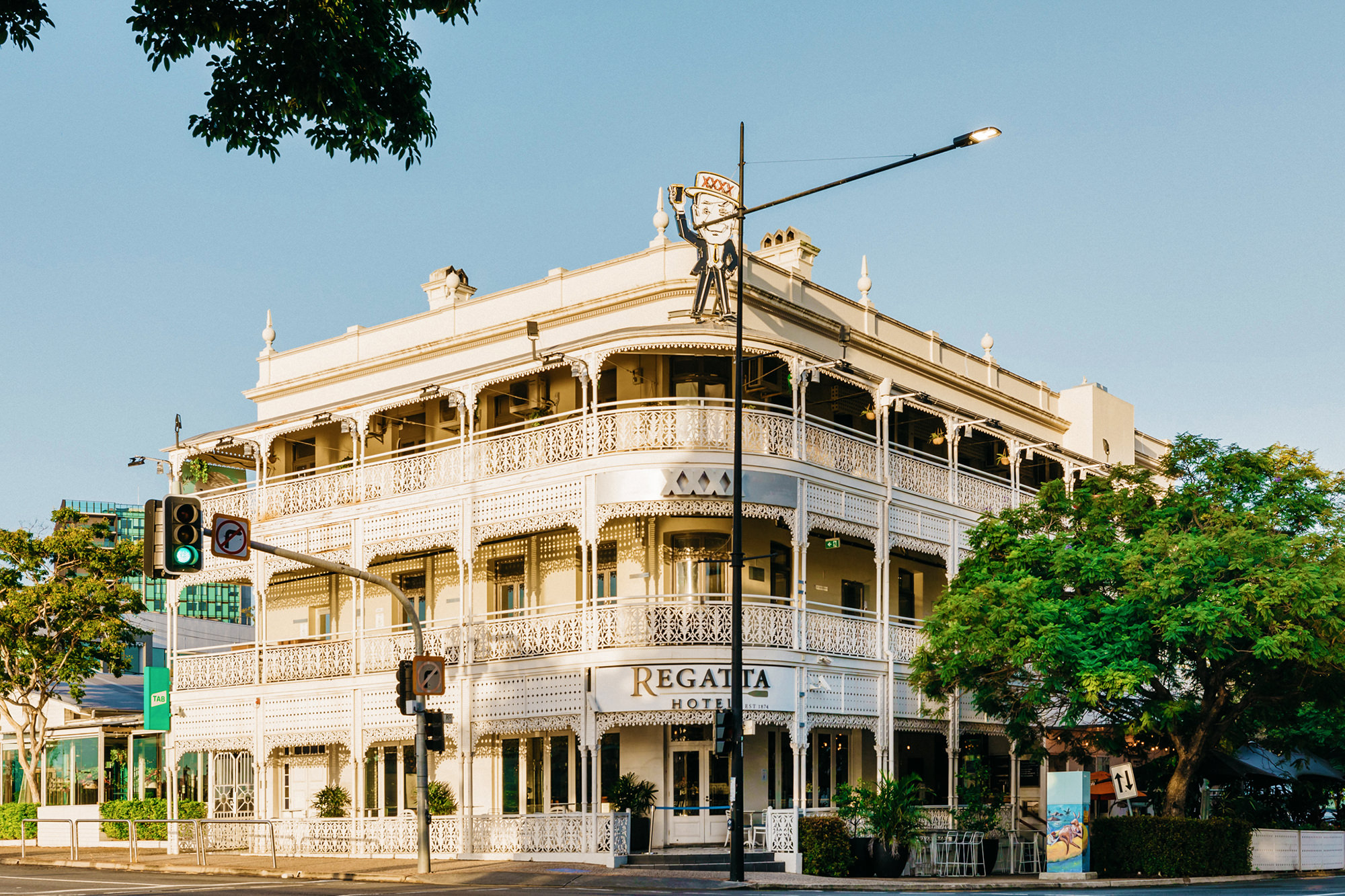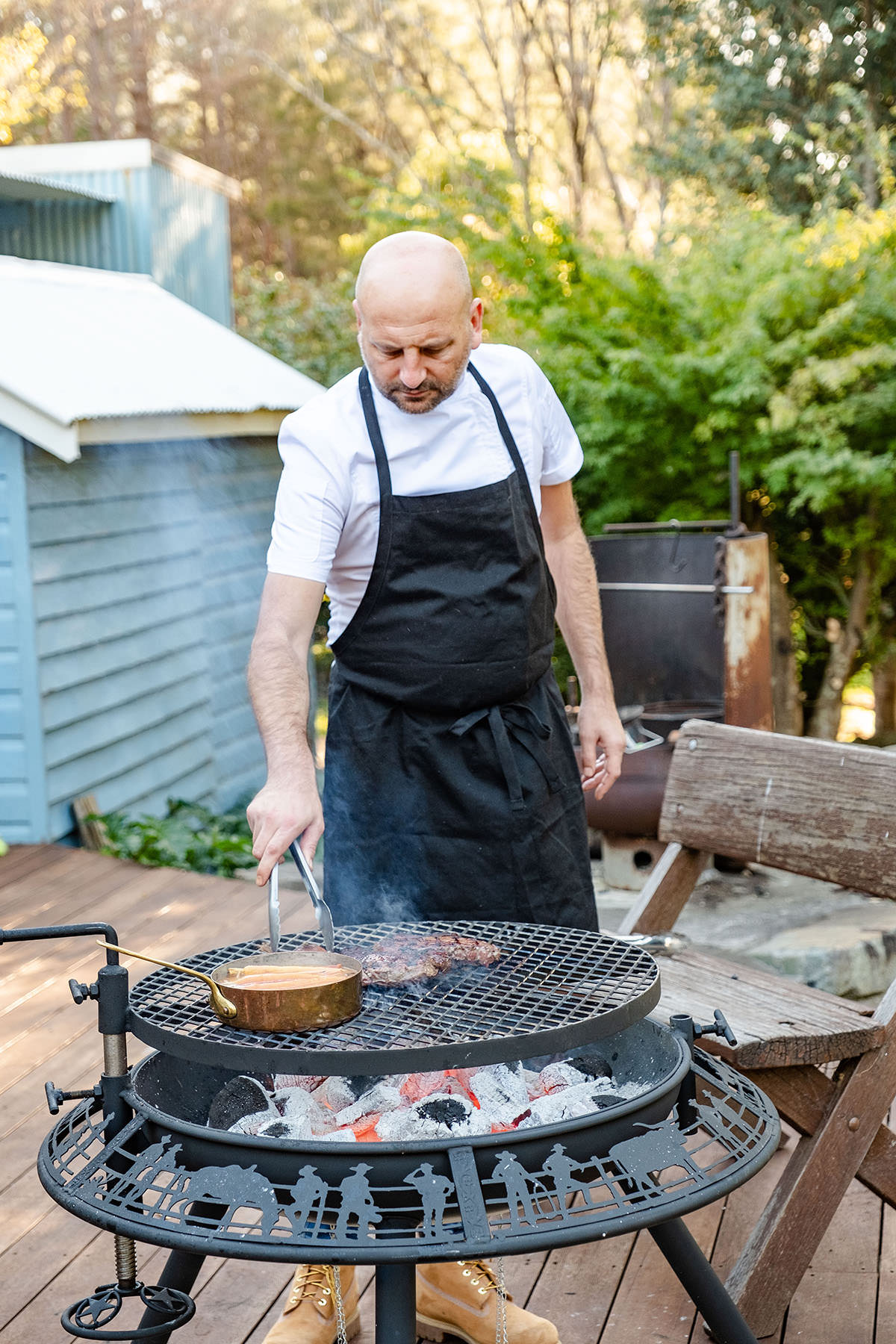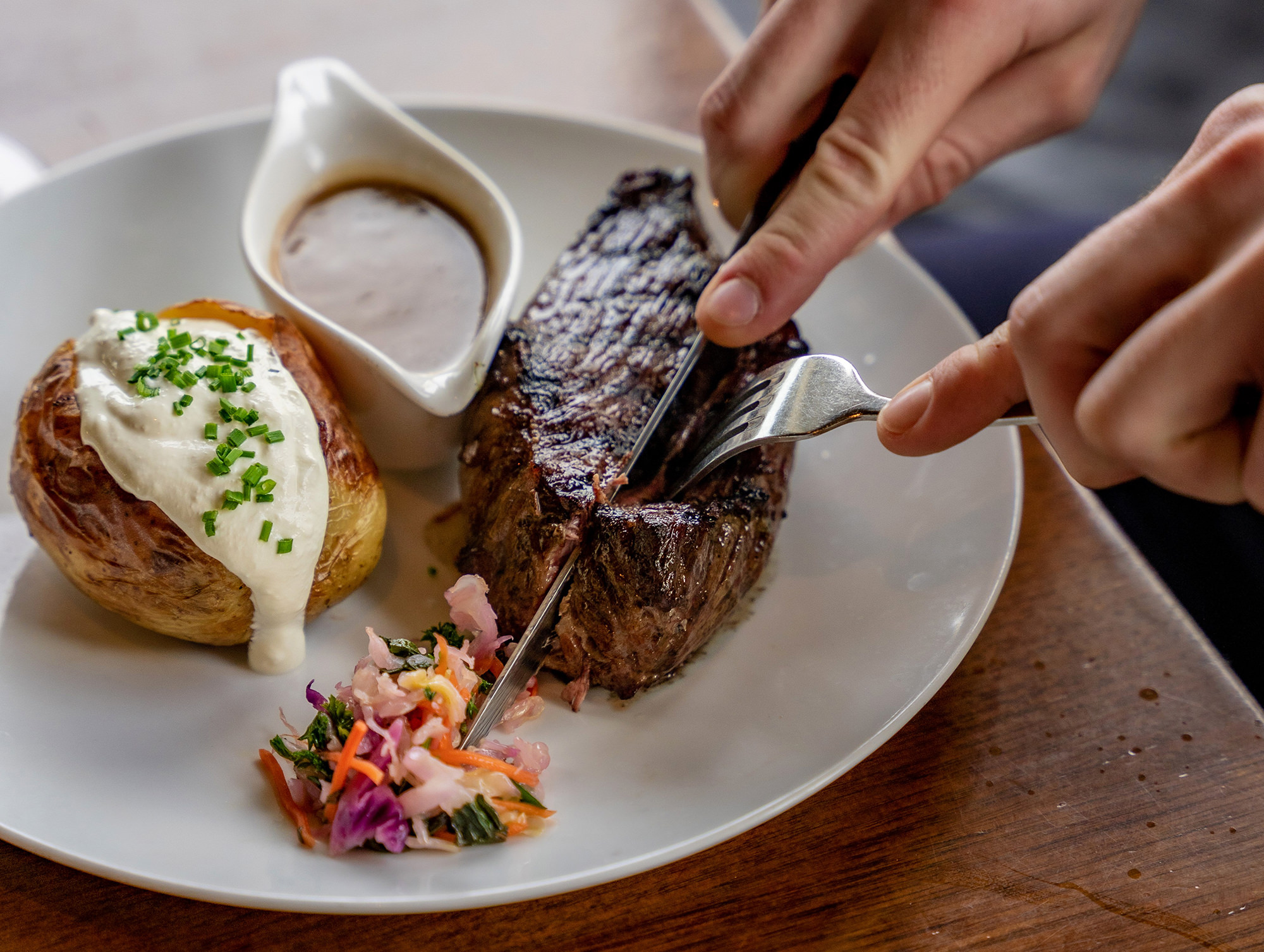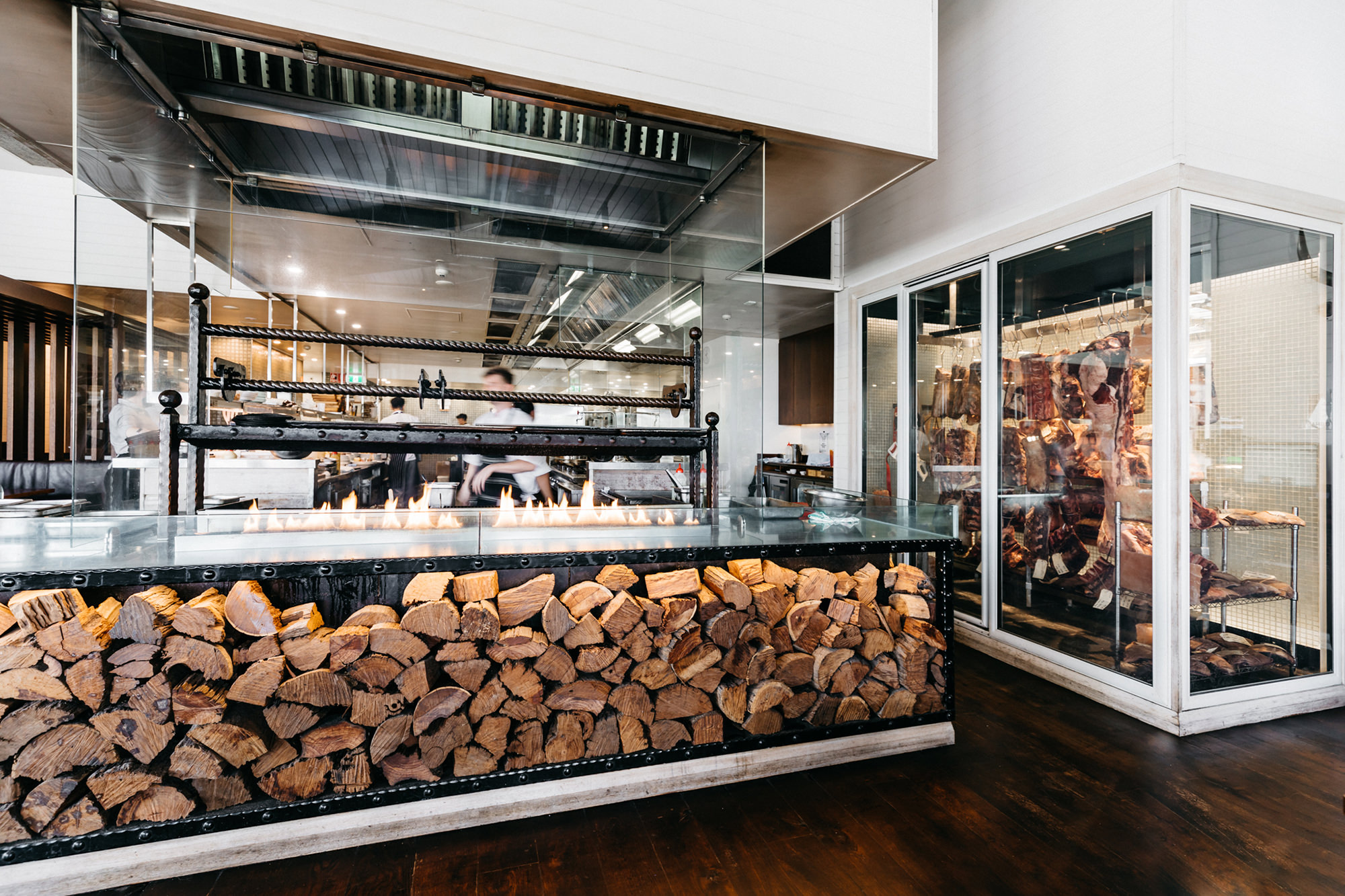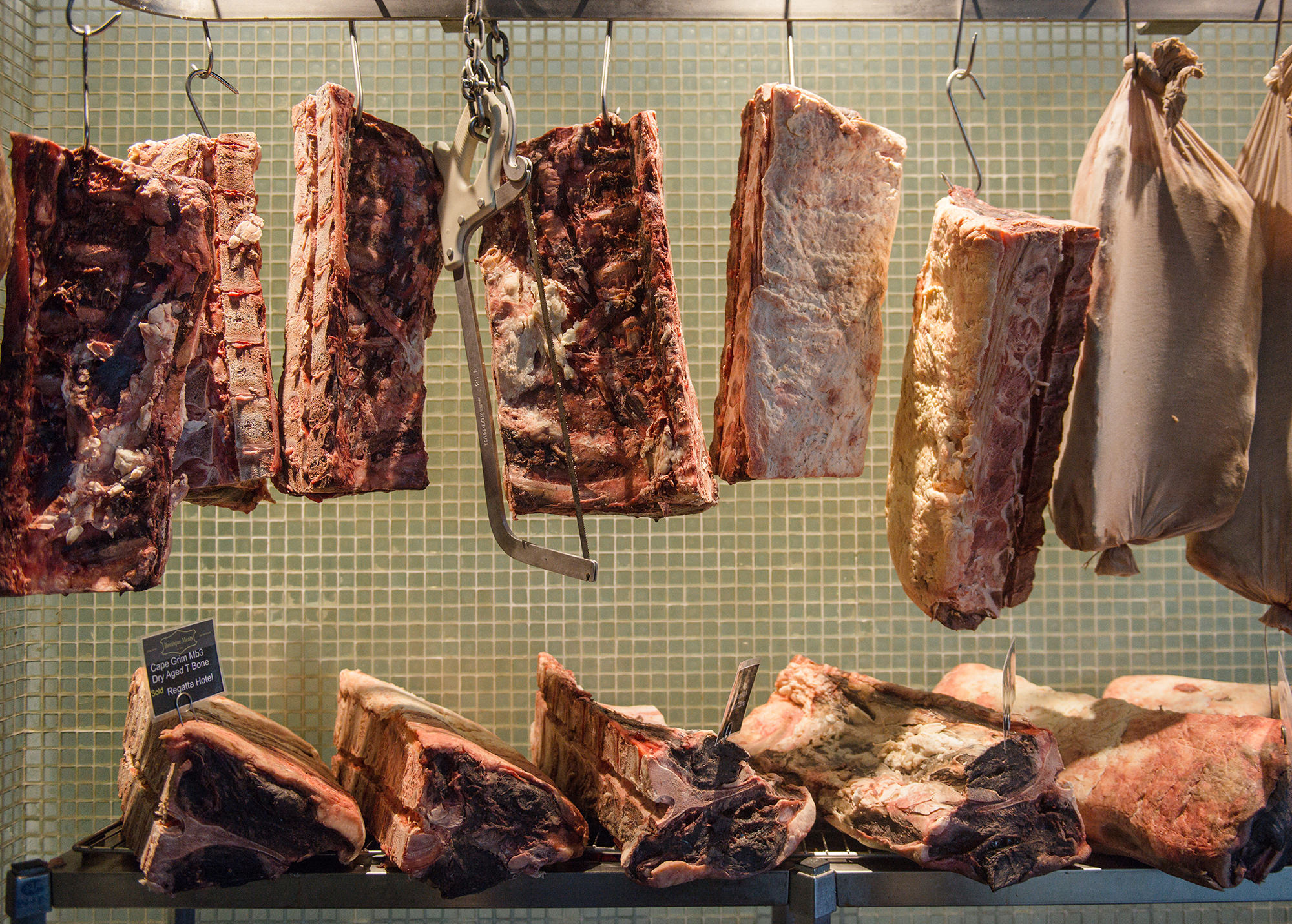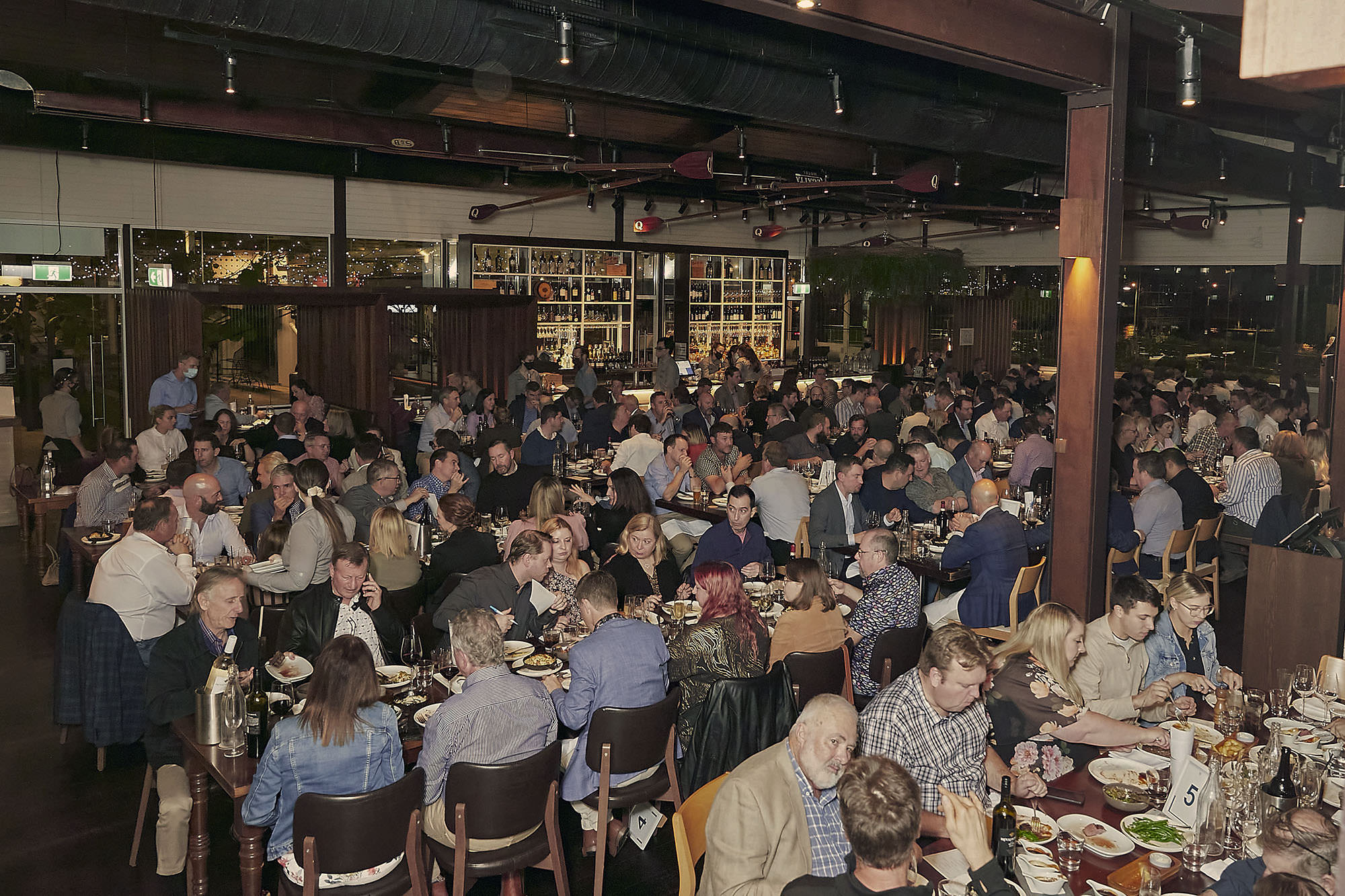Editor’s
Letter
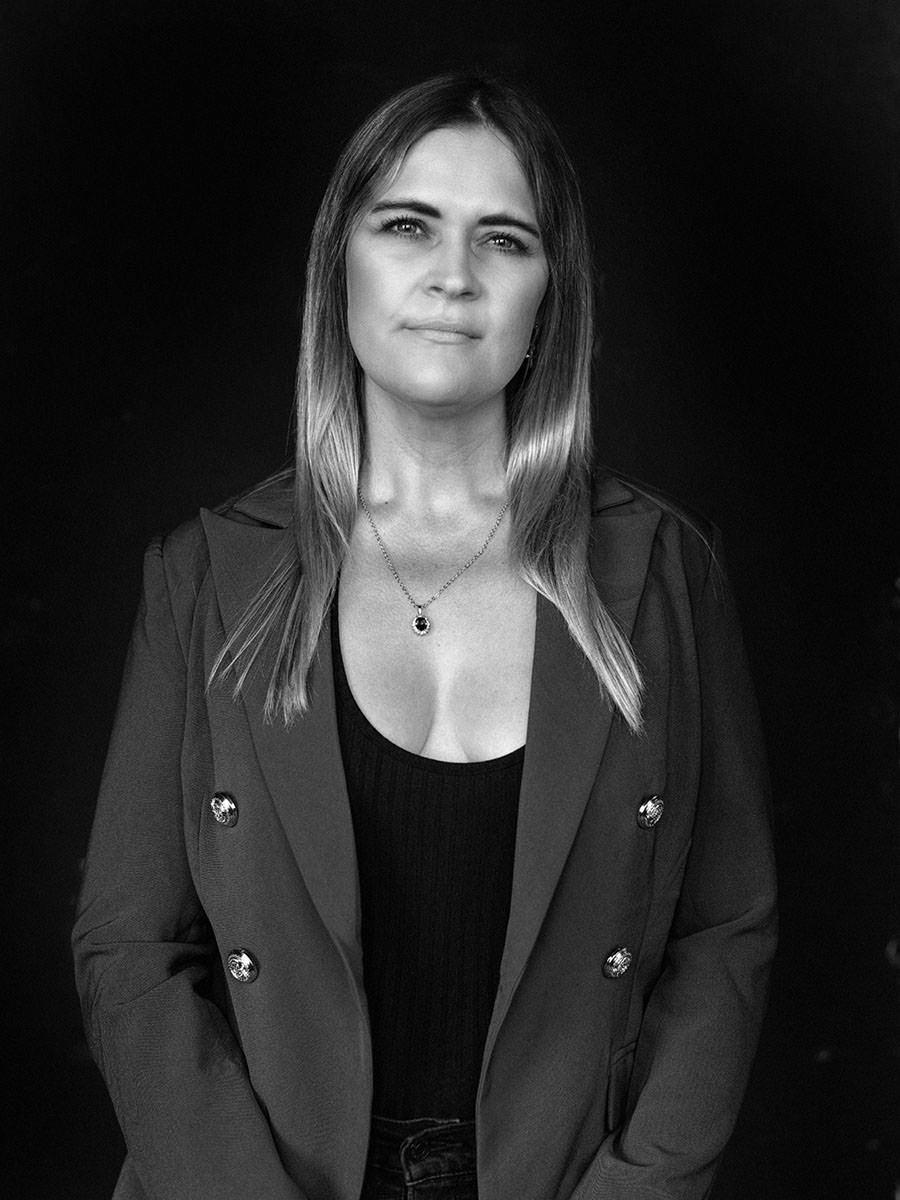
Producing this entire issue from my living room was definitely not what I had in mind when planning our special PUB issue, but here we are!
The Aussie pub is a national pastime, a rite of passage, a place where the community congregates to share good food, good booze and good times. As the country slowly emerges from multiple lockdowns, it is set to be a red hot season of celebration and the local pub is primed to once again be the central meeting place for almost any occasion.
Pat Nourse takes it to Tassie to profile Tom Westcott from Tom McHugo’s in Hobart. This little corner pub punches well above its weight in all classes – the food, the booze and the people. It’s definitely one of my favourite pubs and I can’t wait to jump on a plane and visit Whitney, Tom and the team as soon as possible. In the meantime, sit back, relax and let Pat’s words wash over you as you imagine tucking into the haggis bao or hot house-made pastrami roll.
Fortunately we had the foresight to shoot an extra episode of What’s Good in the Hood way back in June before lockdown hit. This time it’s Newcastle that gets a dose of Myffy magic. Newcastle is booming and the food scene is an ‘edible adventure’ that you should be adding to your list. We’ve done the hard work for you – follow our lead and enjoy the ride.
Mark Best profiles the historic Royal Richmond in Sydney’s west – a hotel serving the local community for 173 years. After a complete refurbishment, the venue continues its local focus with a menu that showcases local produce including a unique relationship with Western Sydney University to provide beef and lamb produced on its Hawkesbury campus.
Our Young Gun is Michael Watson who has taken on his first bricks and mortar venue. If you have visited the Entertainment Quarter at Moore Park for a sporting match, concert or festival – it’s more than likely you’ve had a pre or post drink at the corner pub. Previously PJ O’Gallagher’s and before that The Fox and Lion, the old haunt was in need of some young blood. The sparkling new venue Watson’s is ready to roll when restrictions lift – the EQ has been waiting on a winner and Watson’s has arrived.
It’s Veal’s turn on the chopping block for Cut Two Ways and it is in the capable hands of two chefs at the helm of some of Sydney’s most well loved pubs. From a tricked up schnitzel to a glorious veal-chetta it’s the veal-deal by all accounts.
Finally, I am excited to introduce our new section BIG BUSINESS. Ever wondered how 5000+ hungry miners are fed at an isolated mine site in the Pilbara? Or what goes into catering some of the biggest events in the country? Big Business will tell the stories you don’t often get to hear. First up for our PUB issue we chat with Australian Venue Co – operating 170 venues Australia wide and using 40 tonnes of beef a month.
Here’s to pubs across the country – may your beers be frosty, your patrons thirsty and your menu enriched by Australian red meat.
Mary-Jane Morse
Meat & Livestock Australia
[email protected]
@_raremedium
Copyright: this publication is published by Meat & Livestock Australia Limited ABN 39 081 678 364 (MLA).


